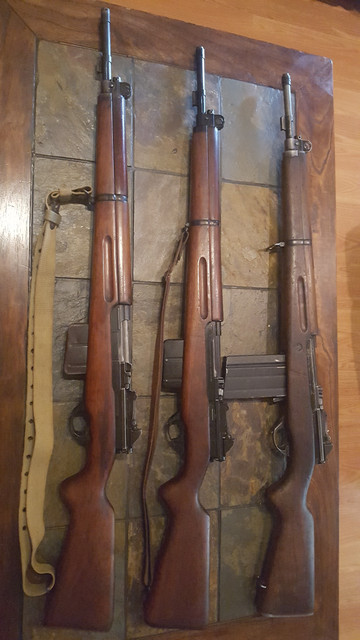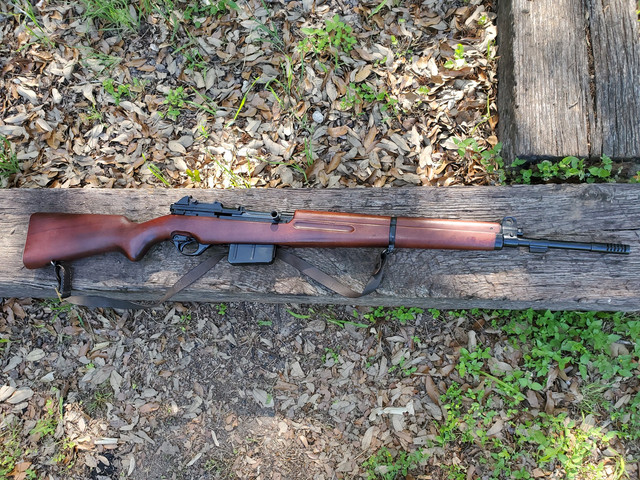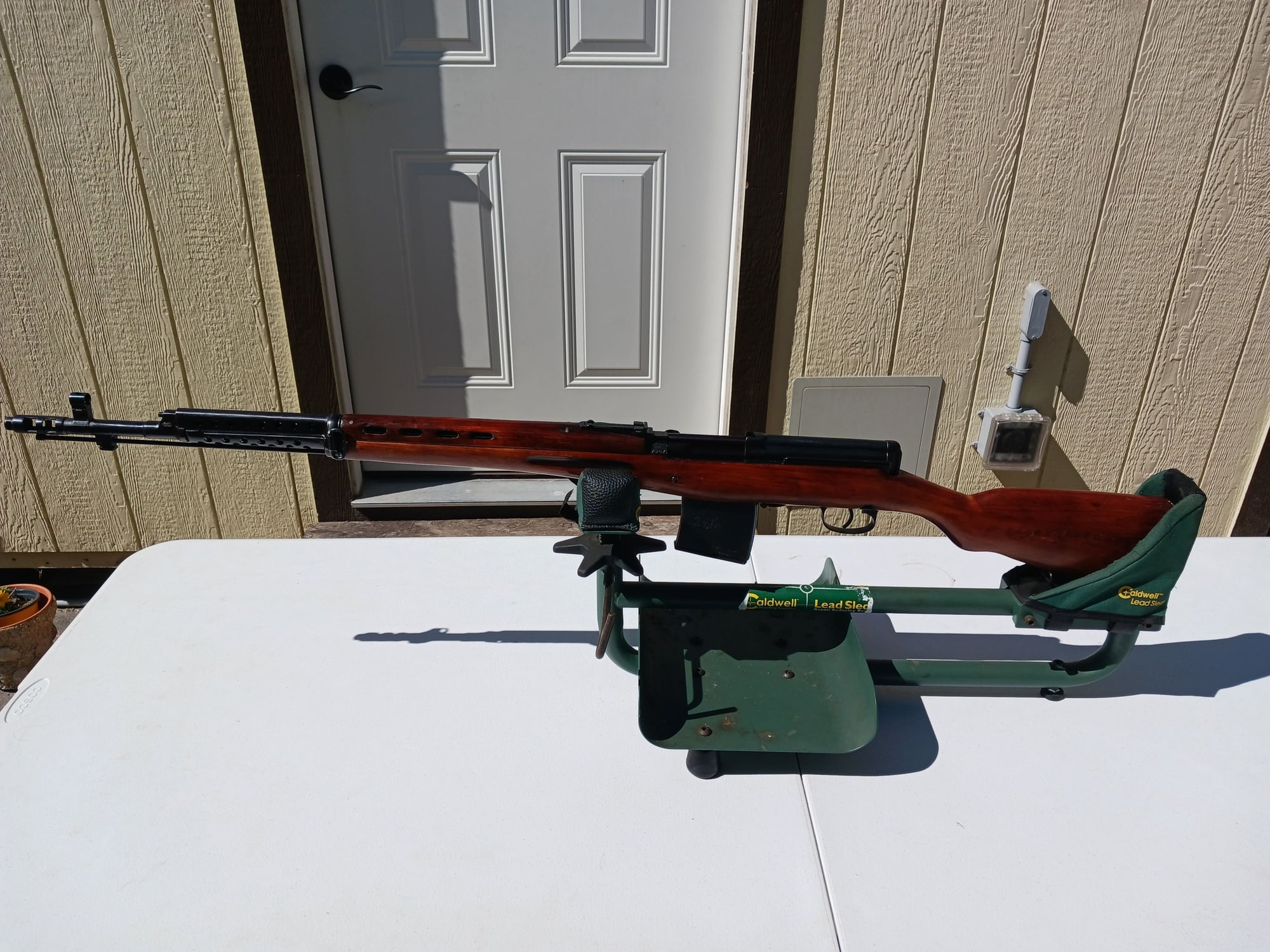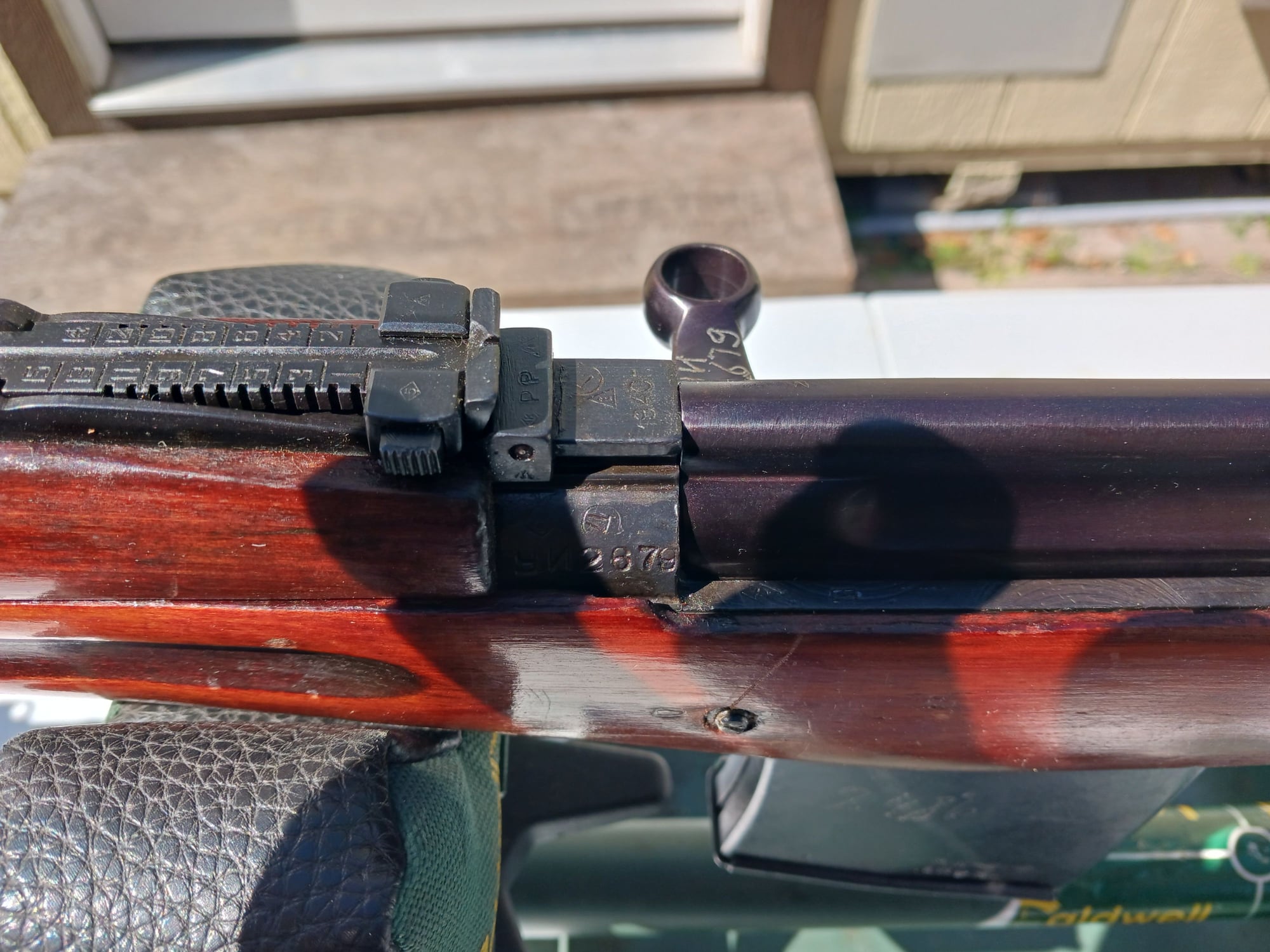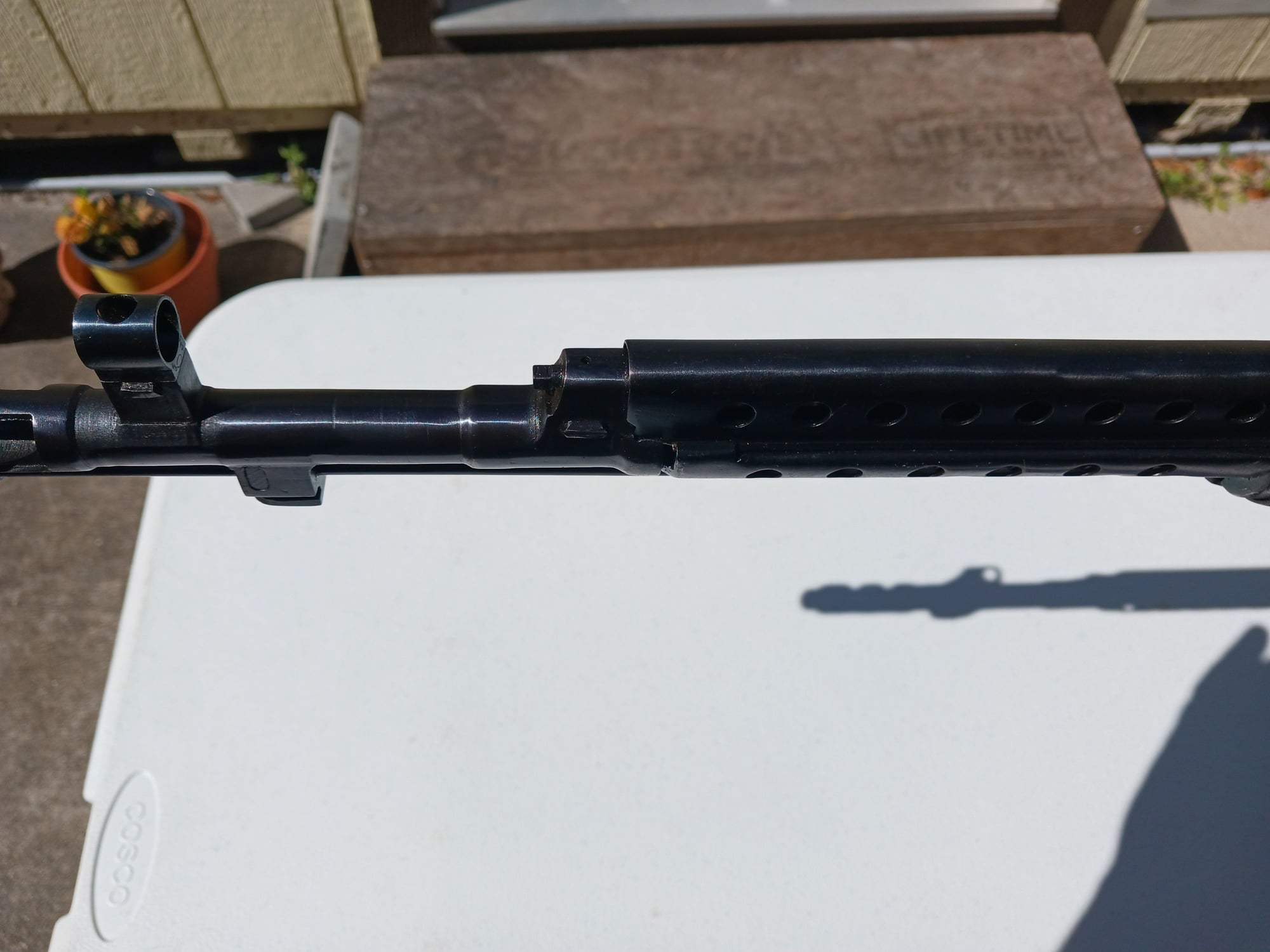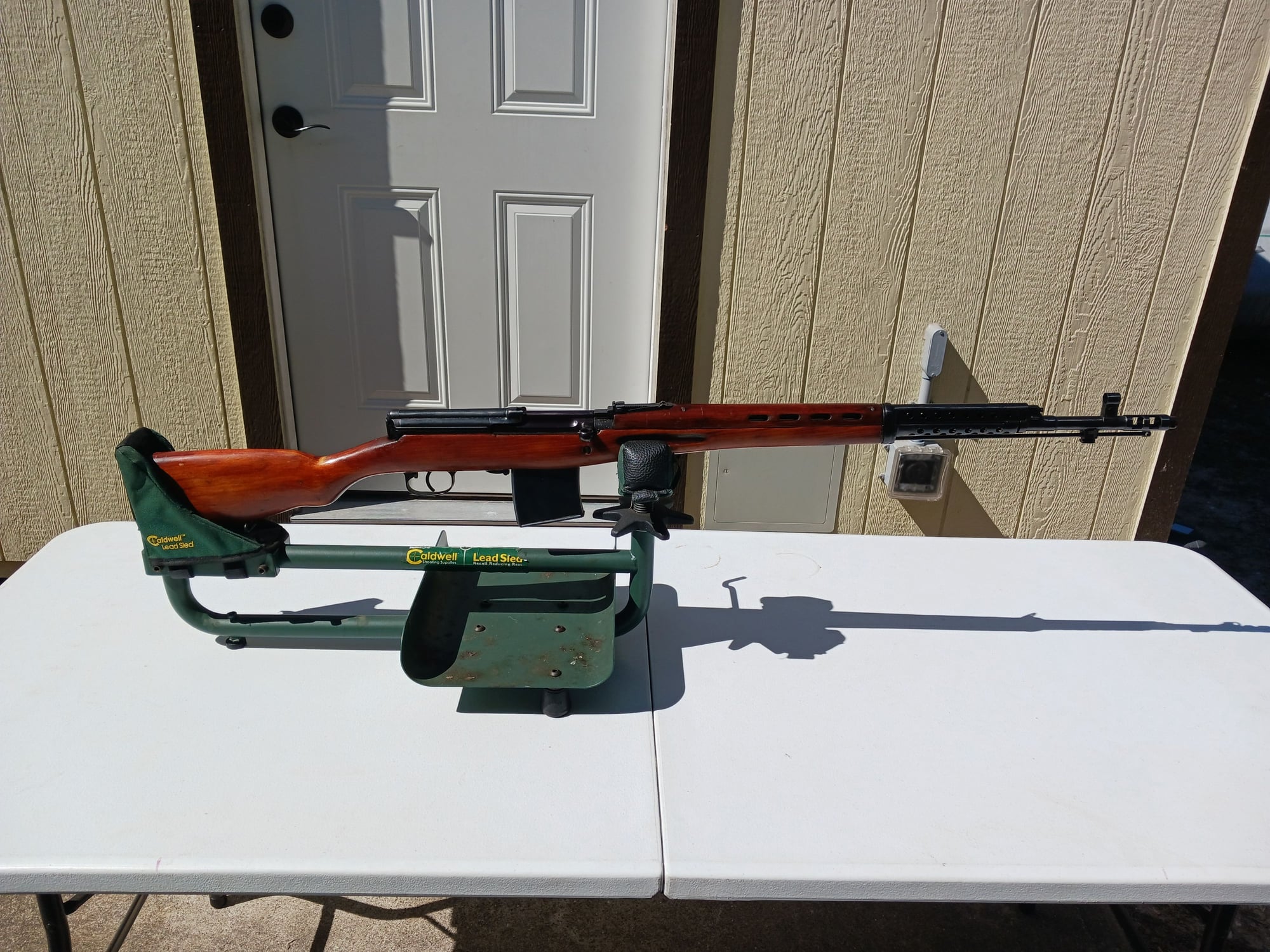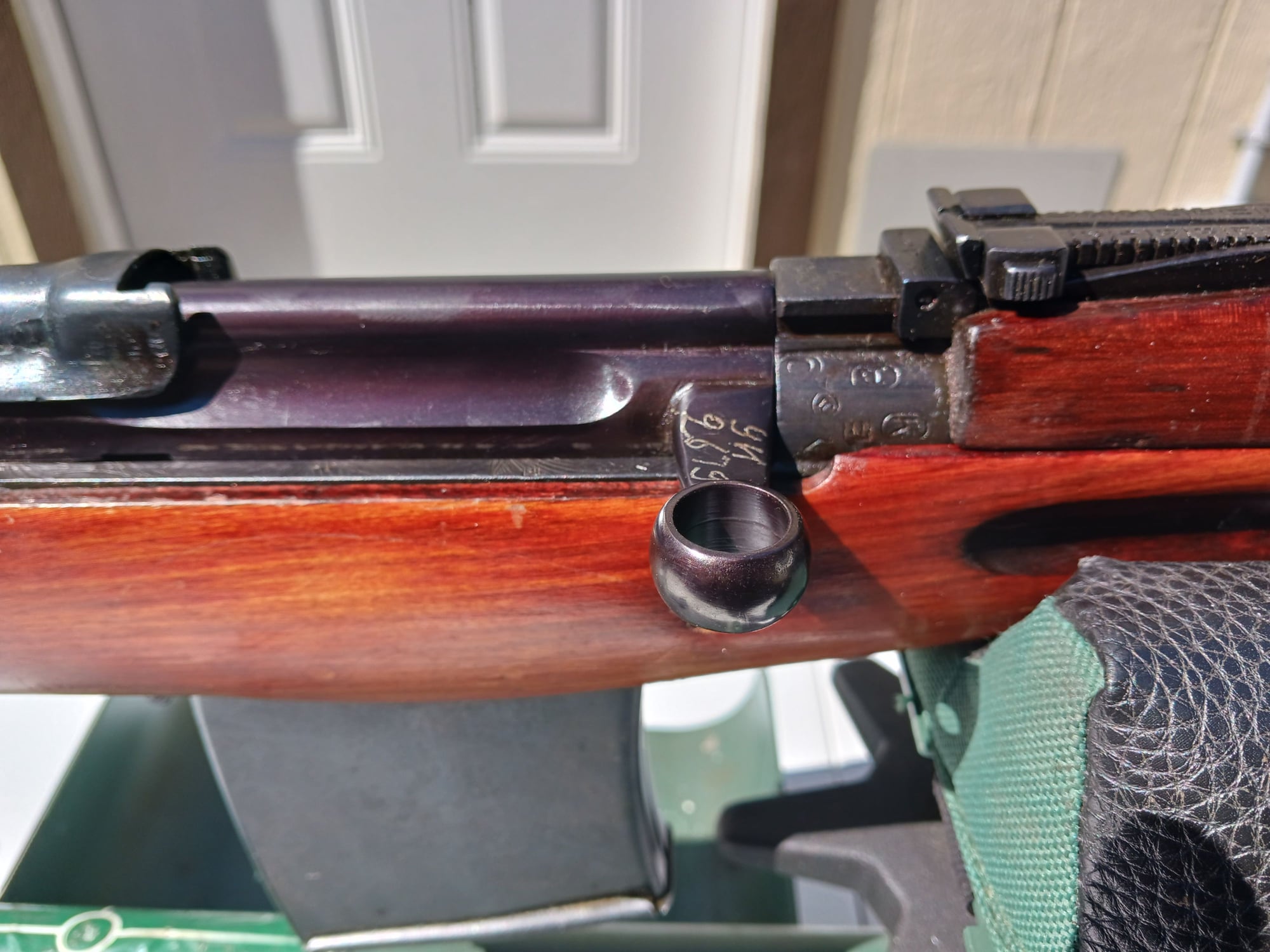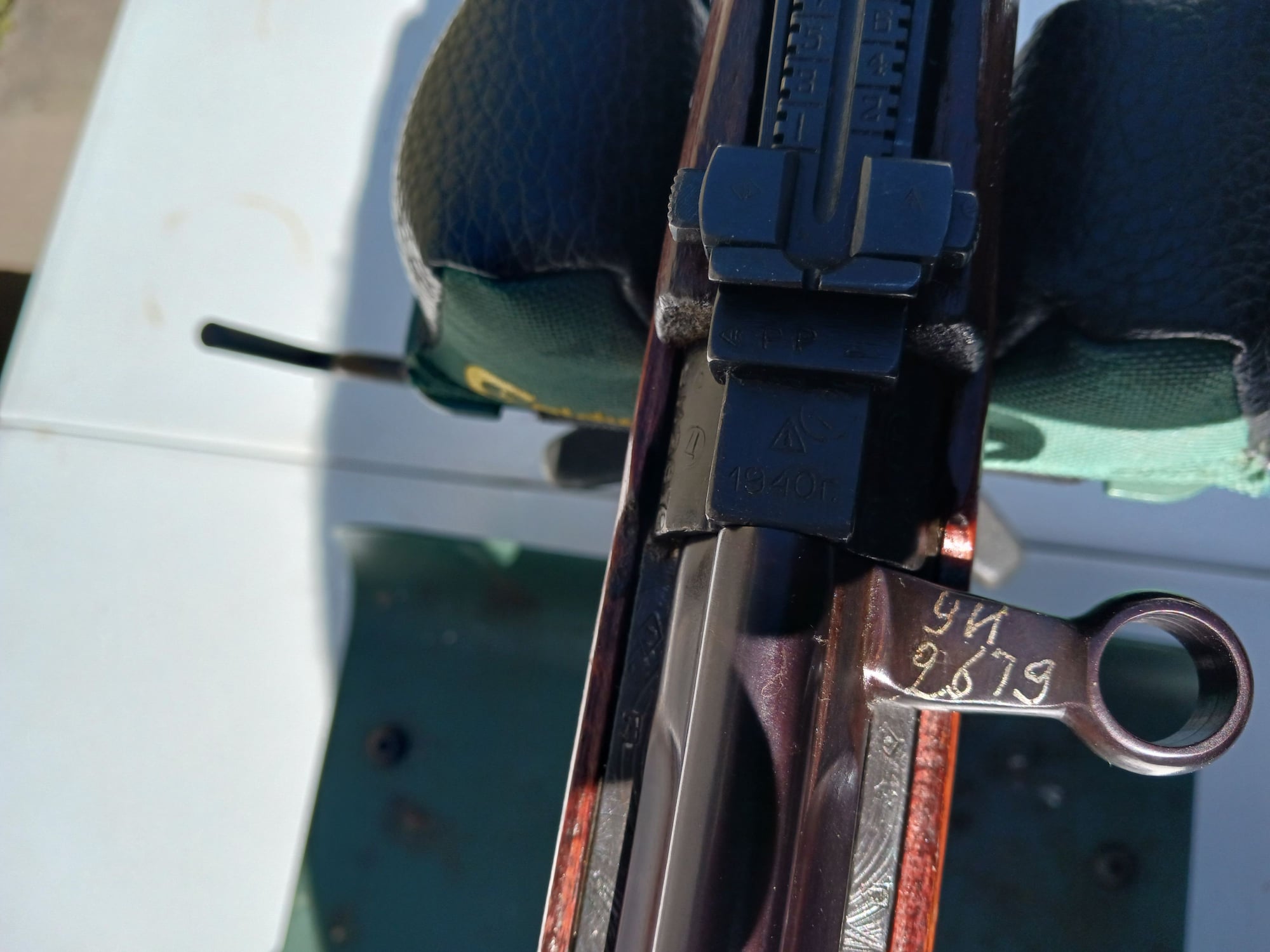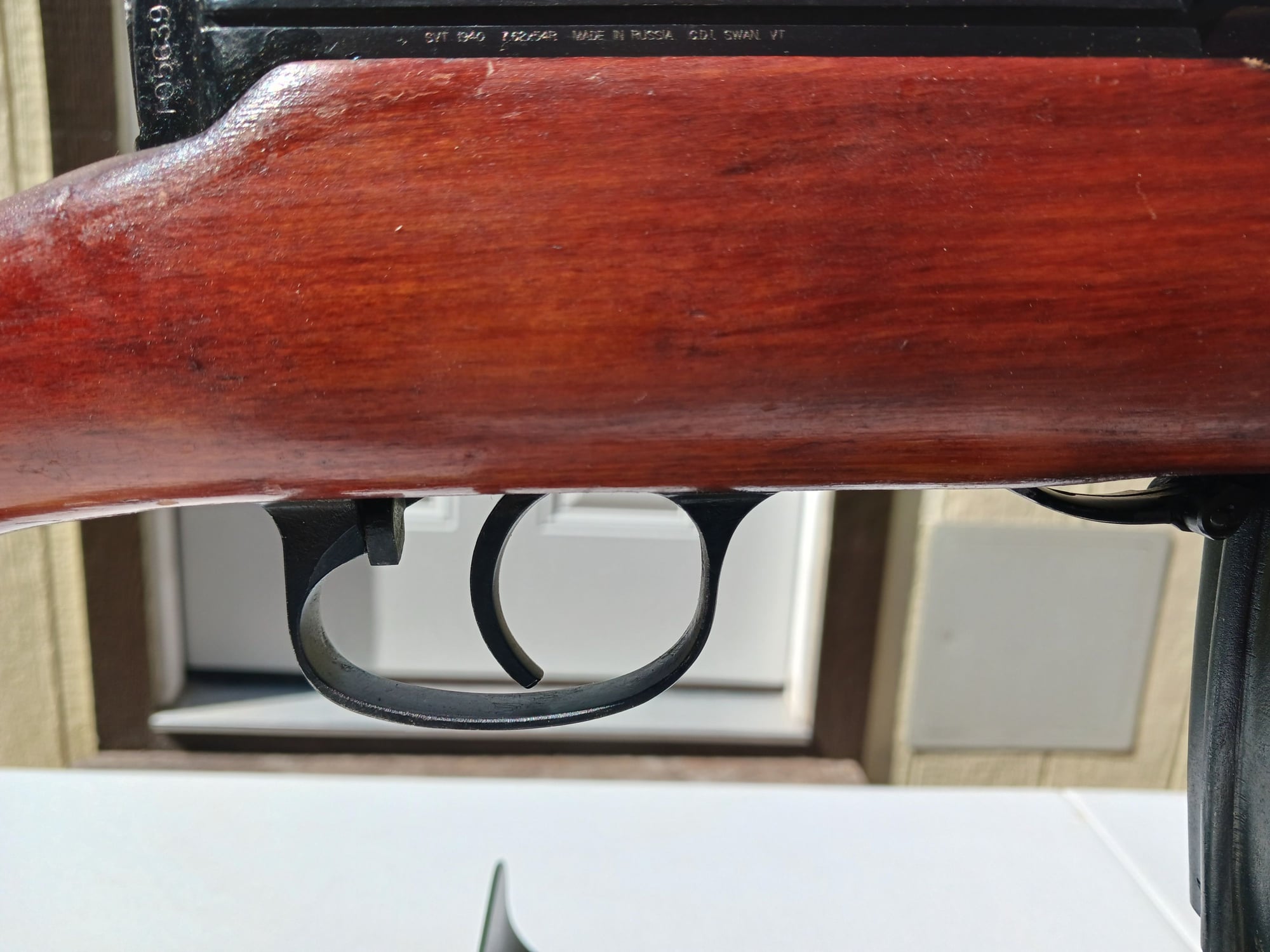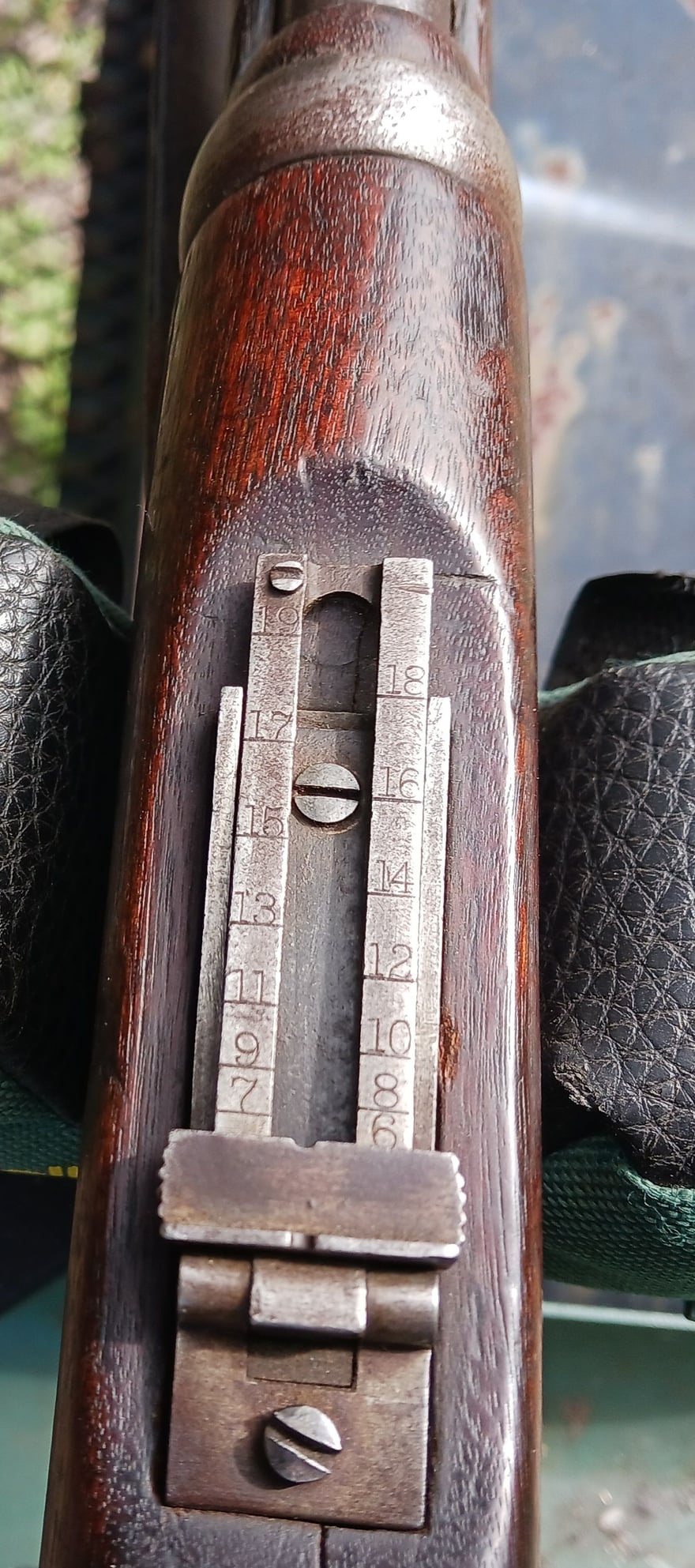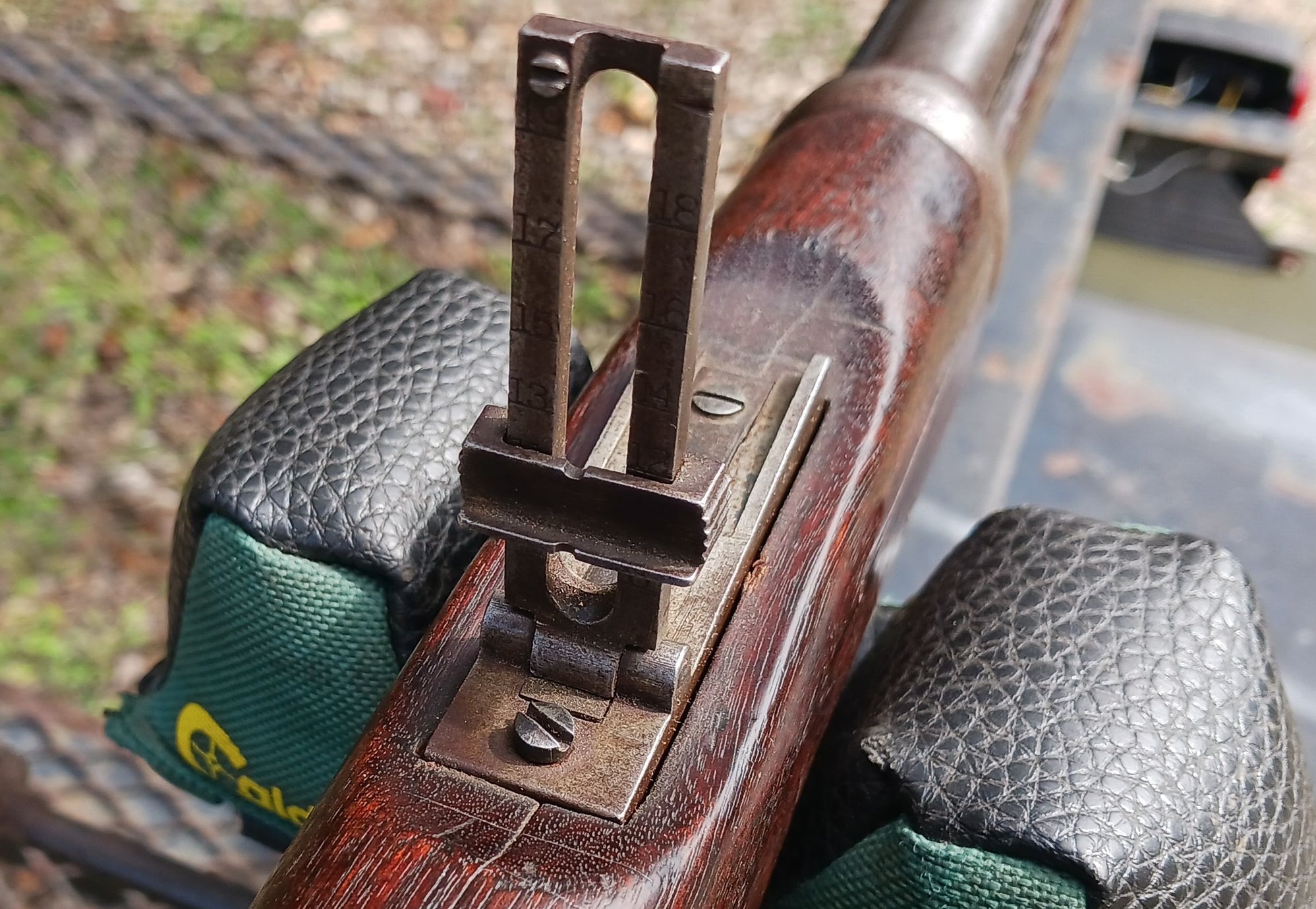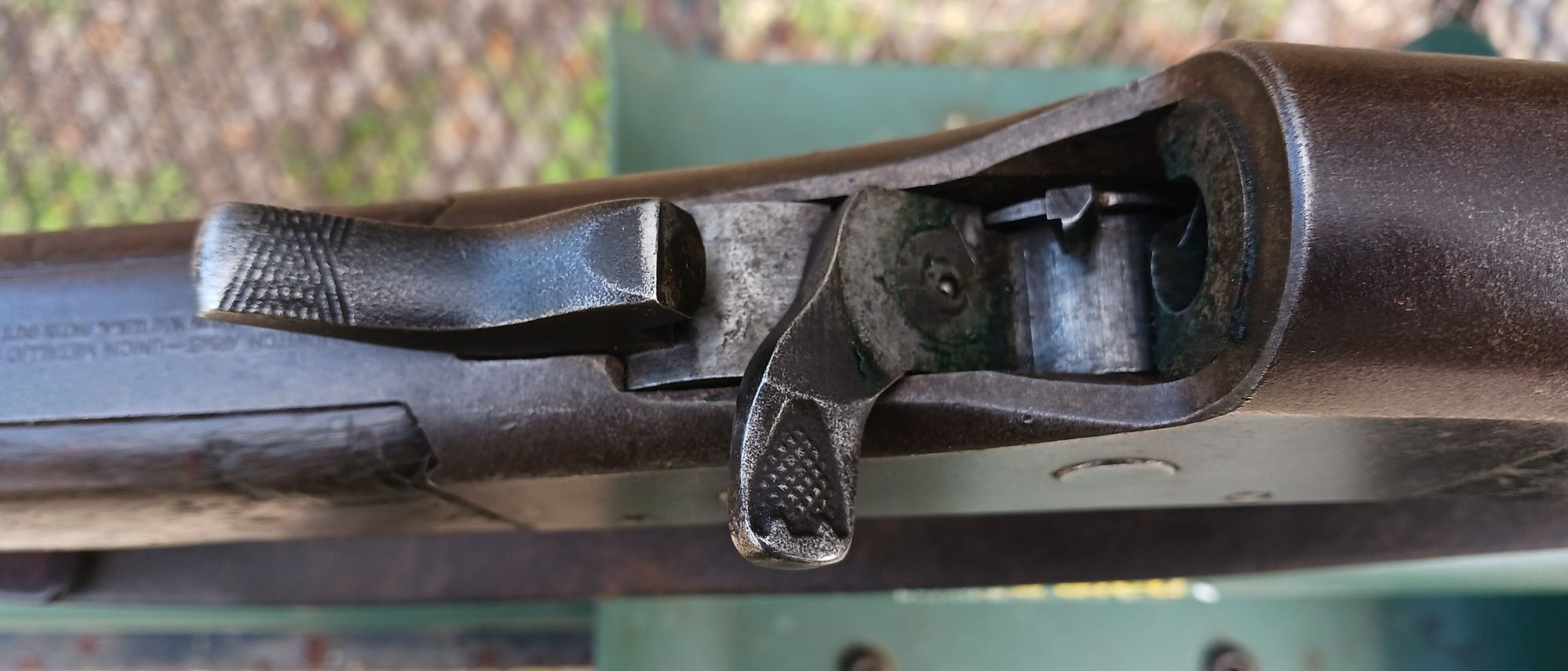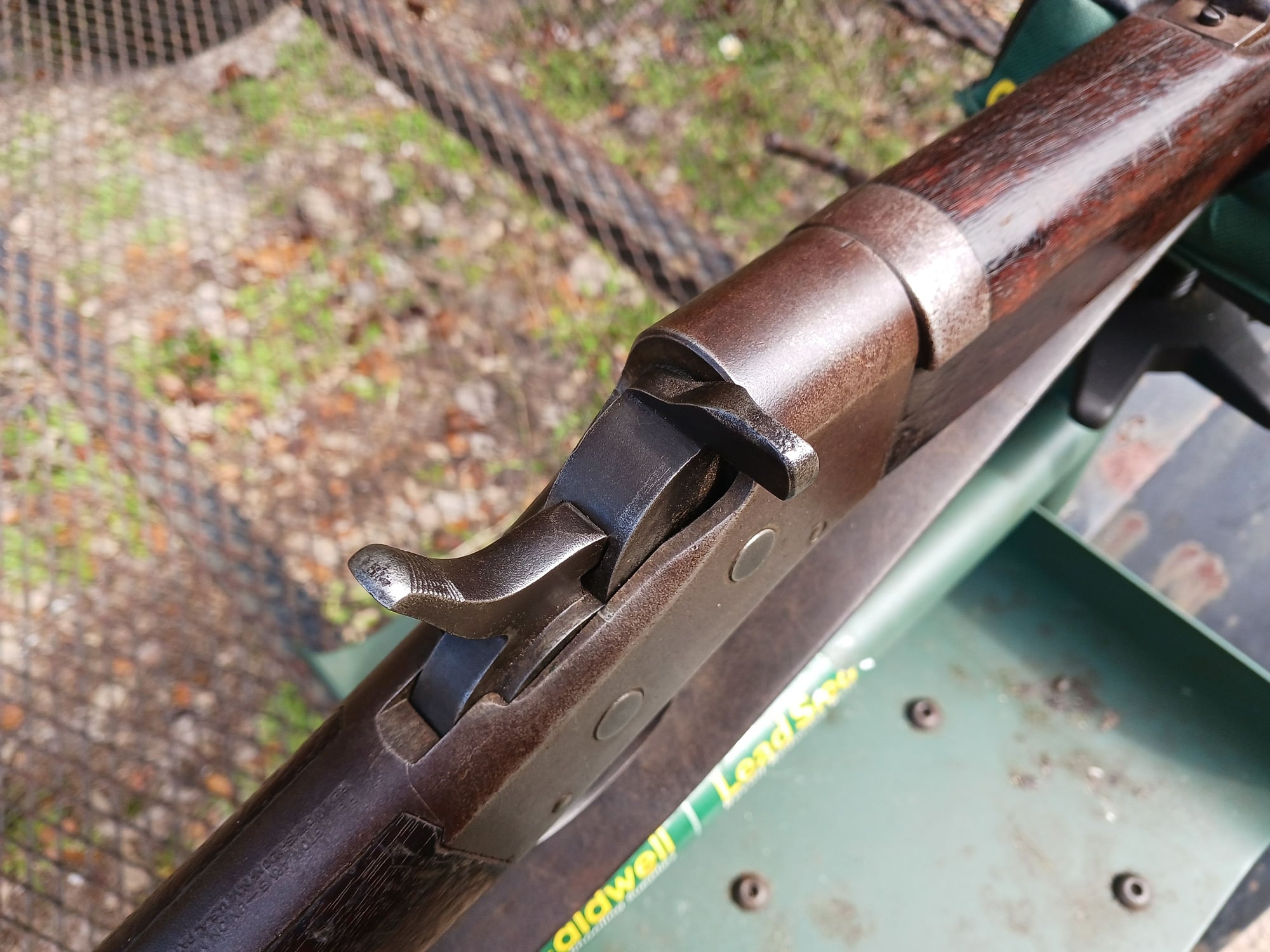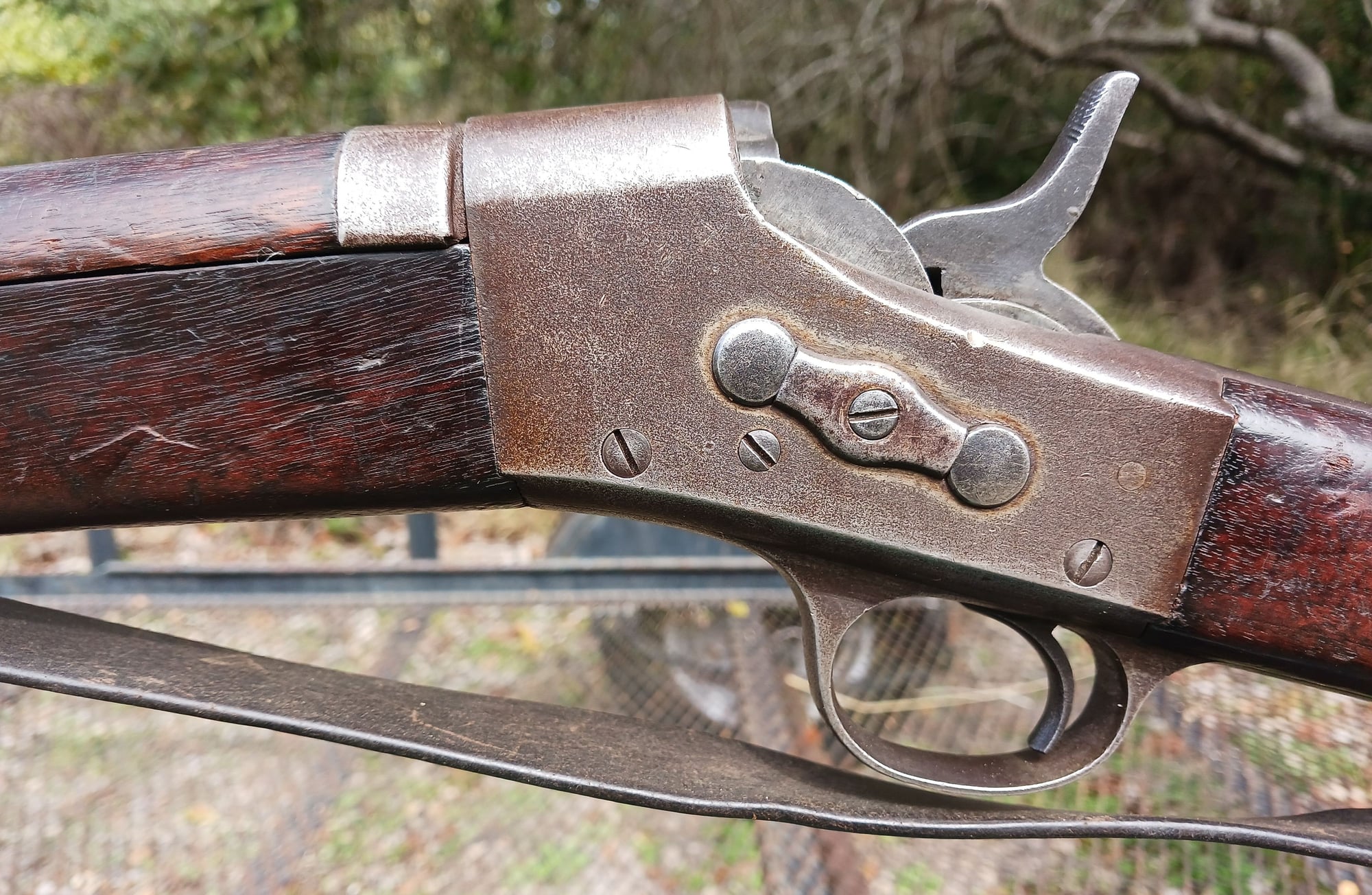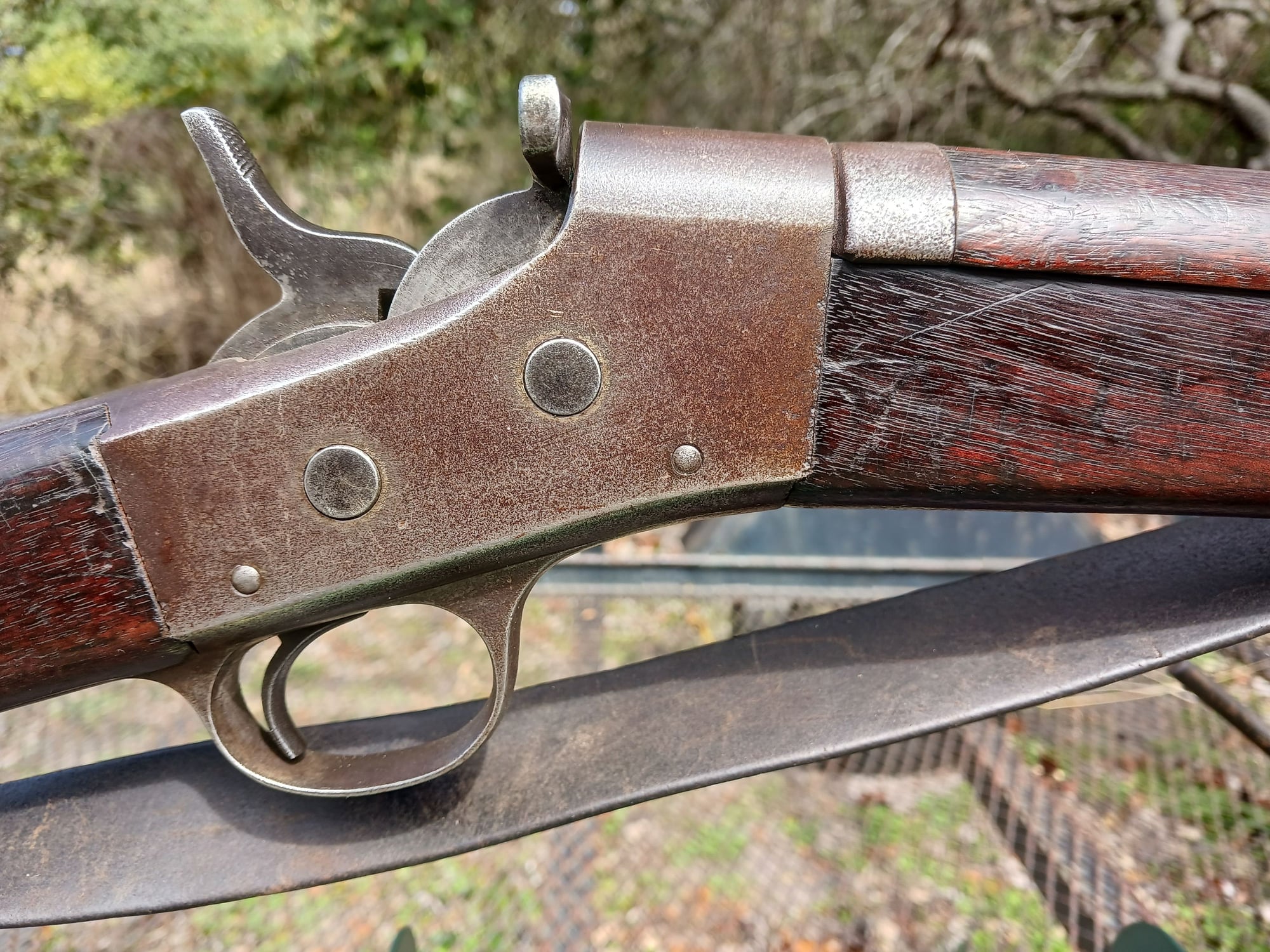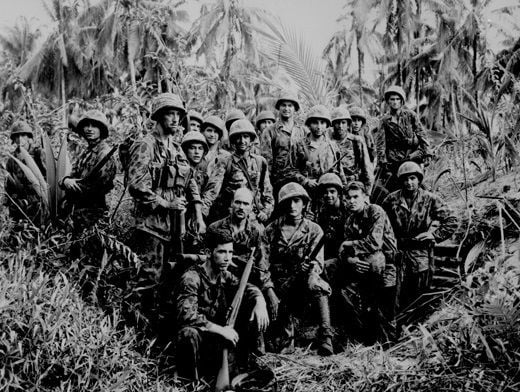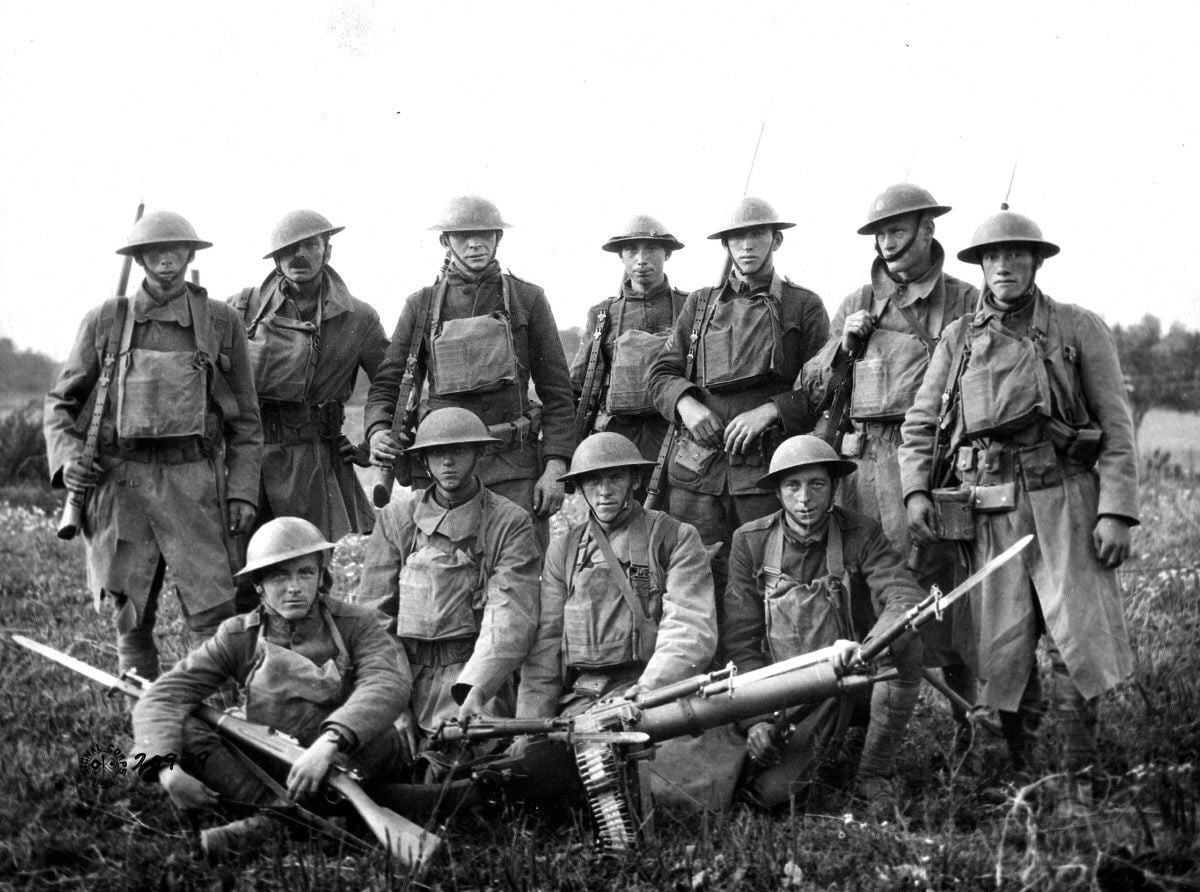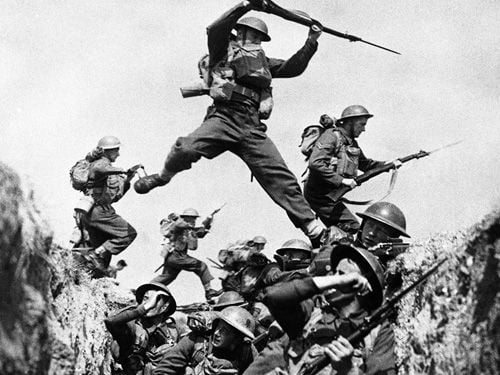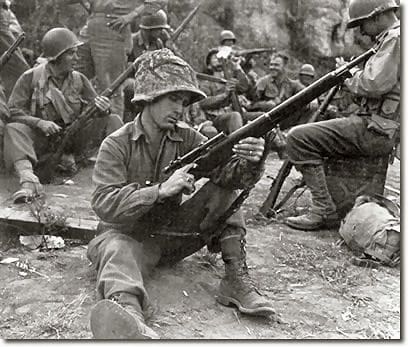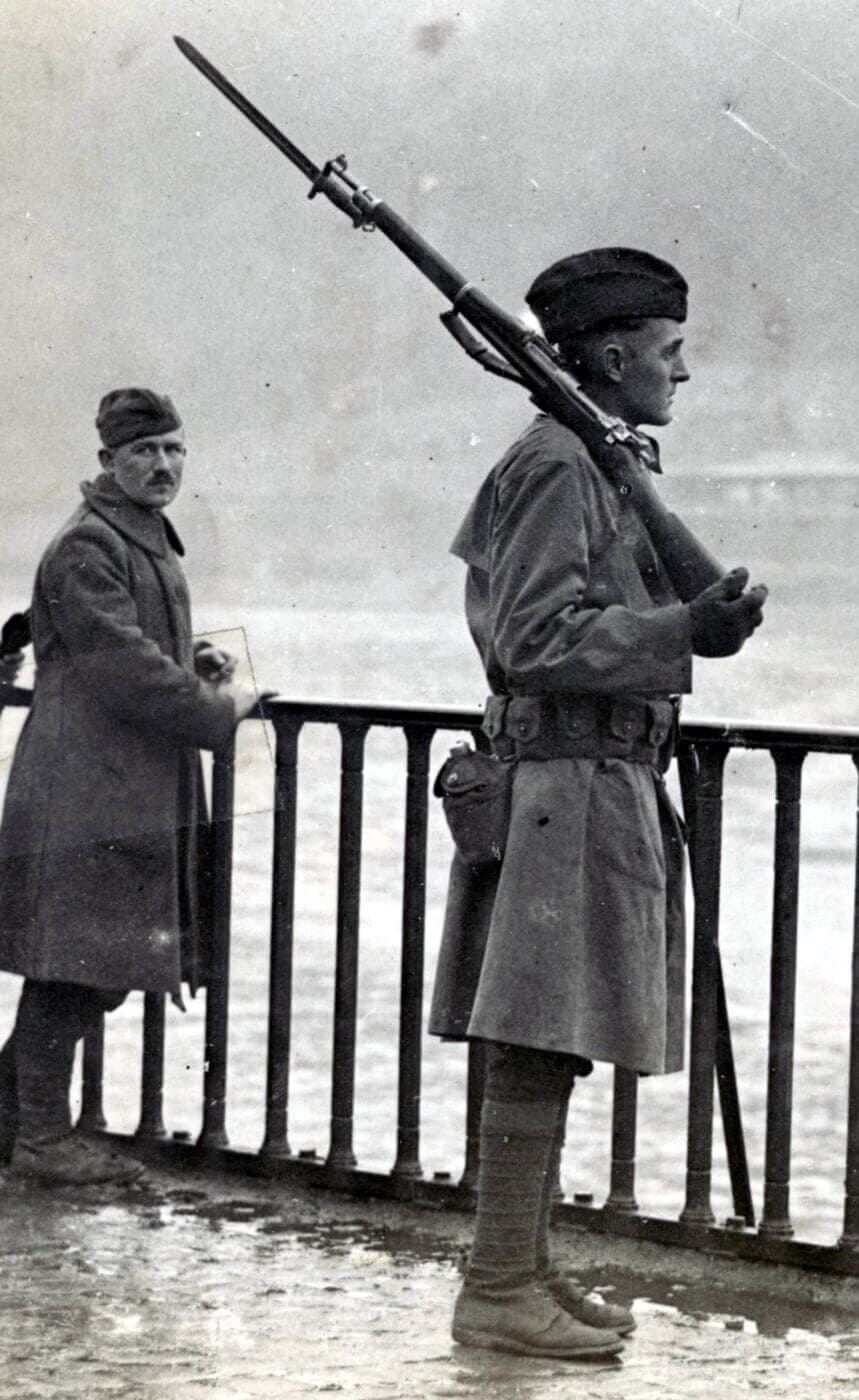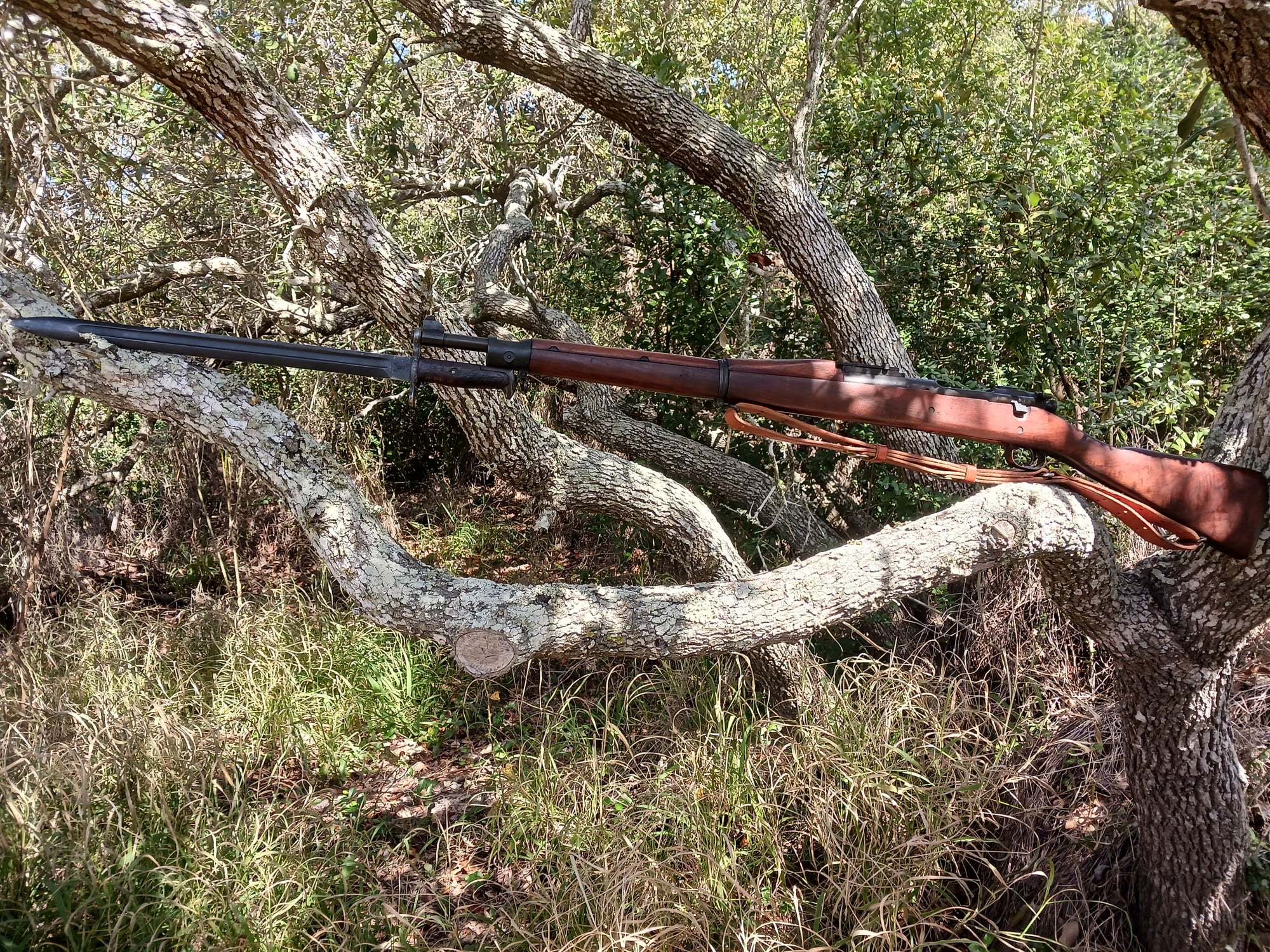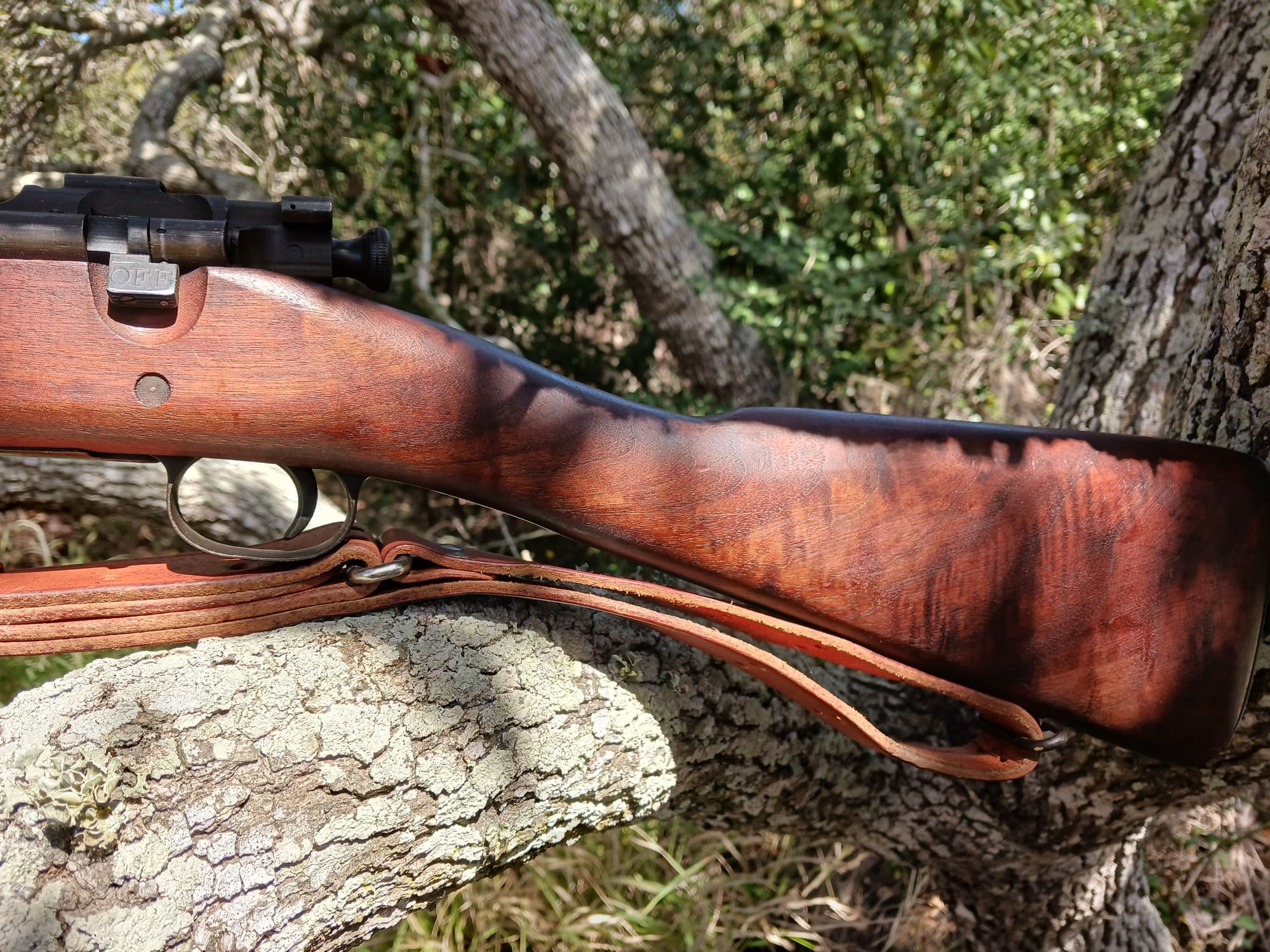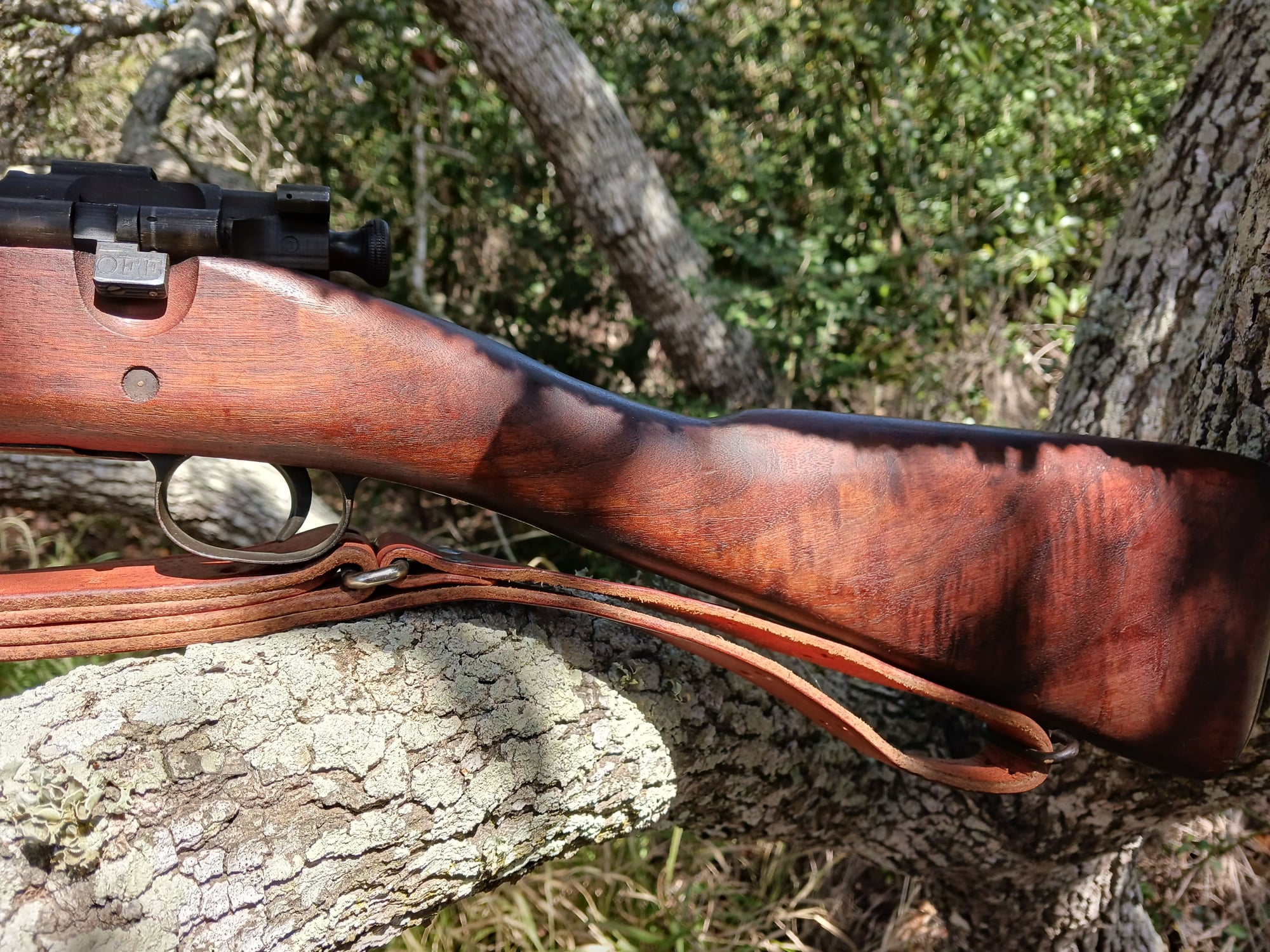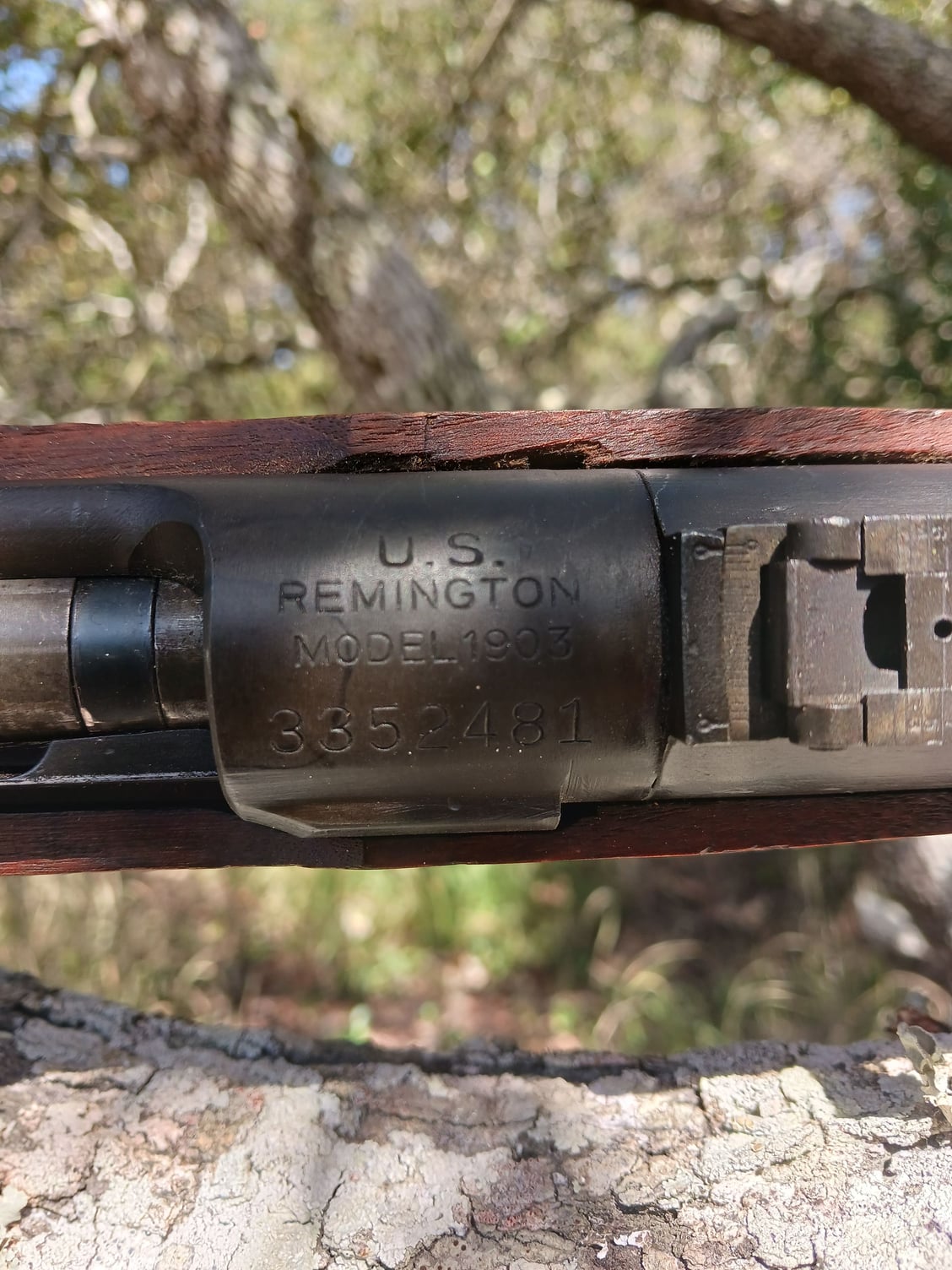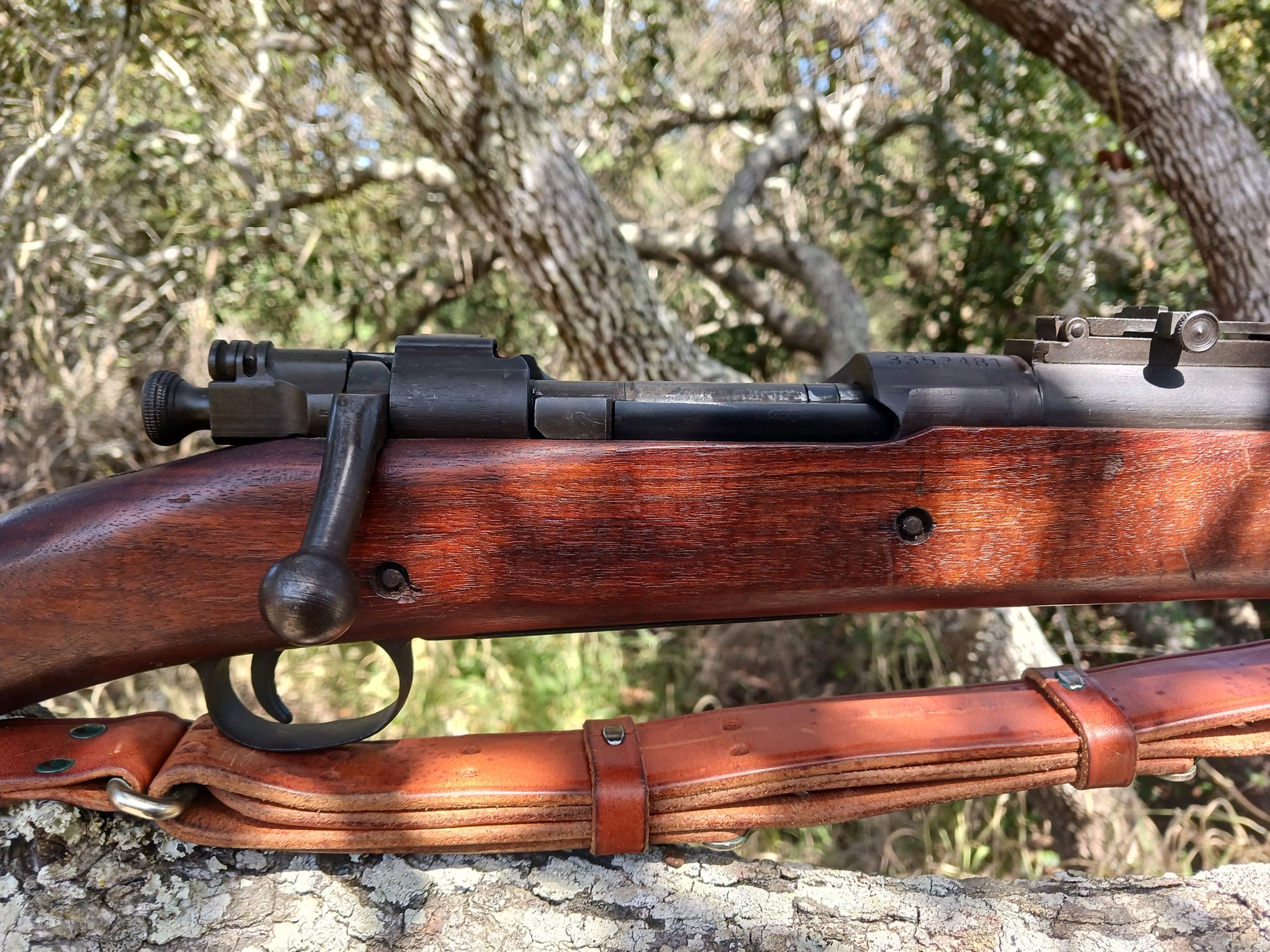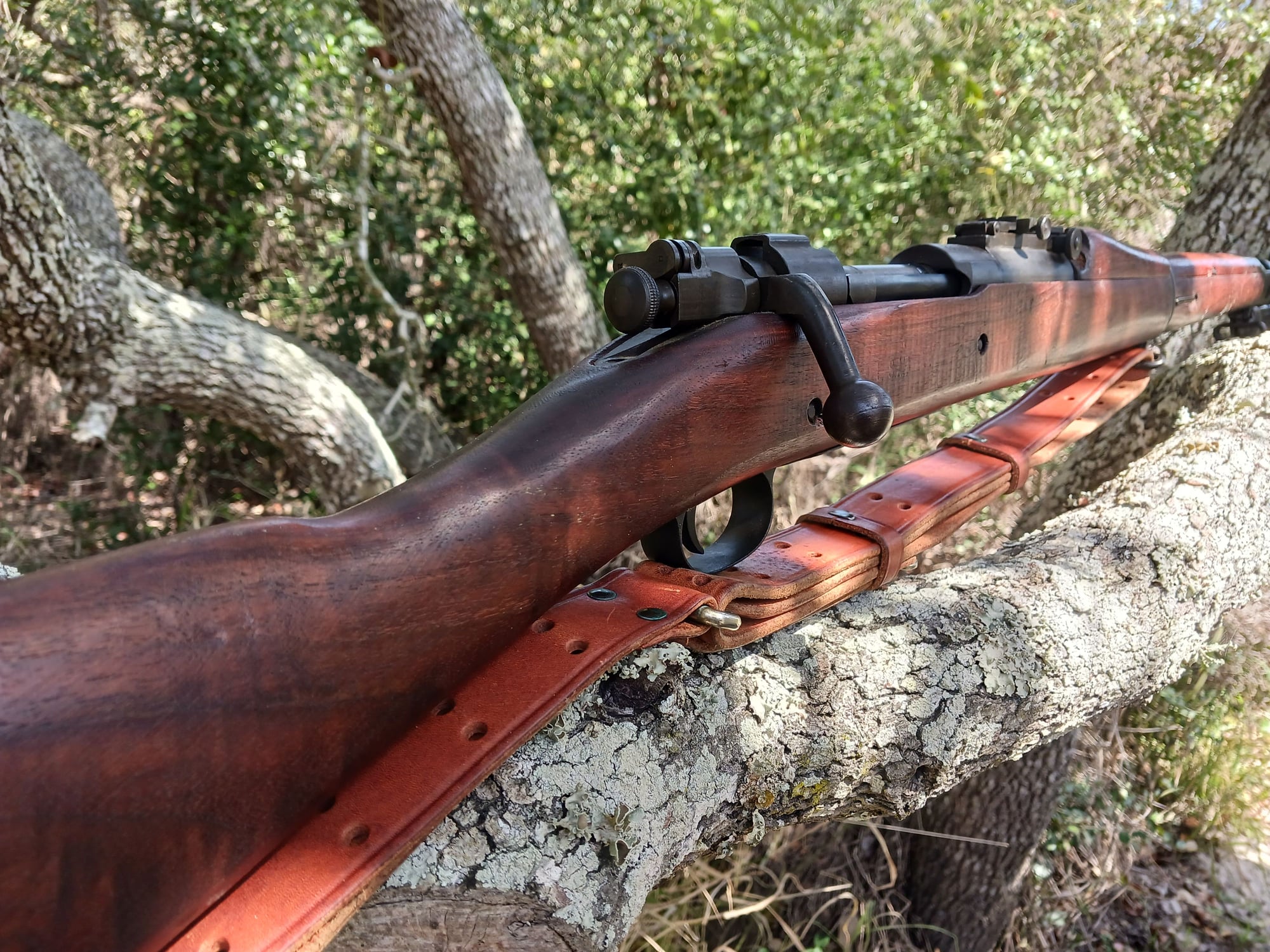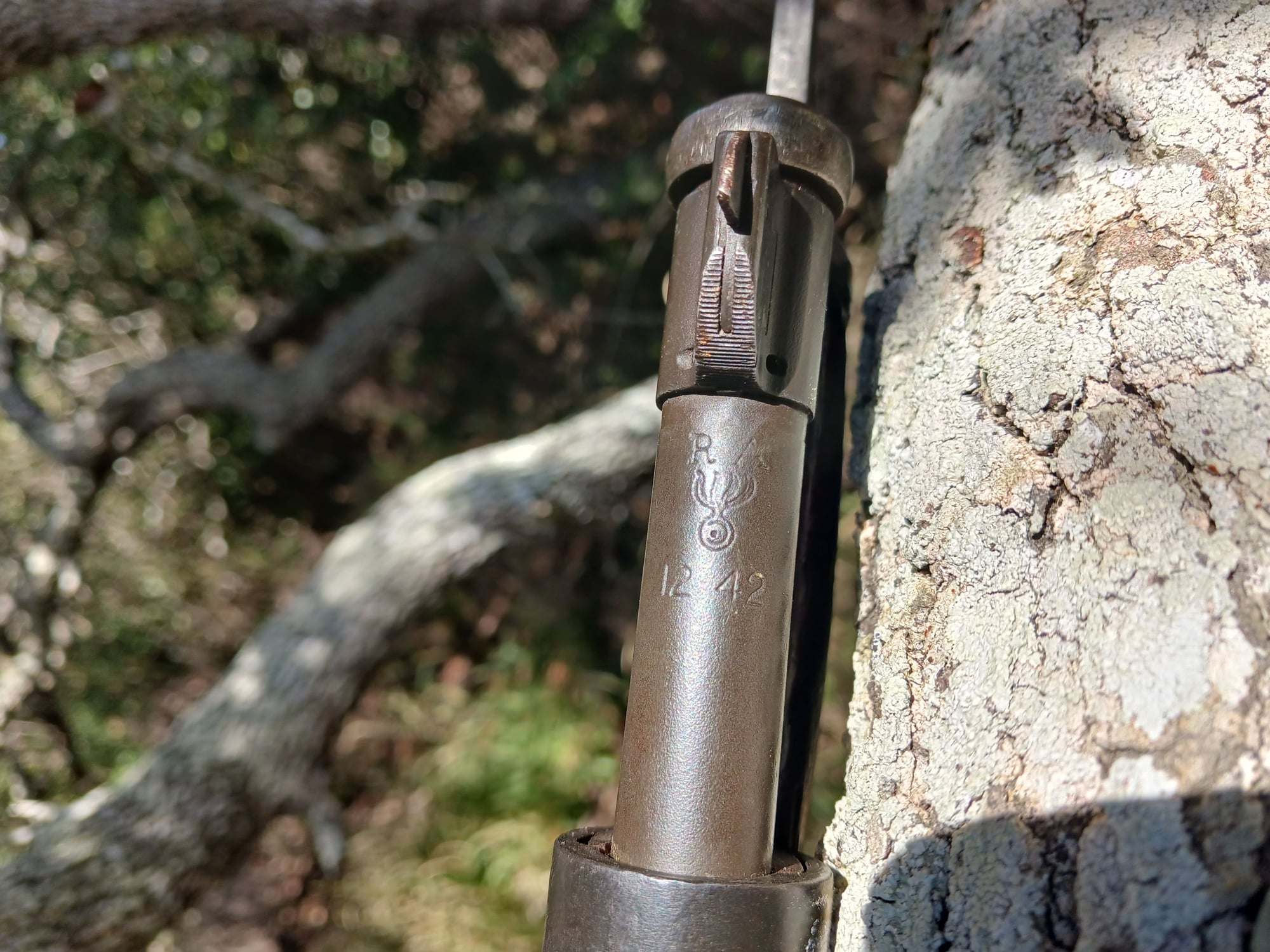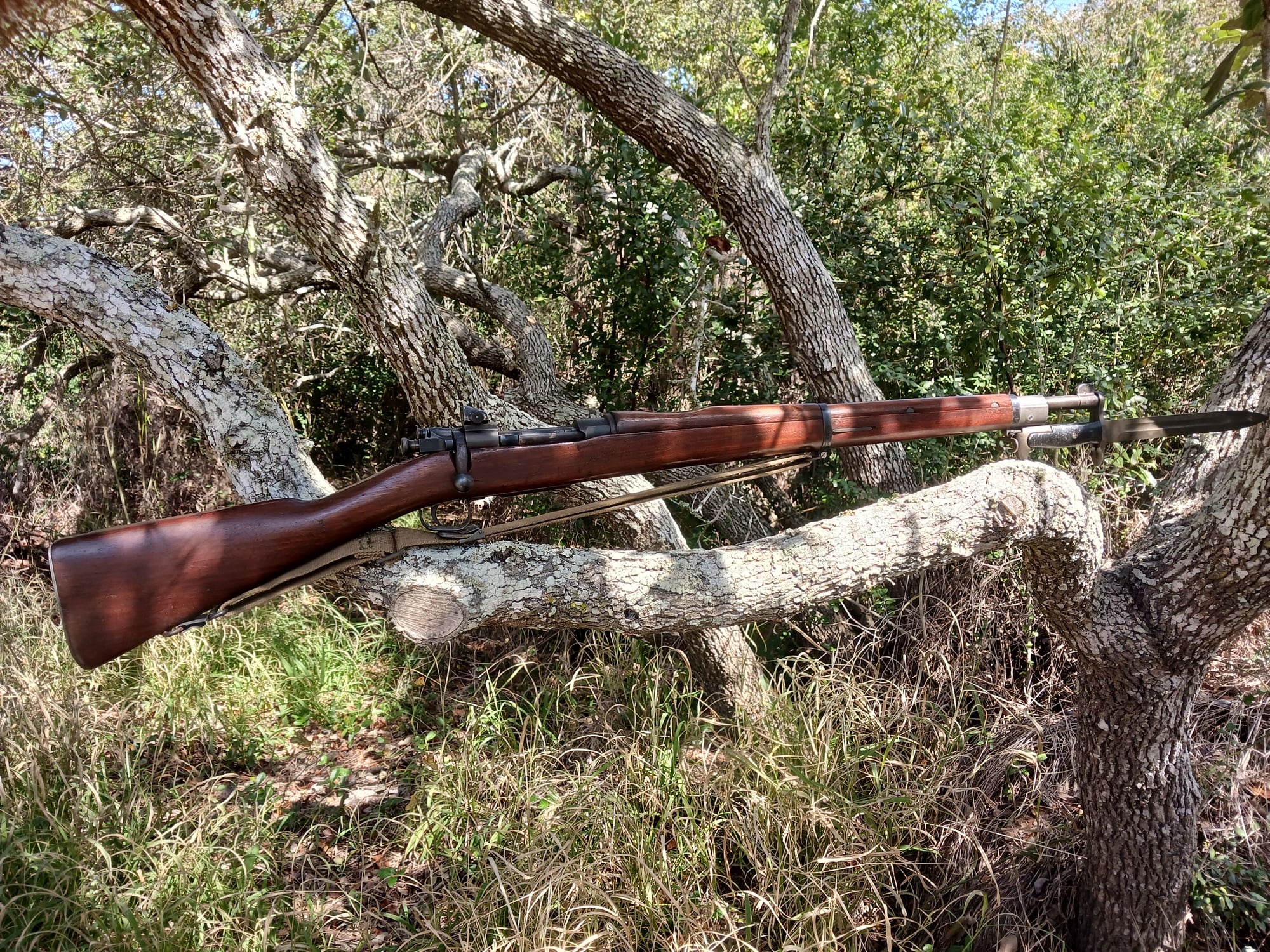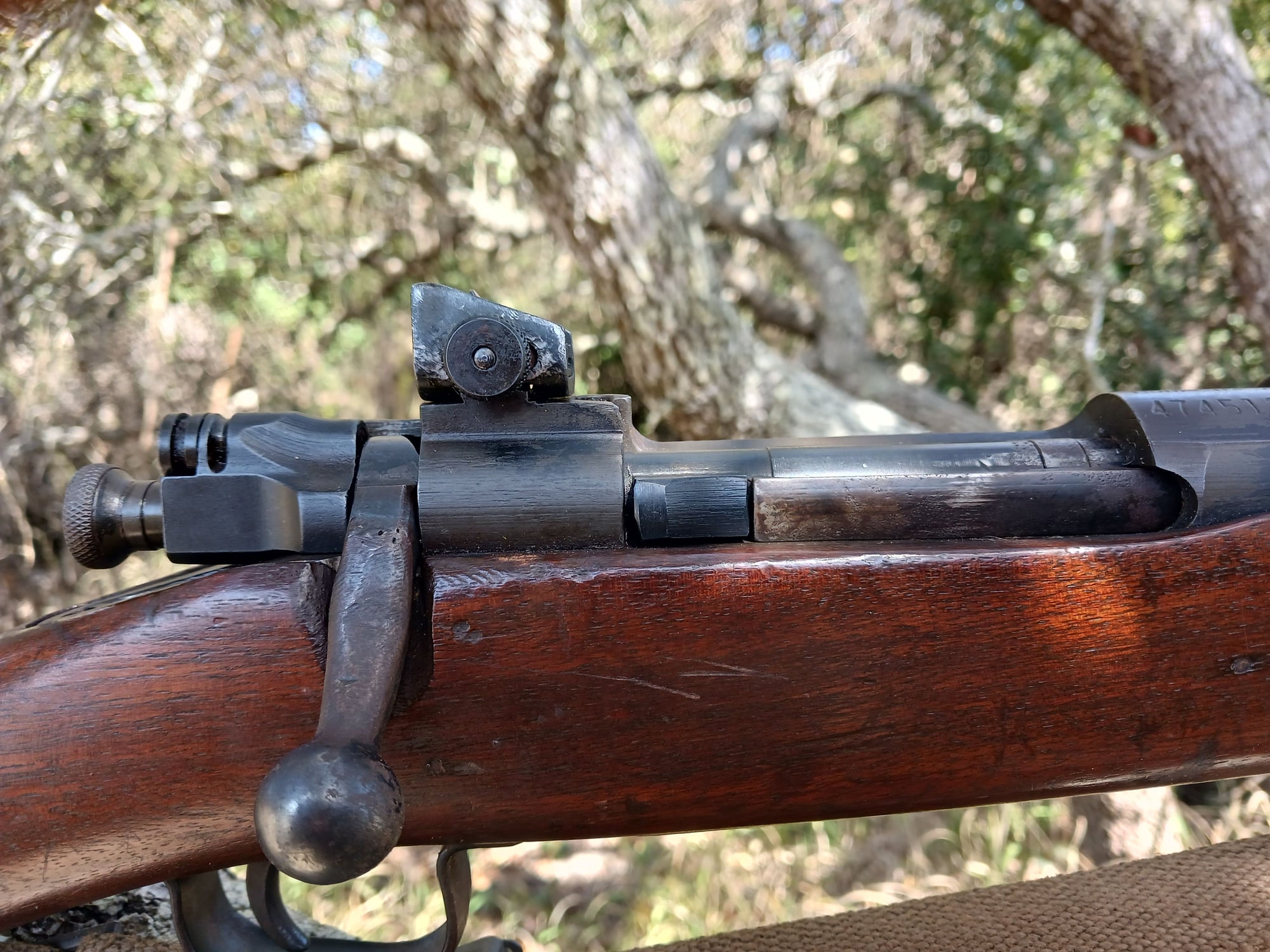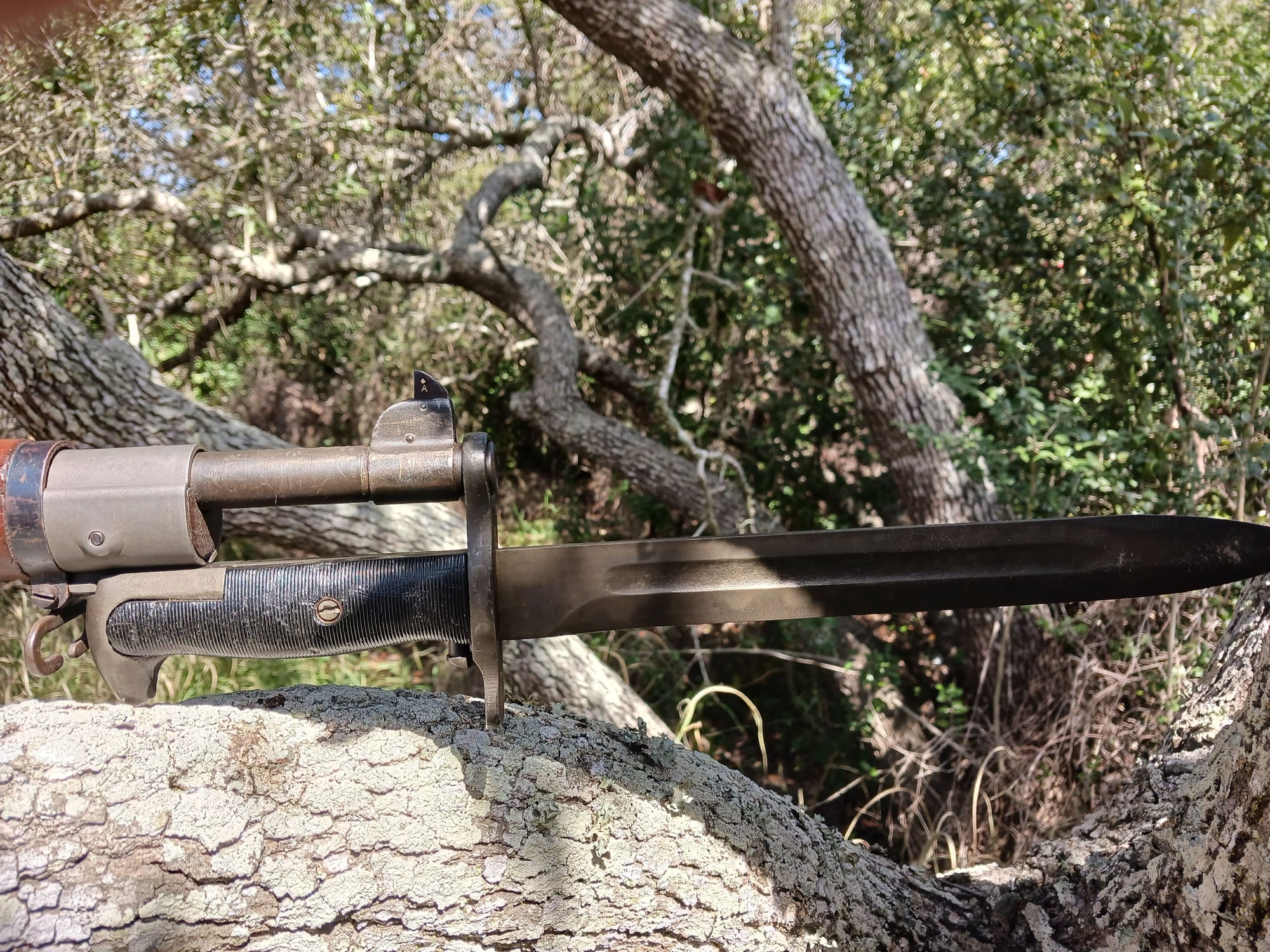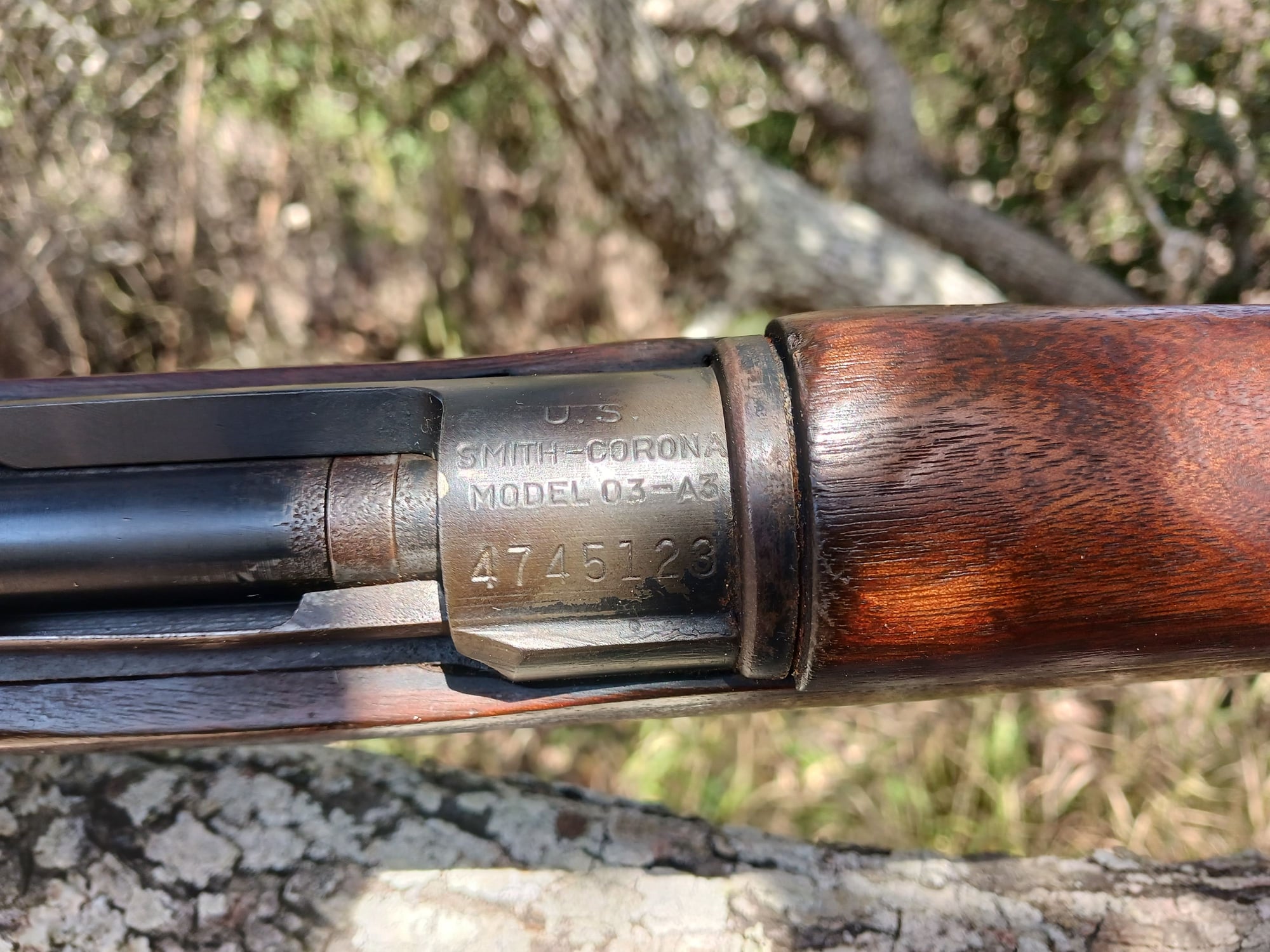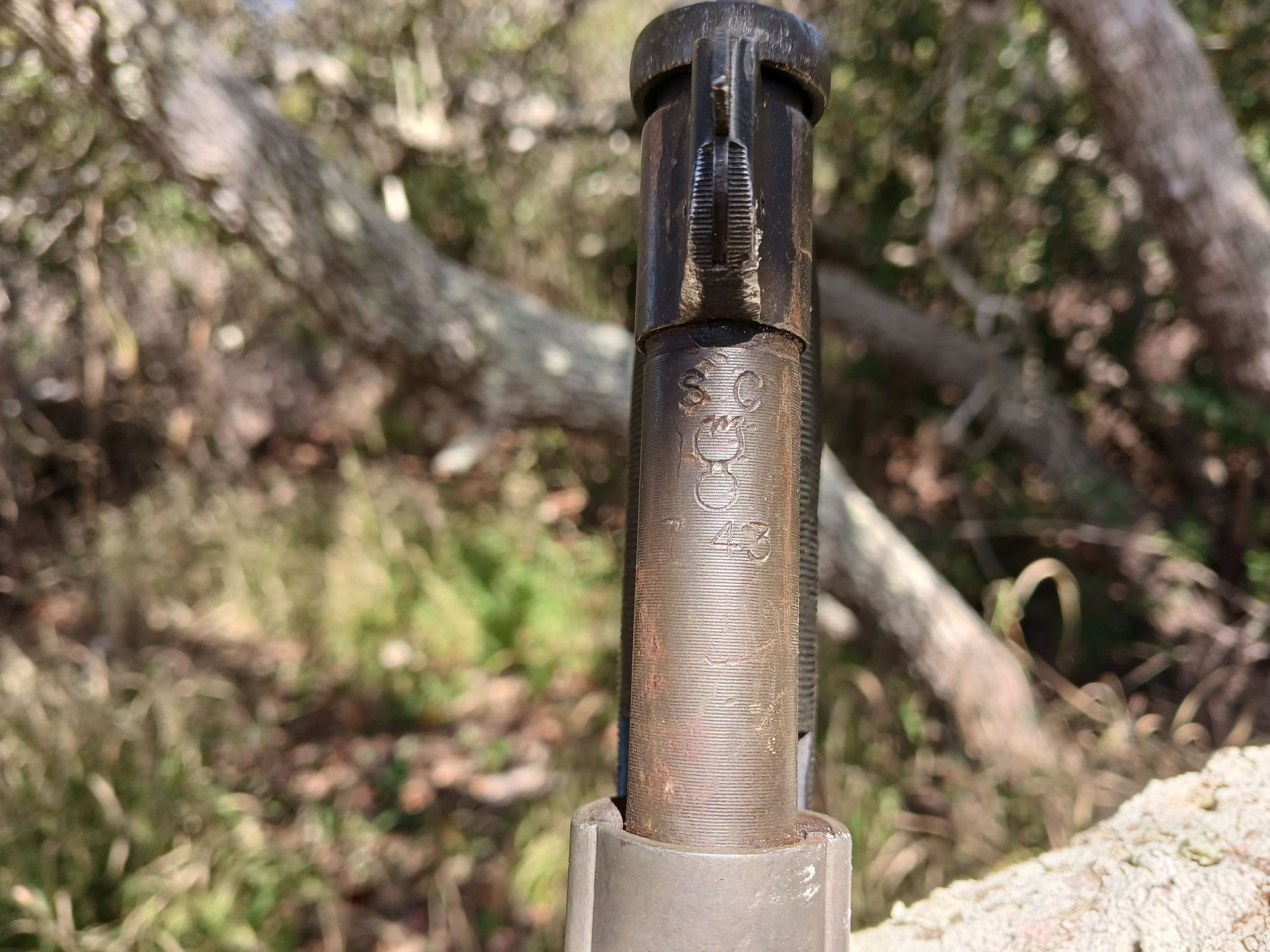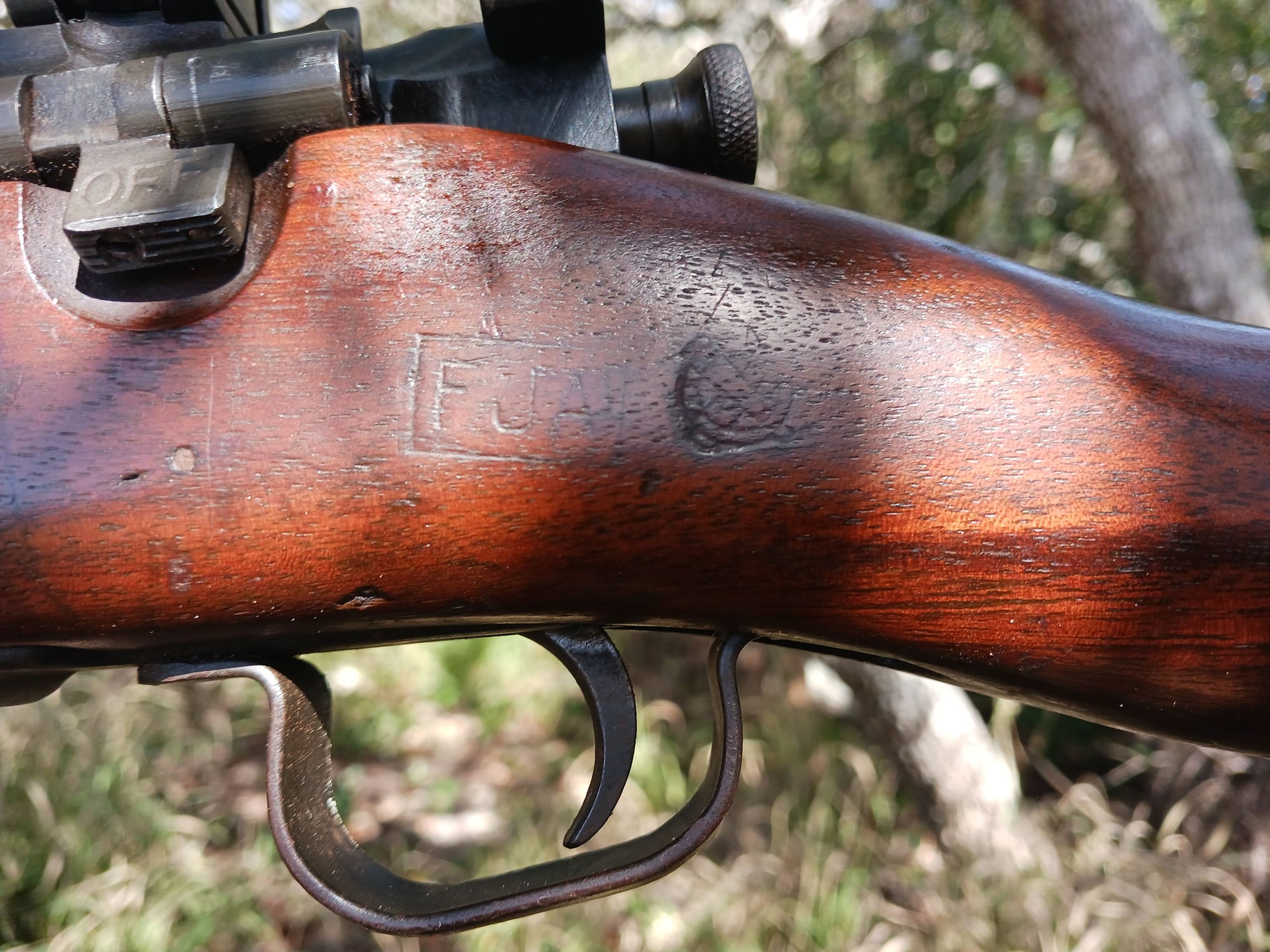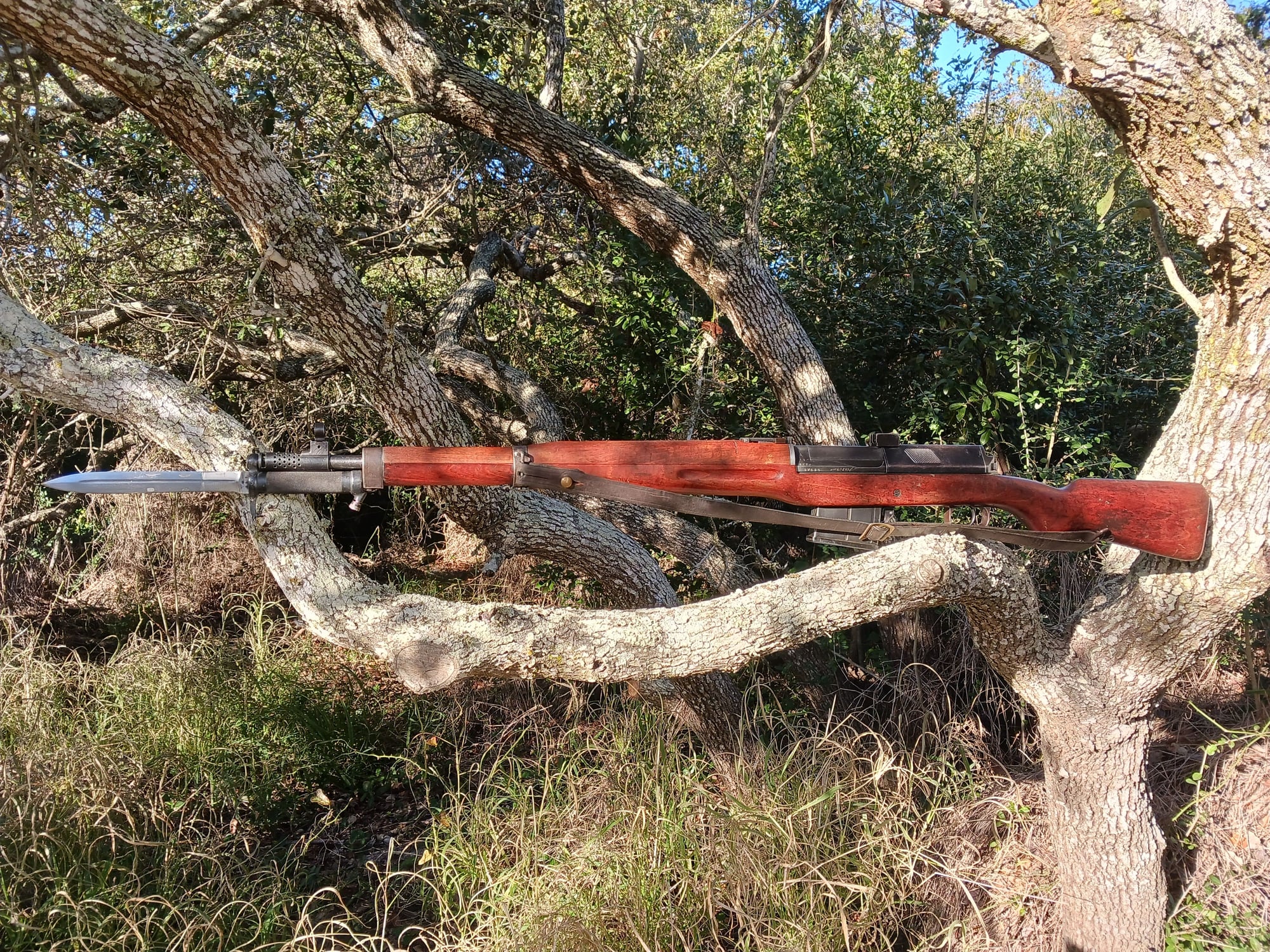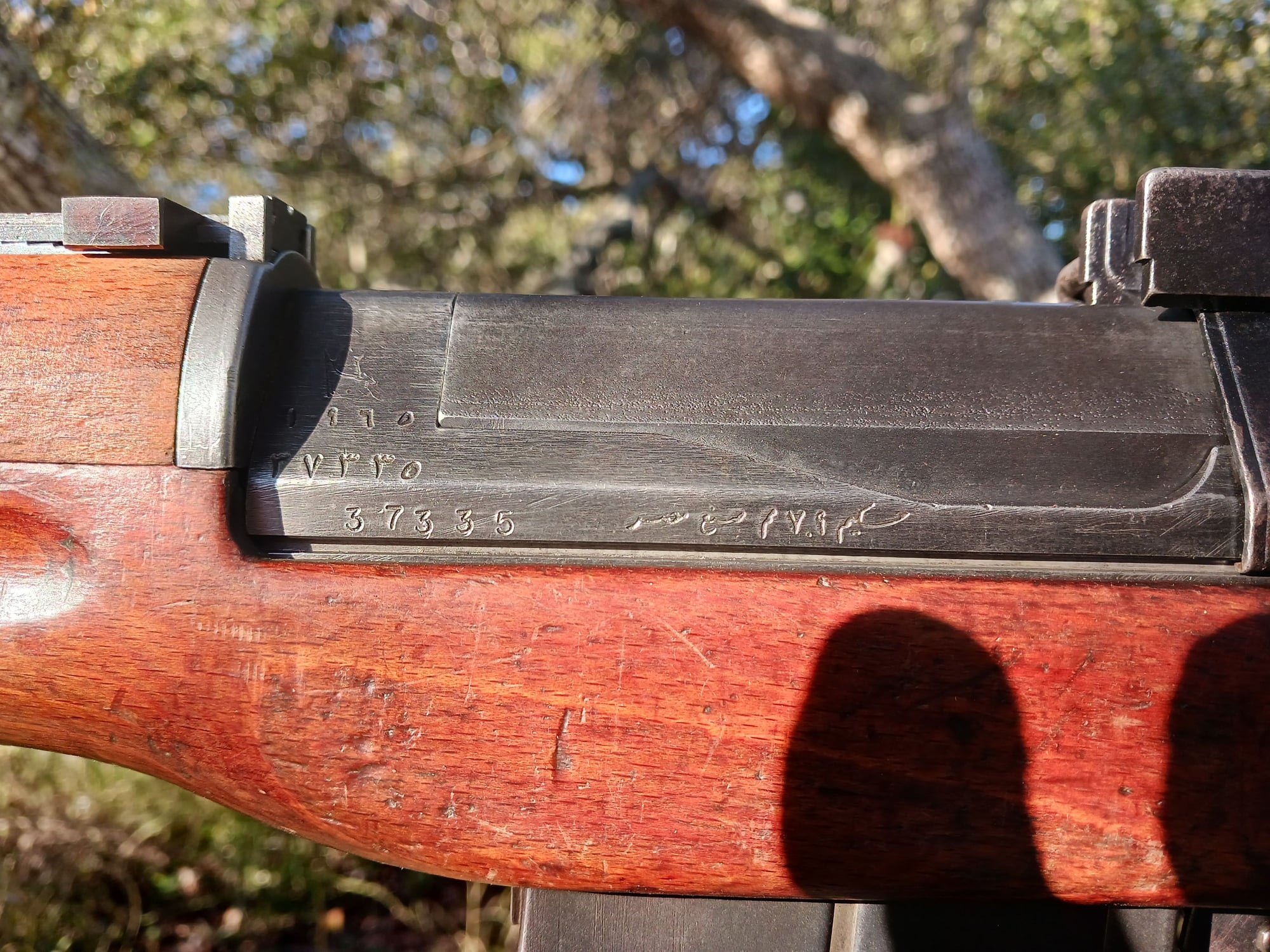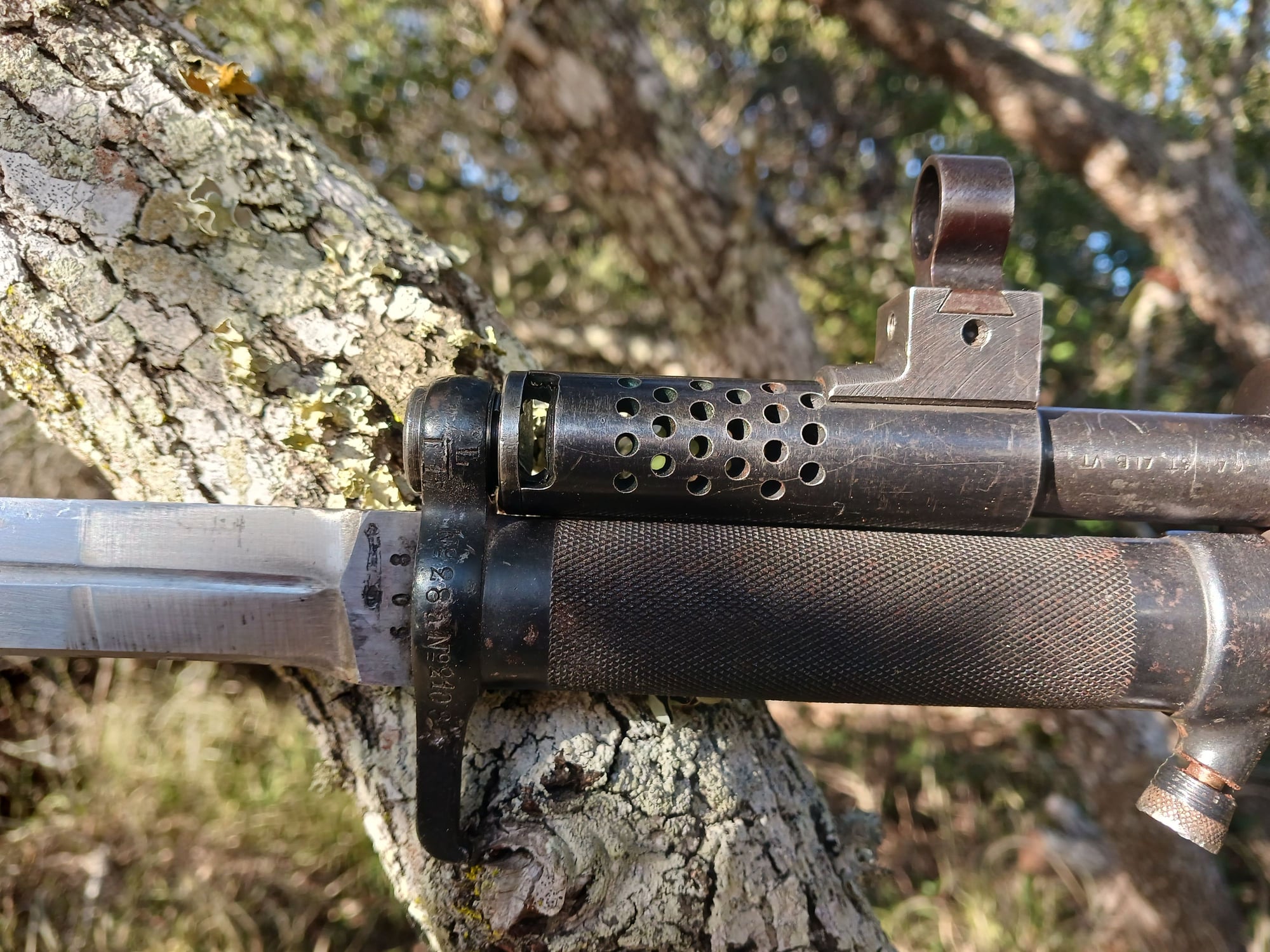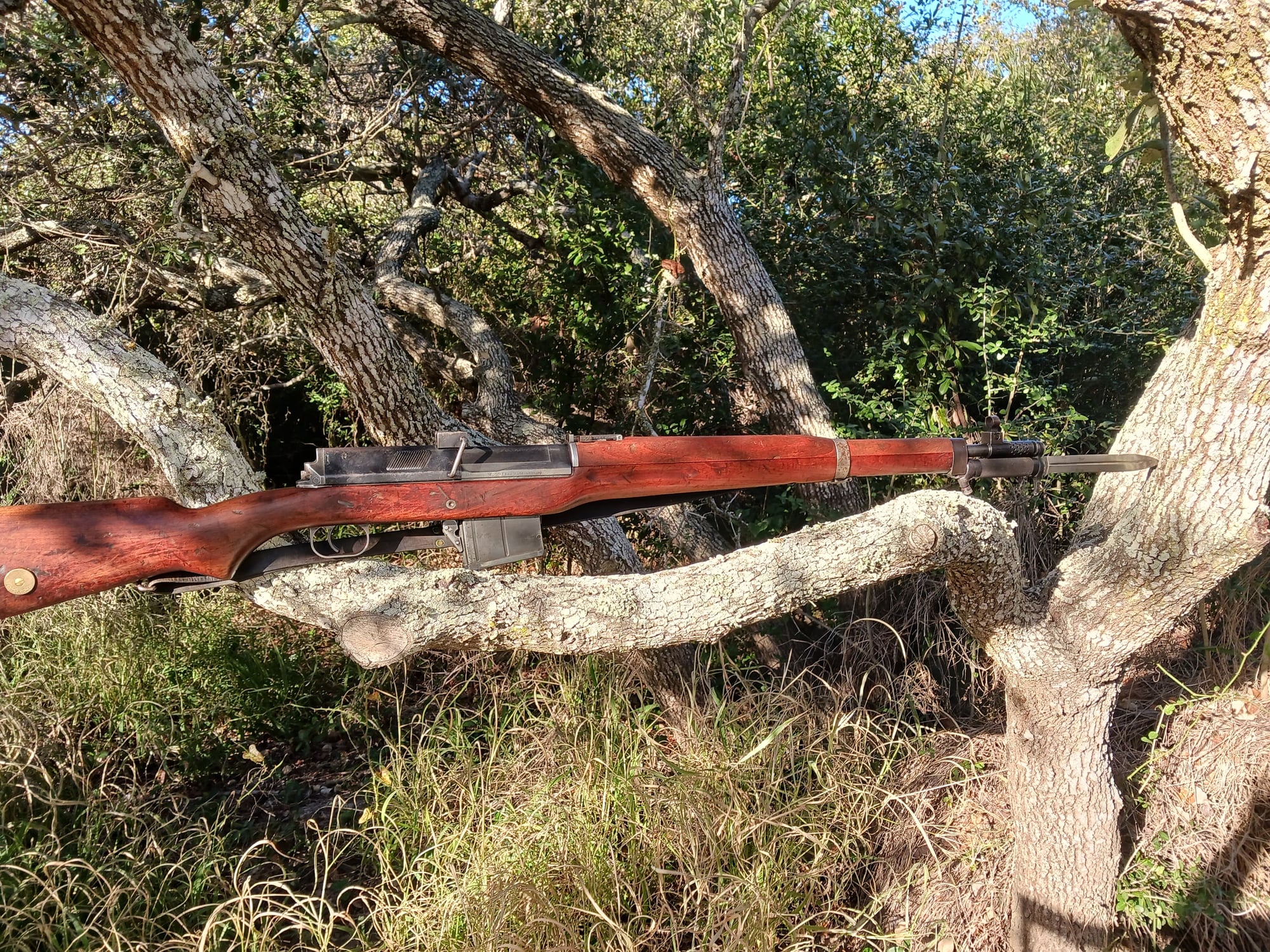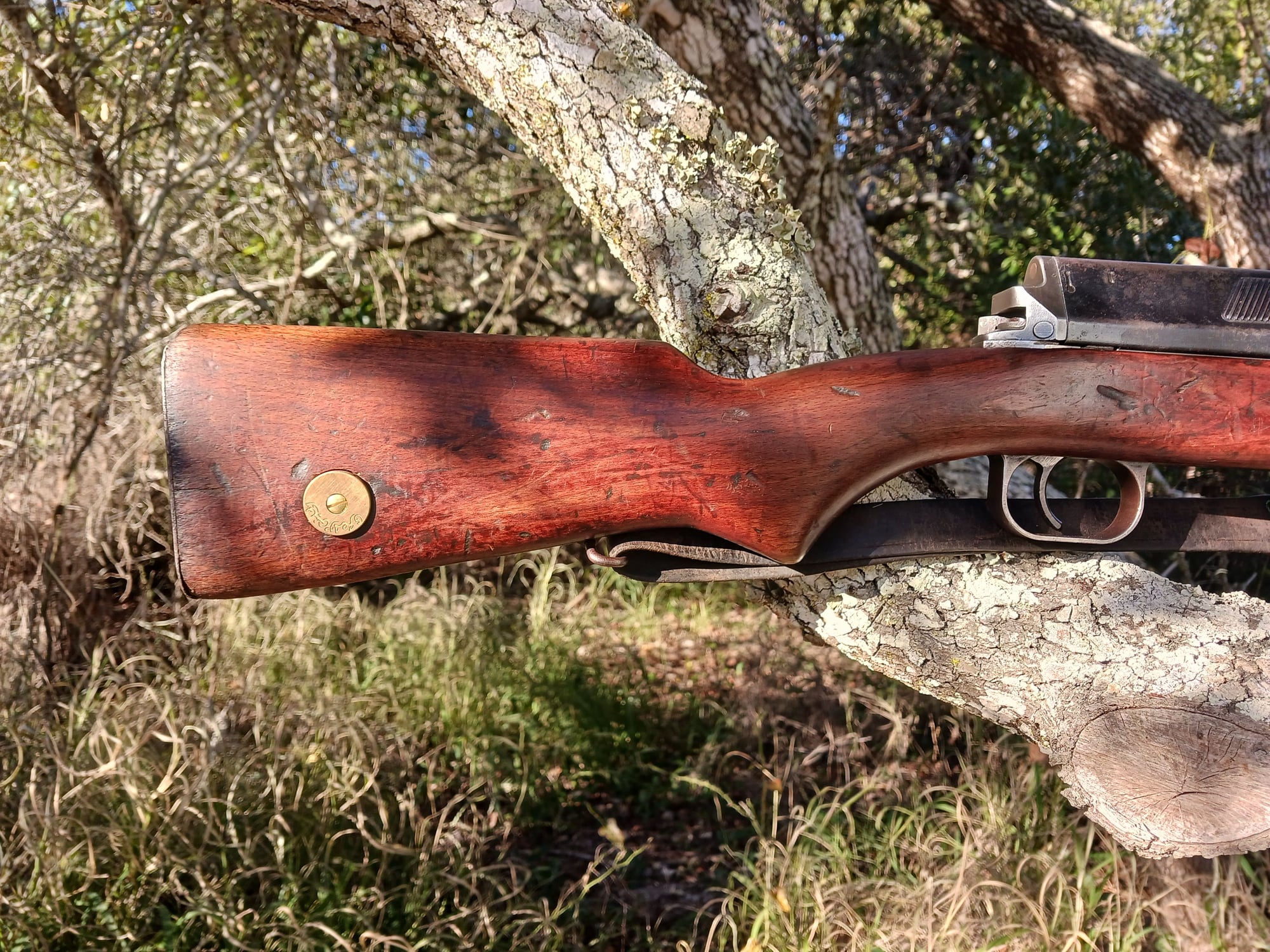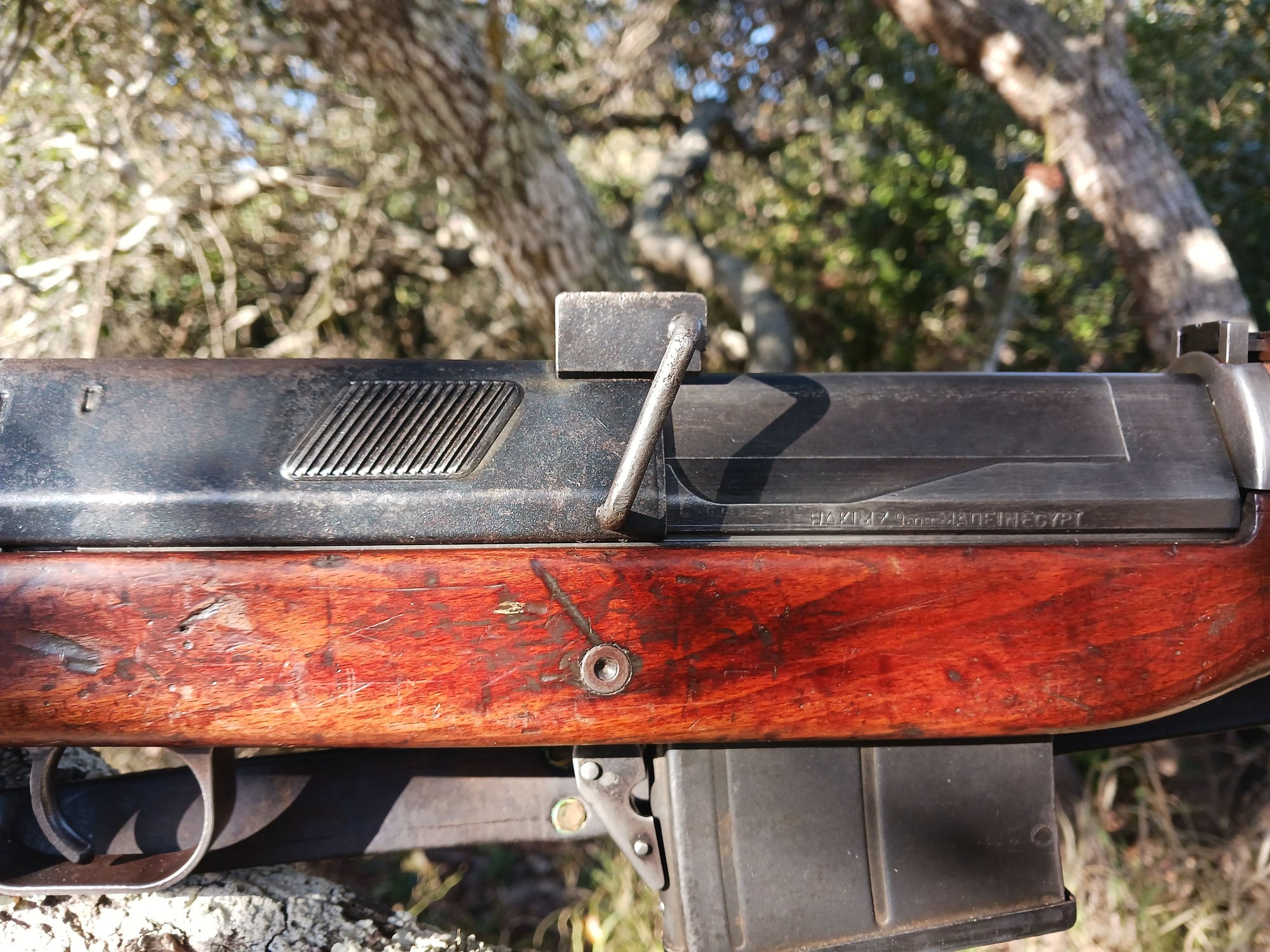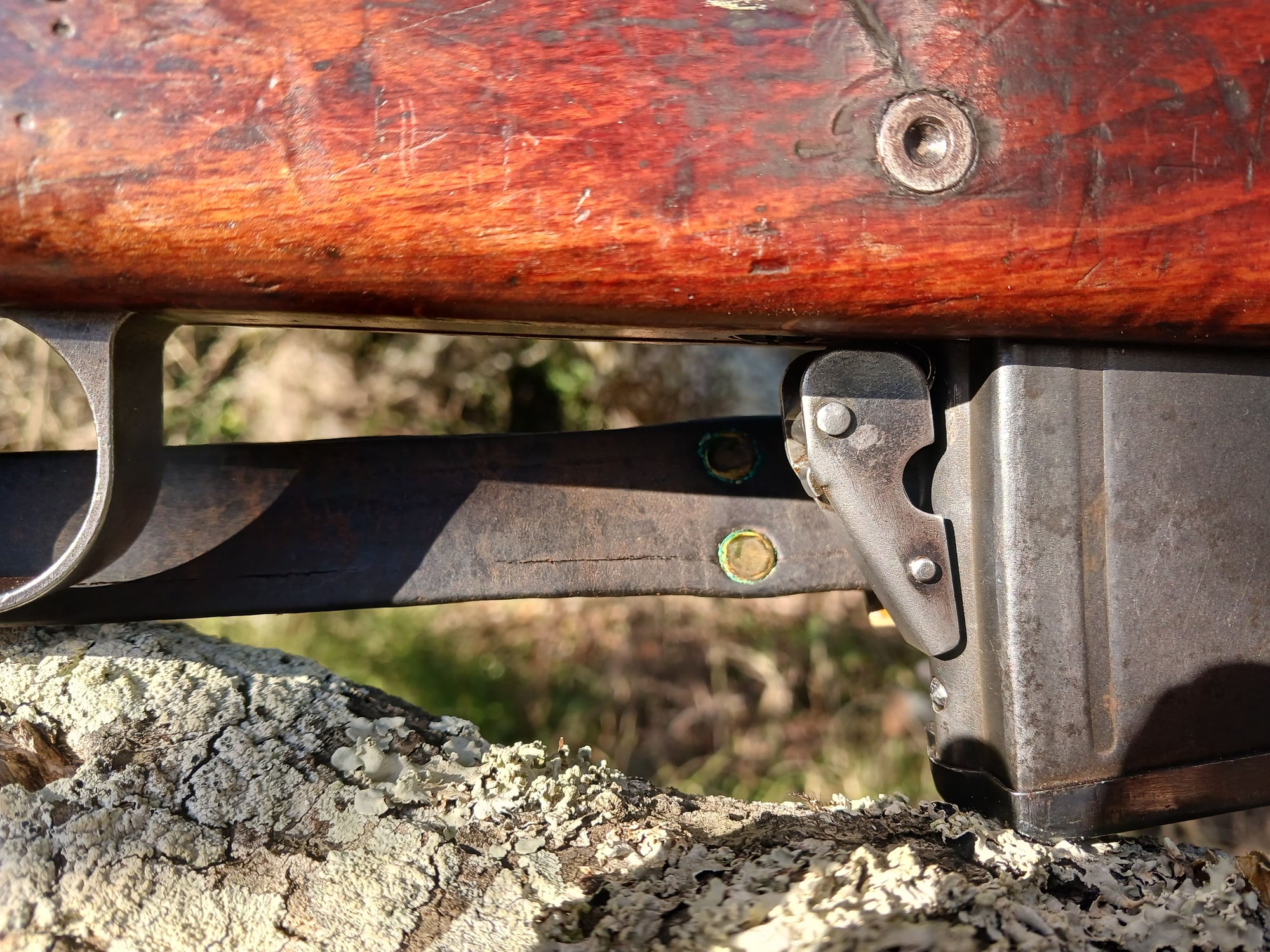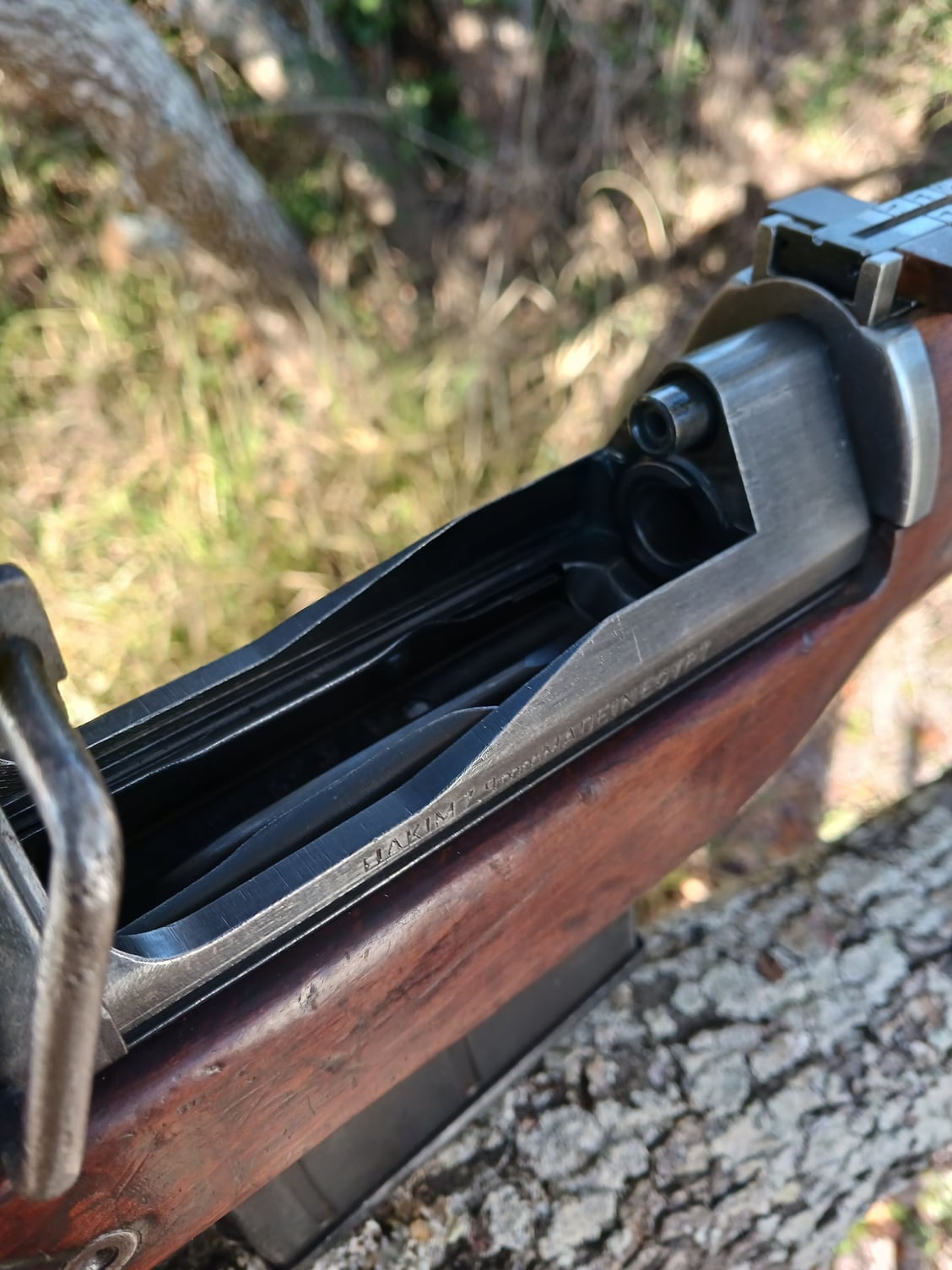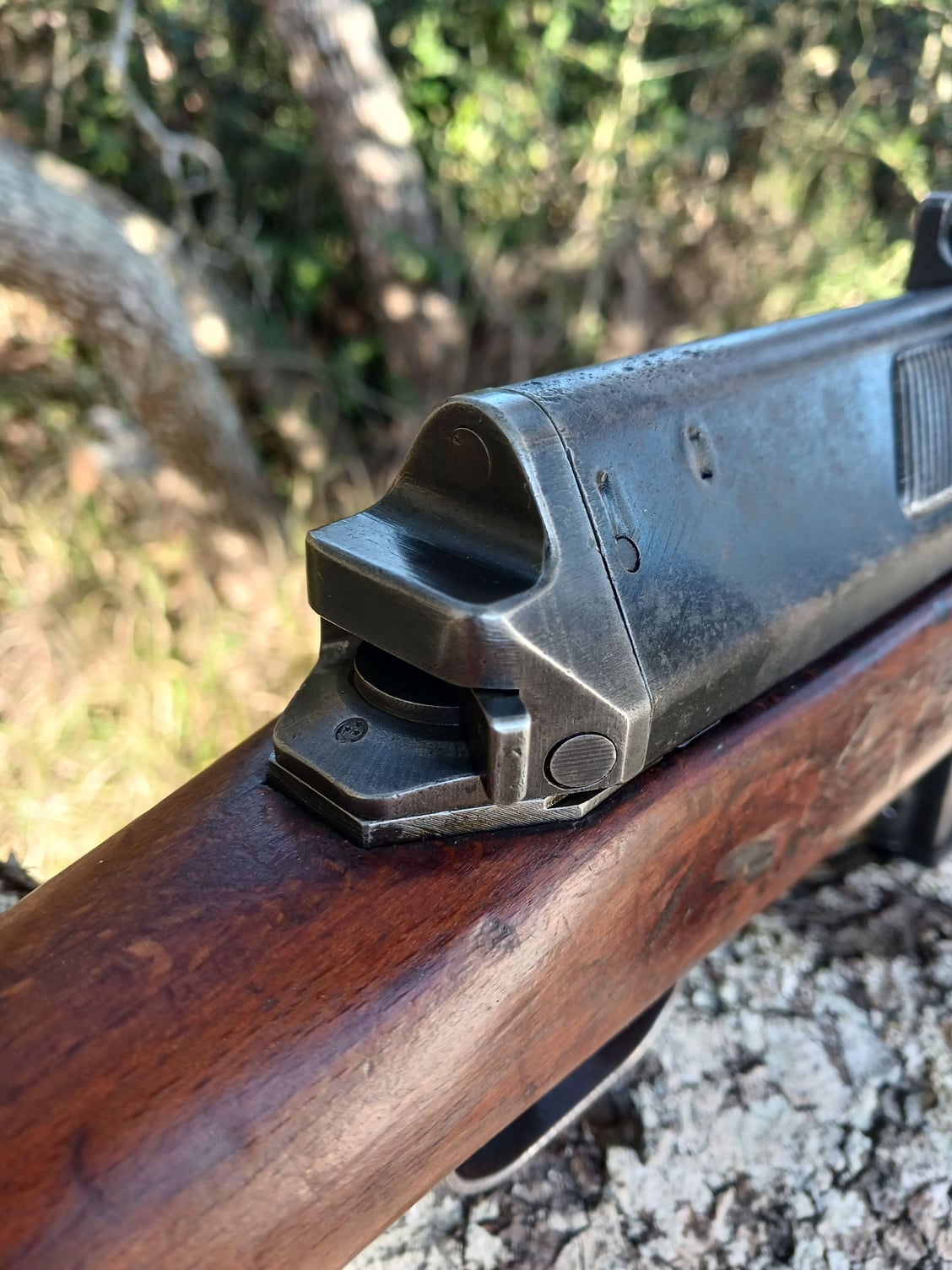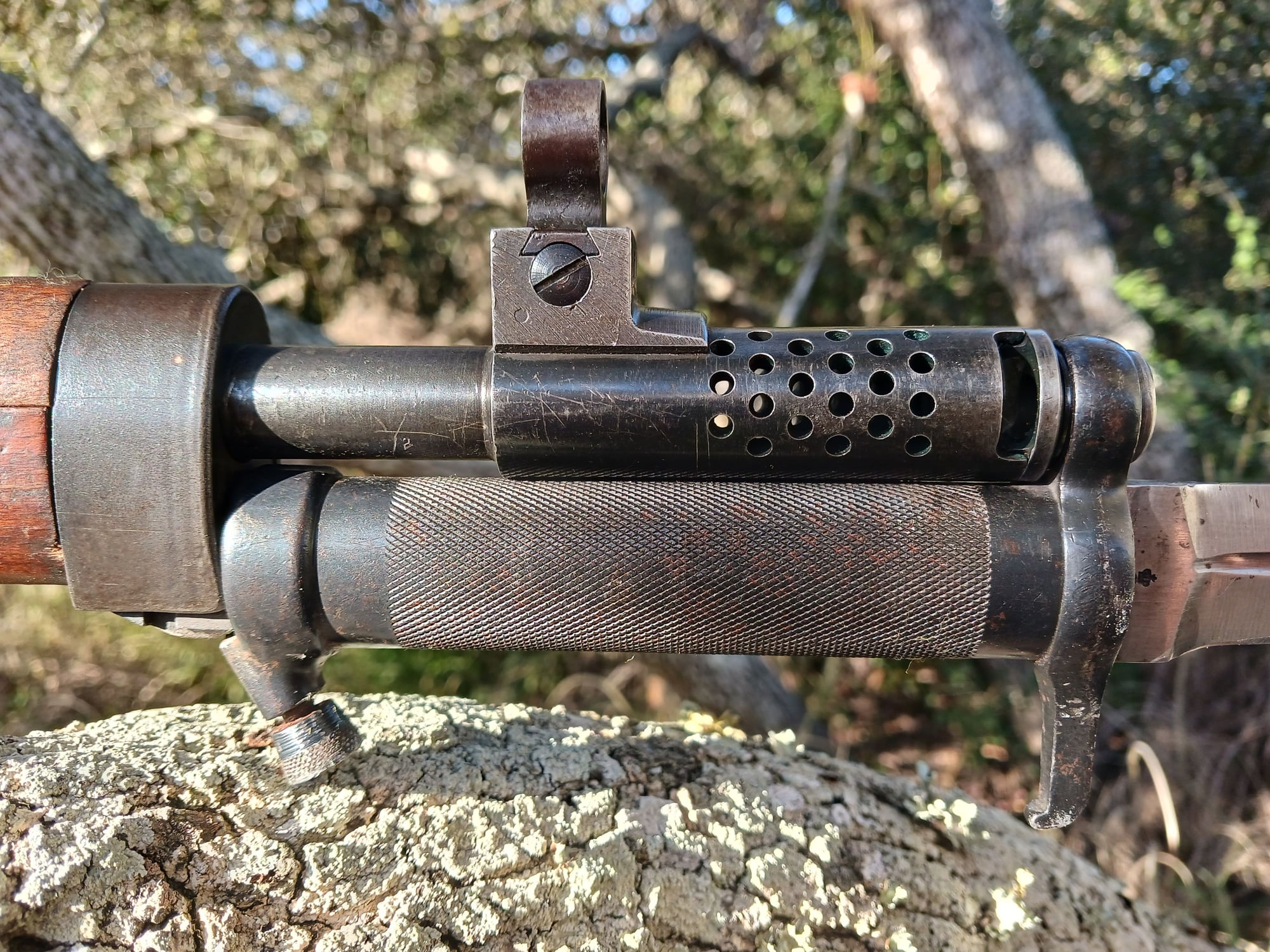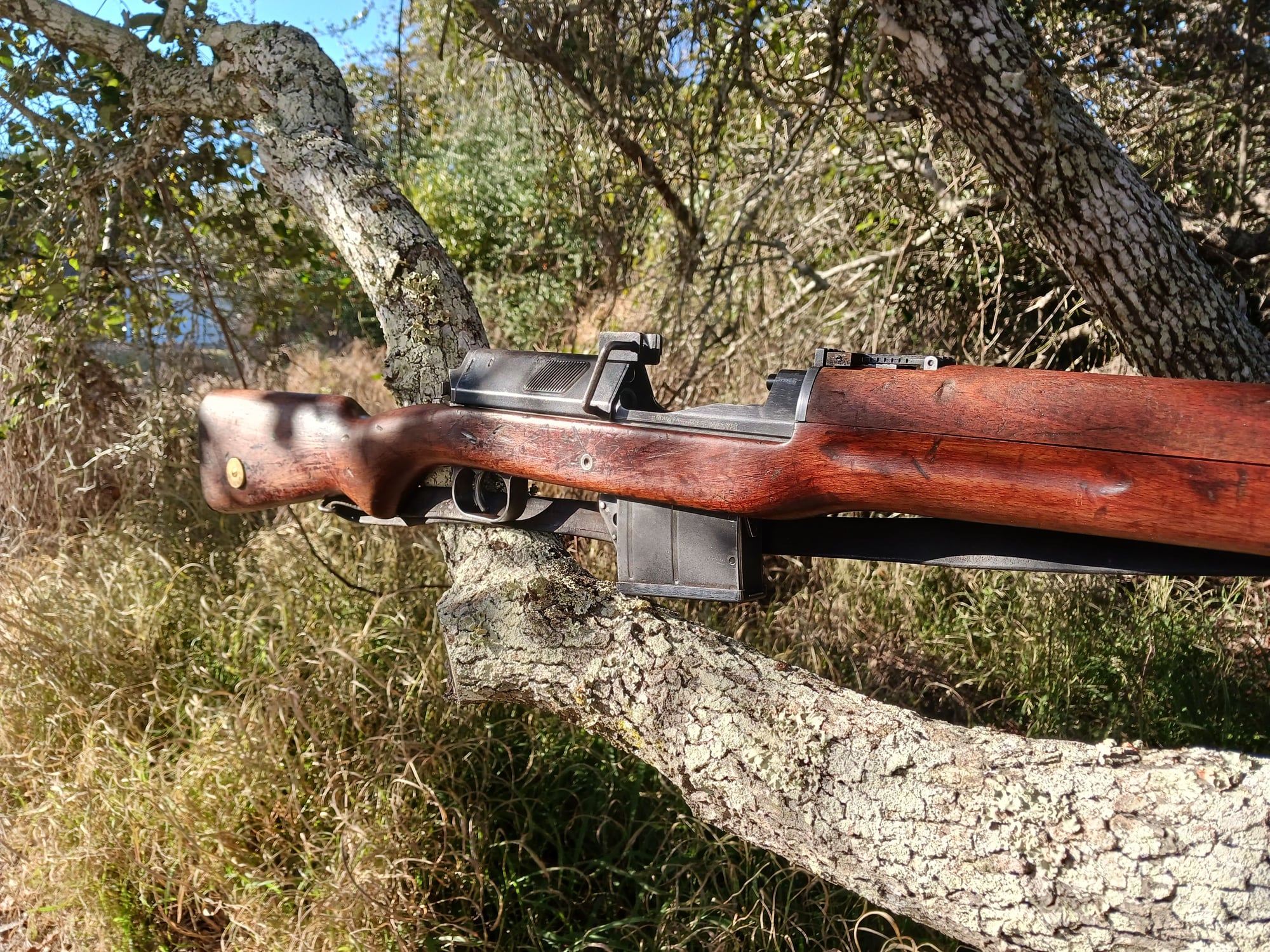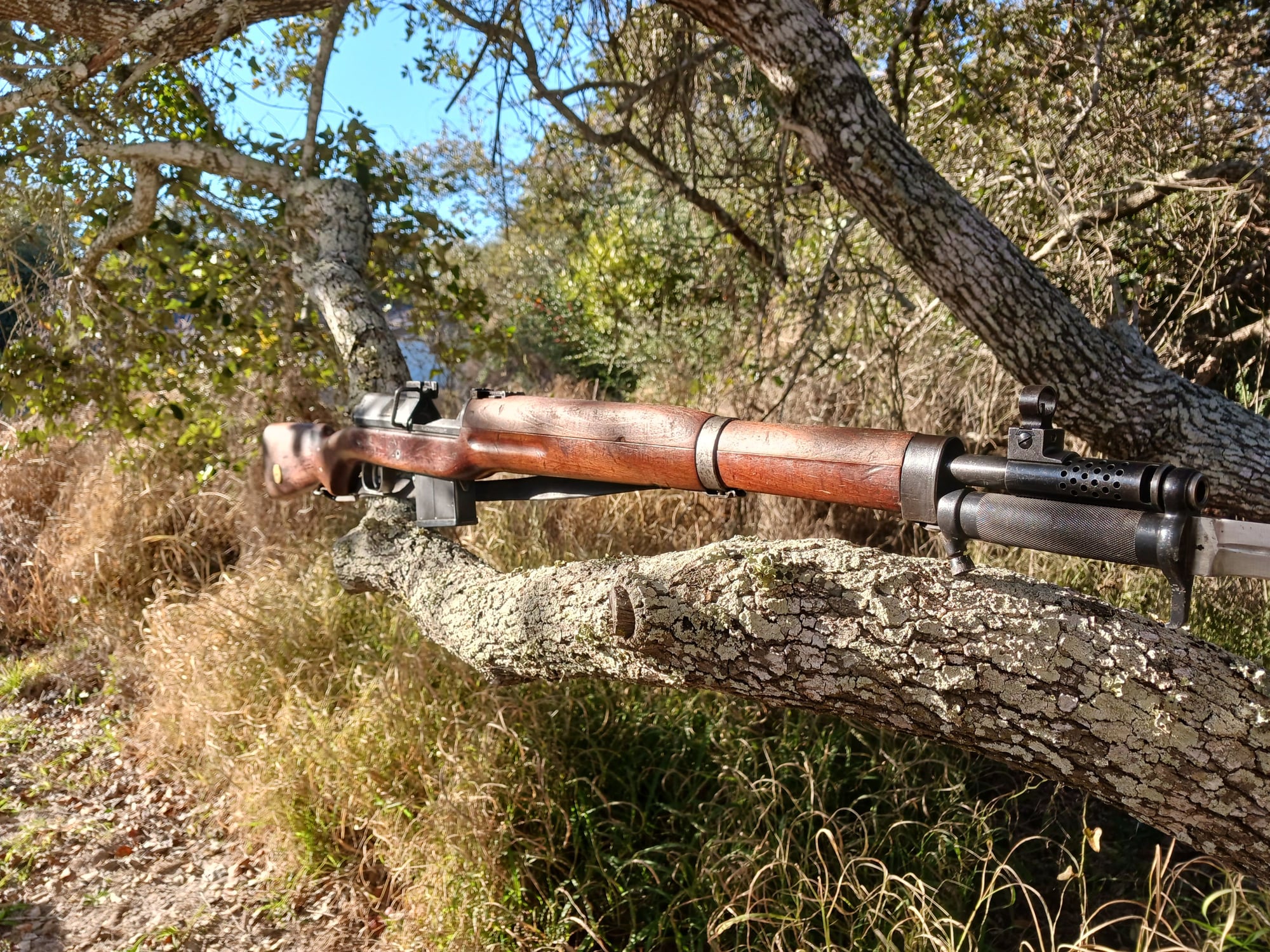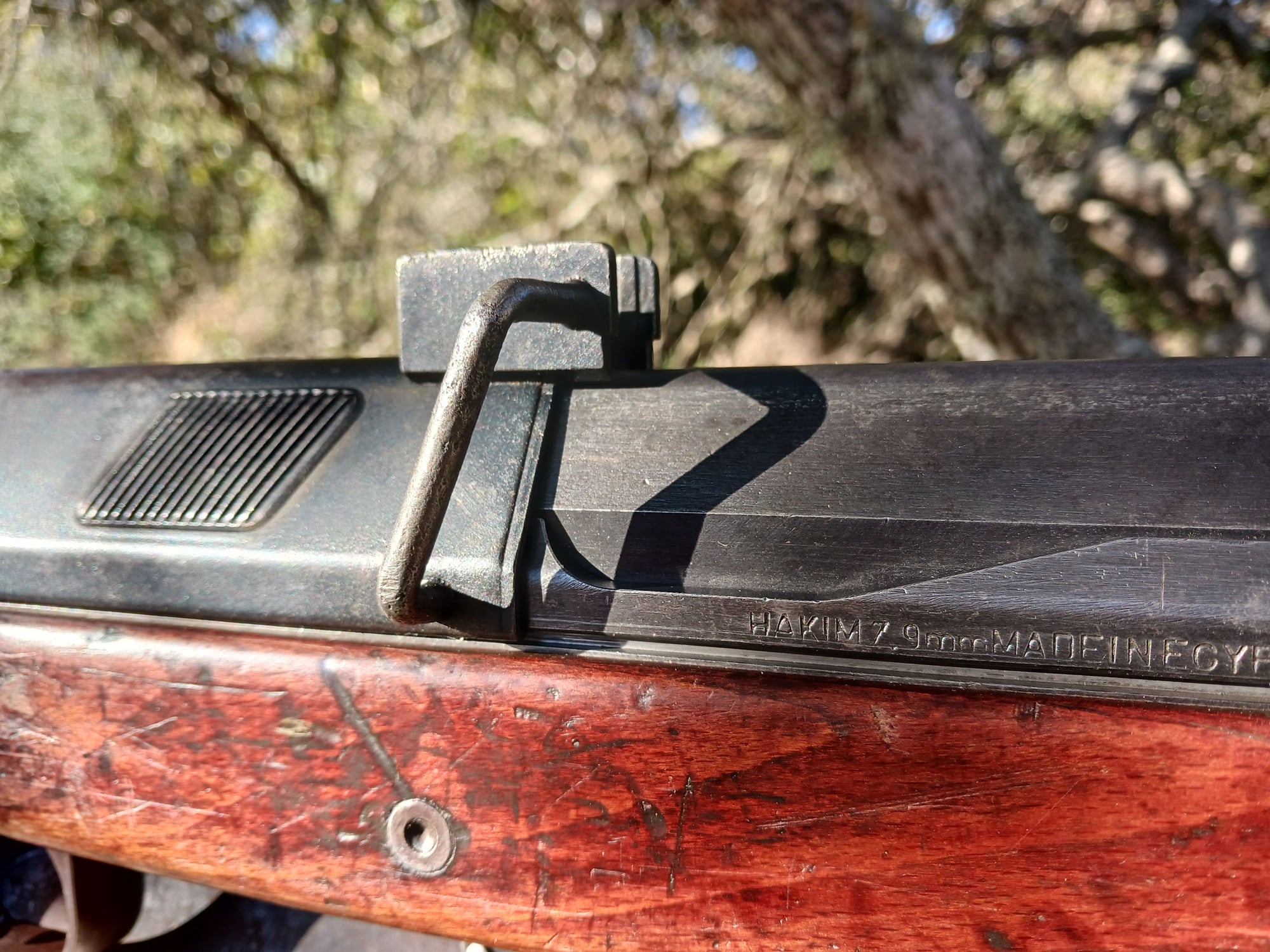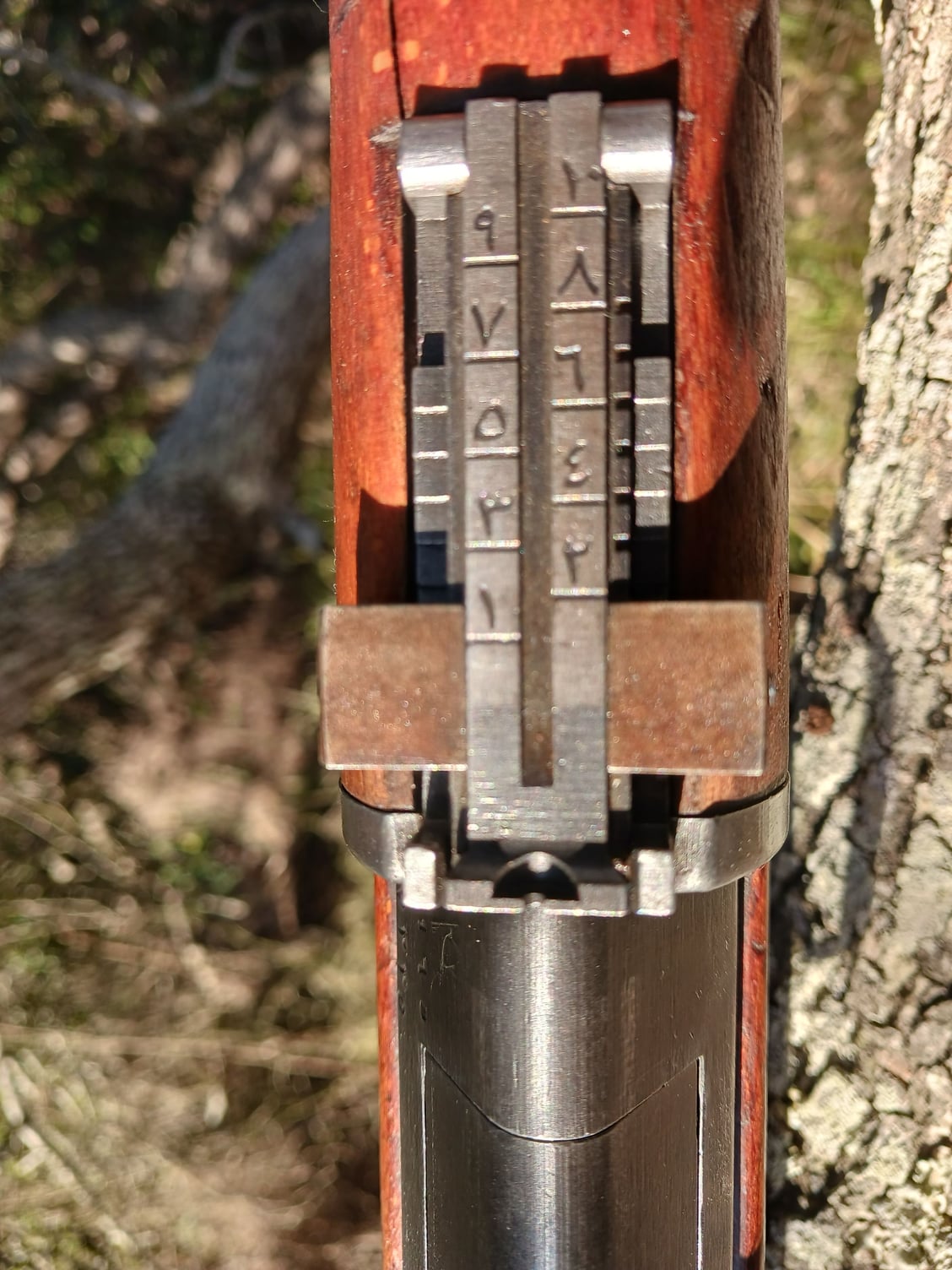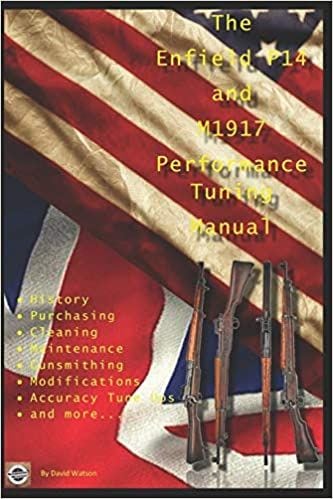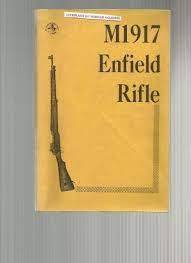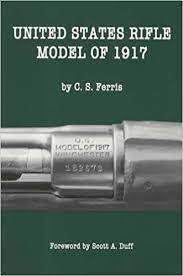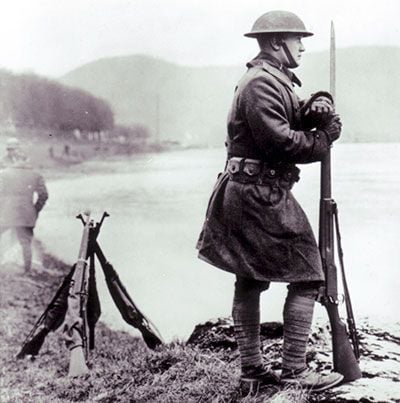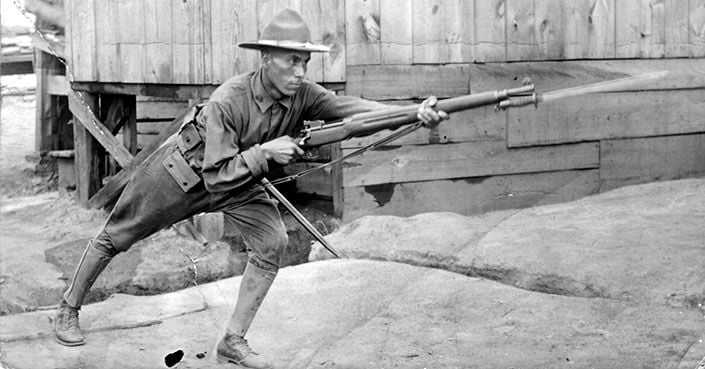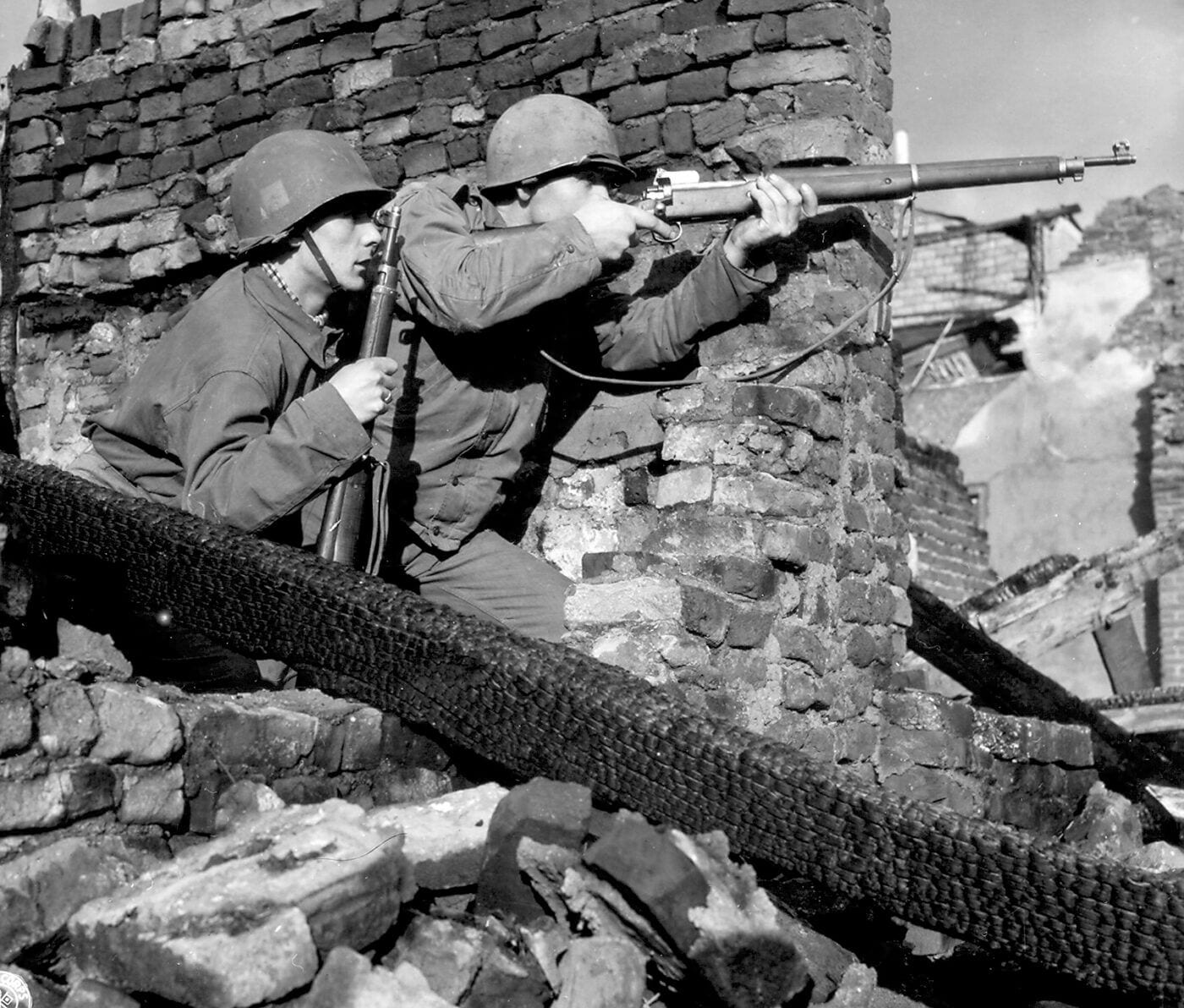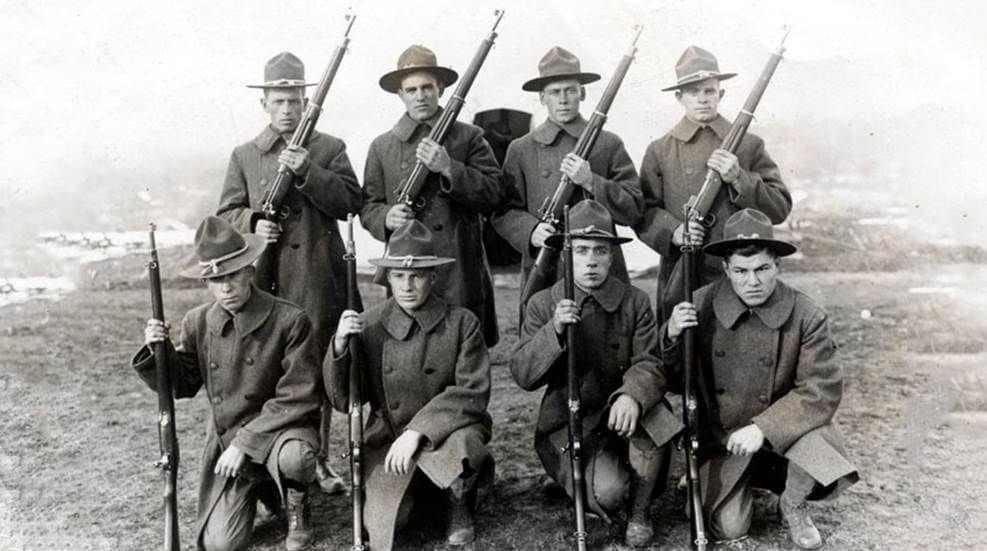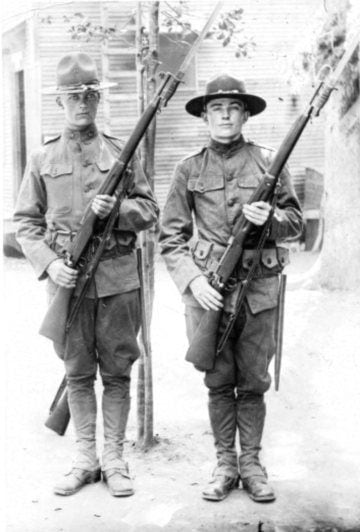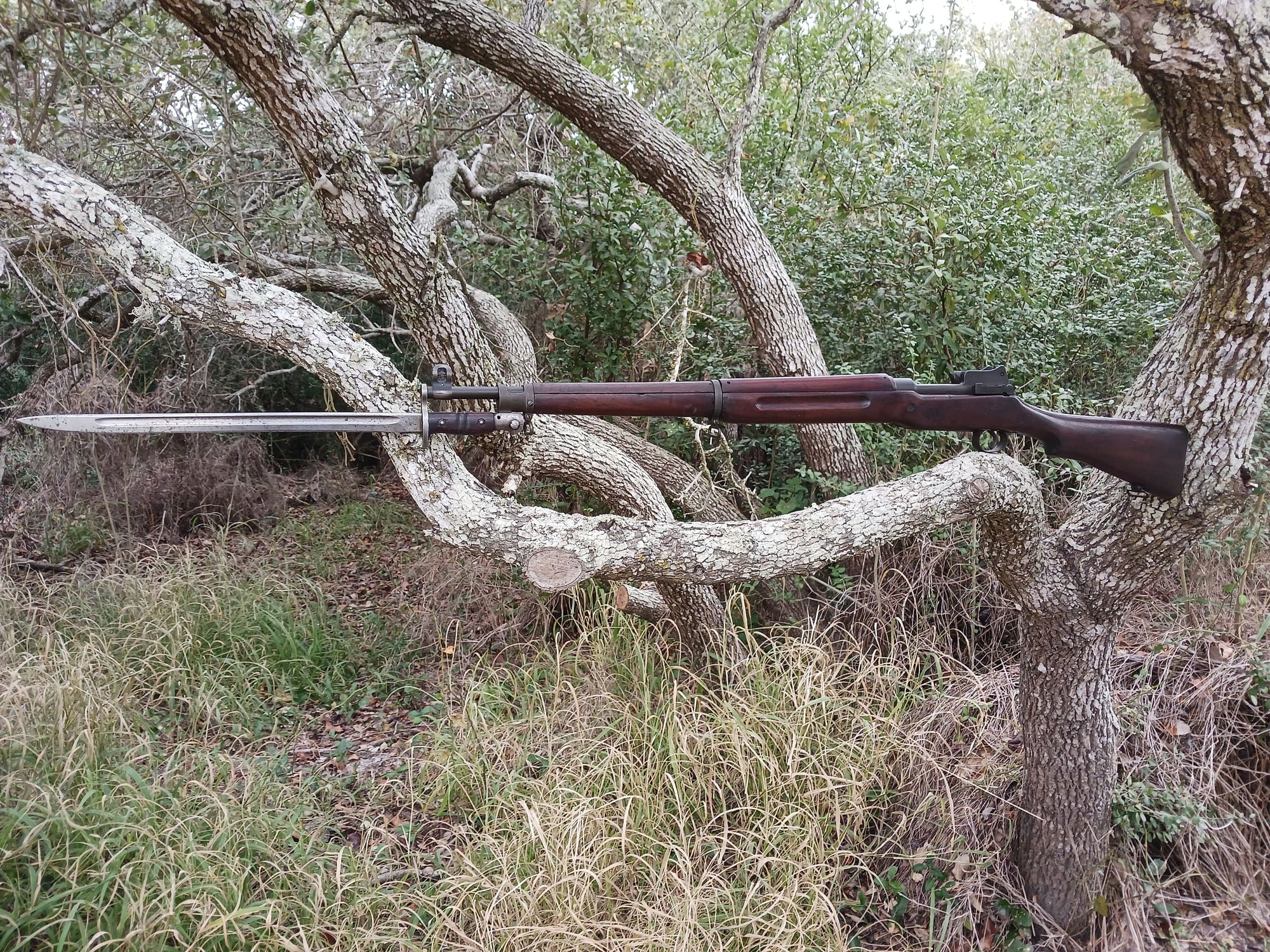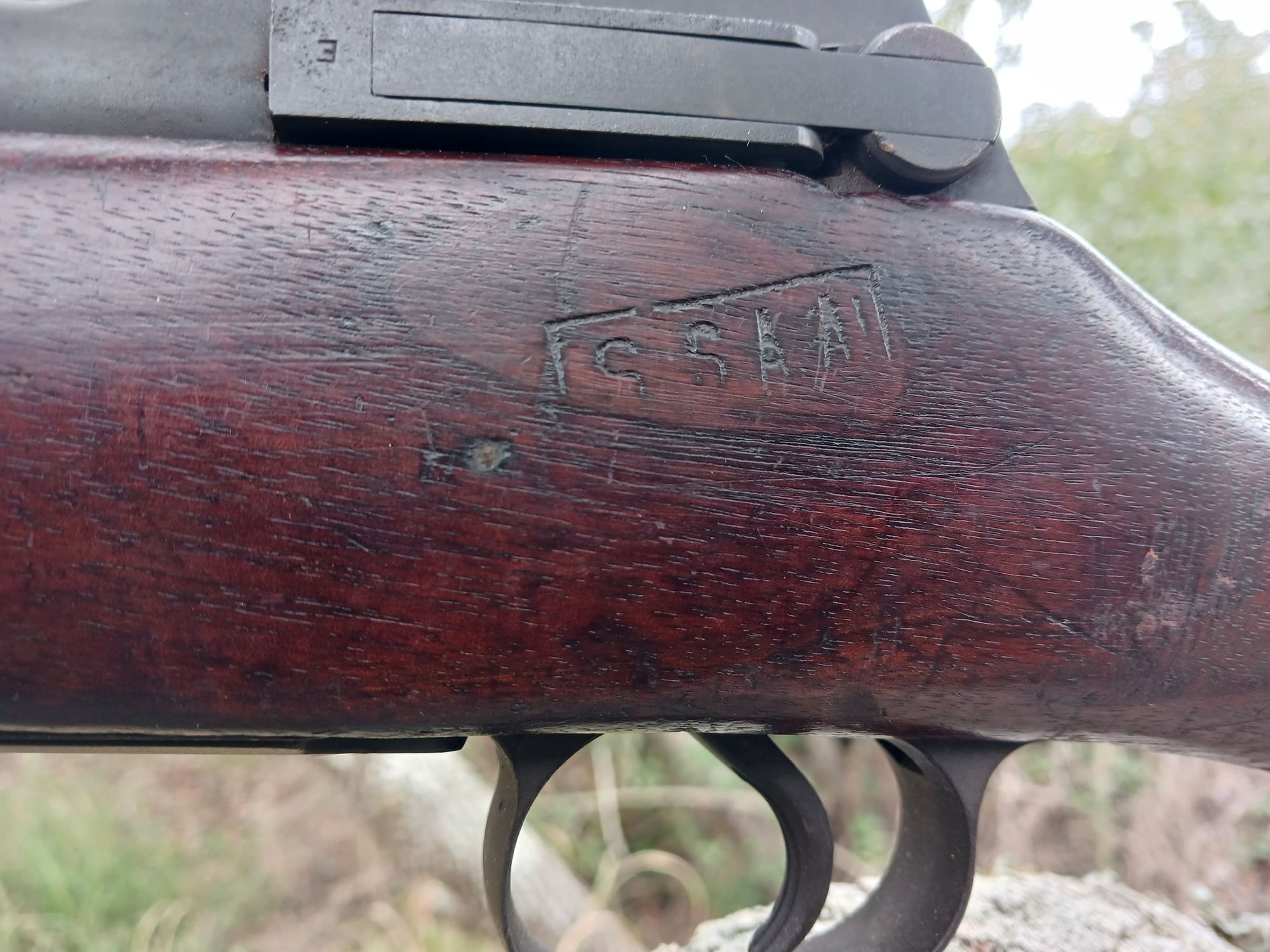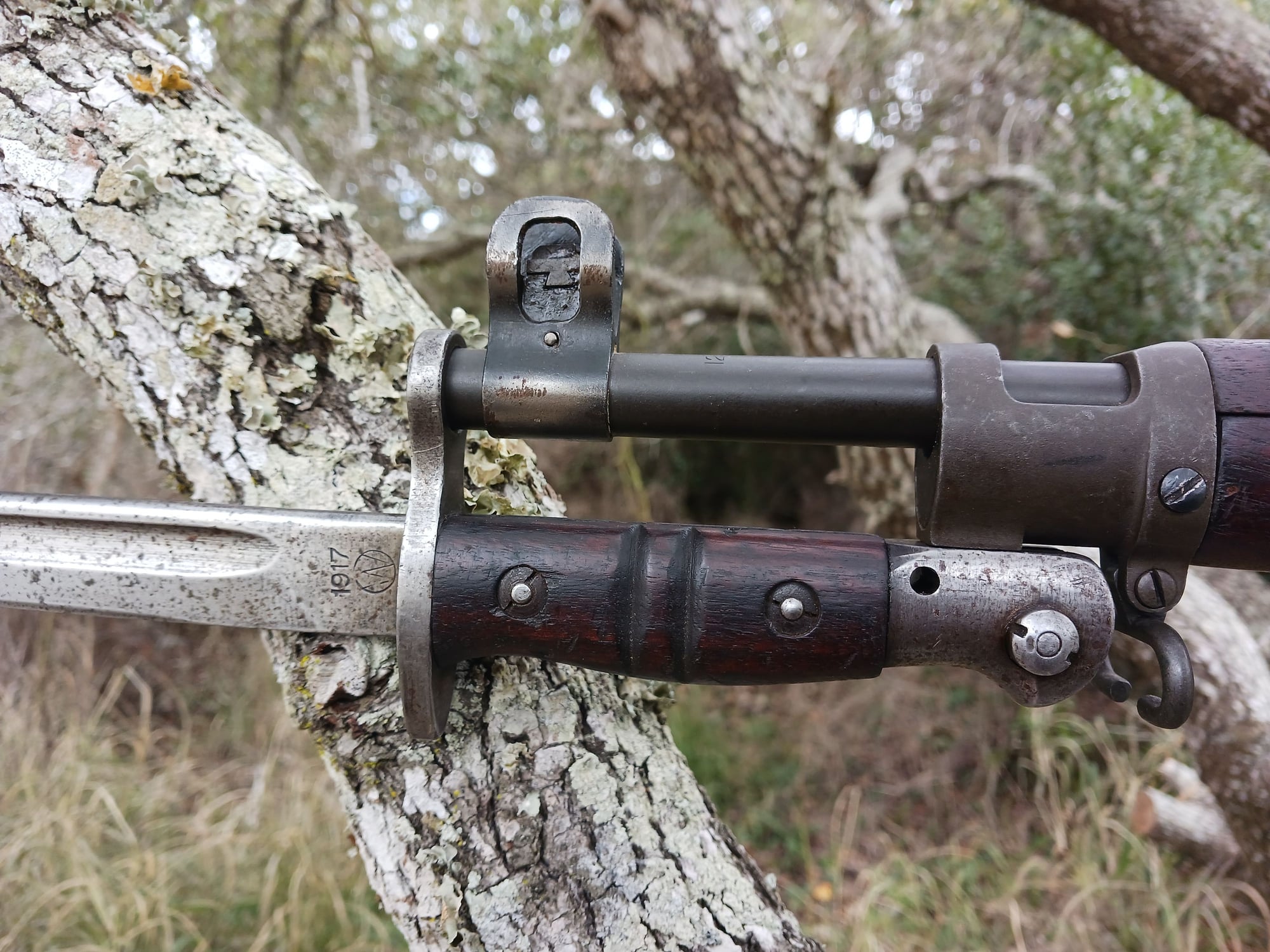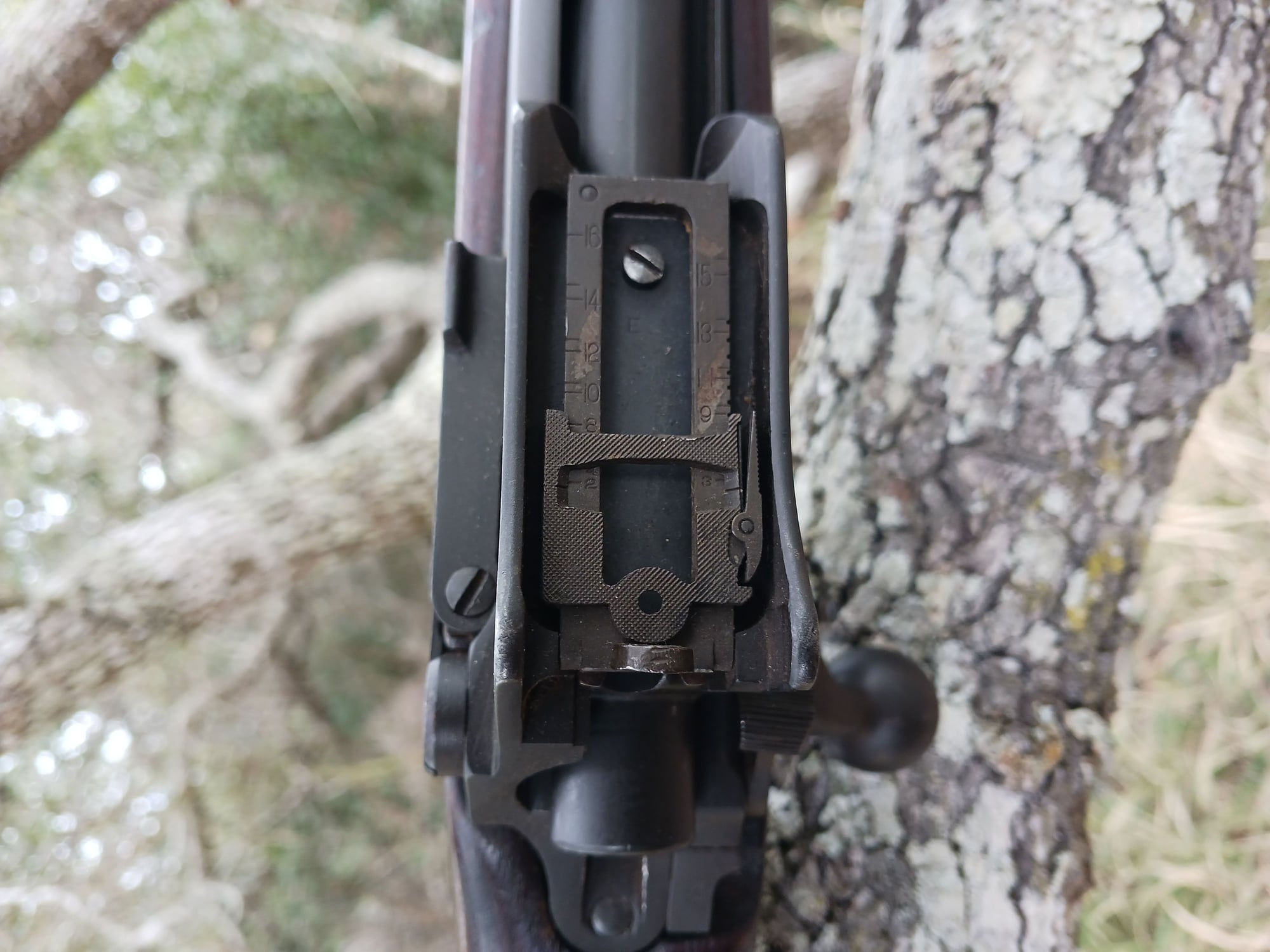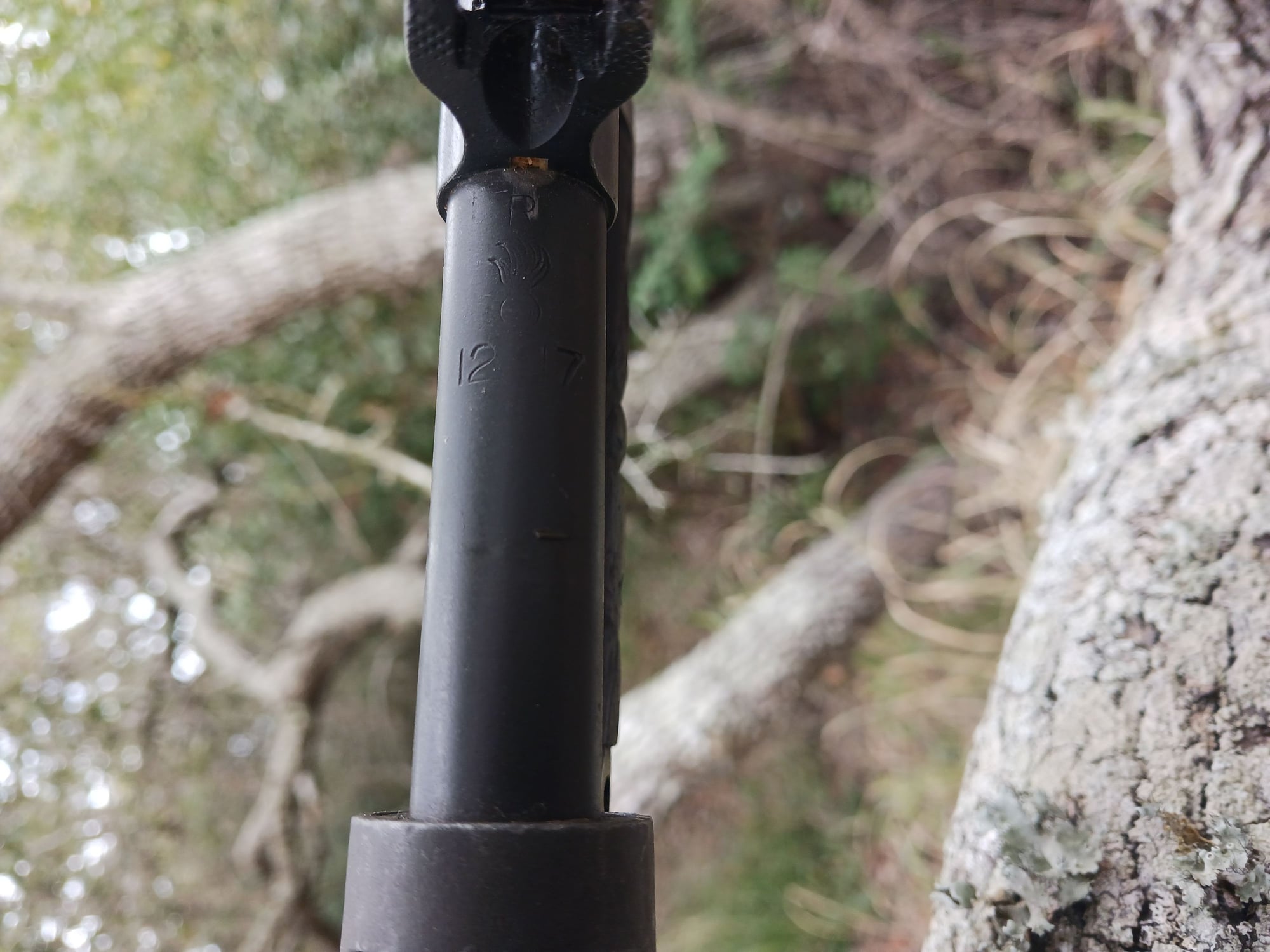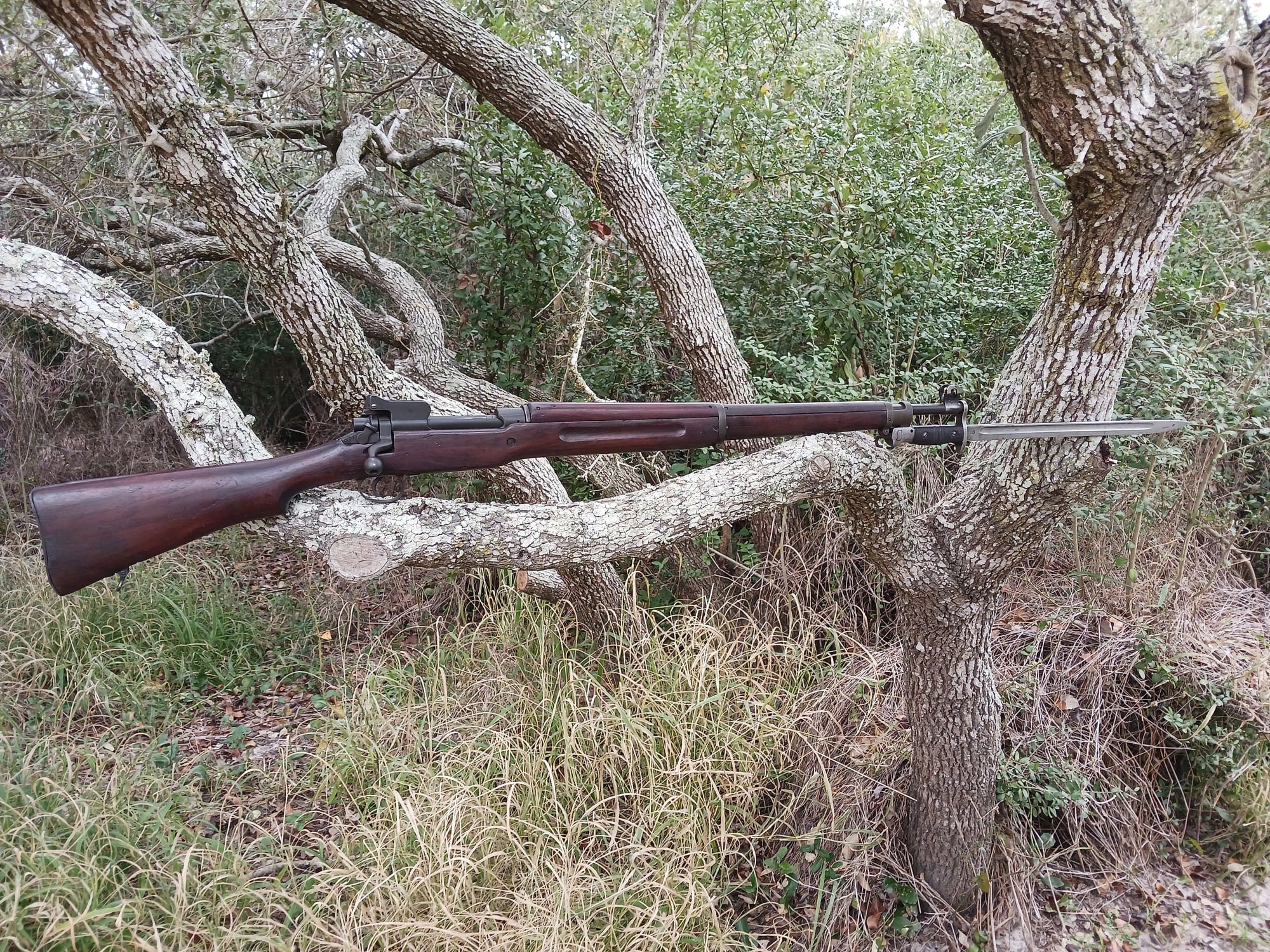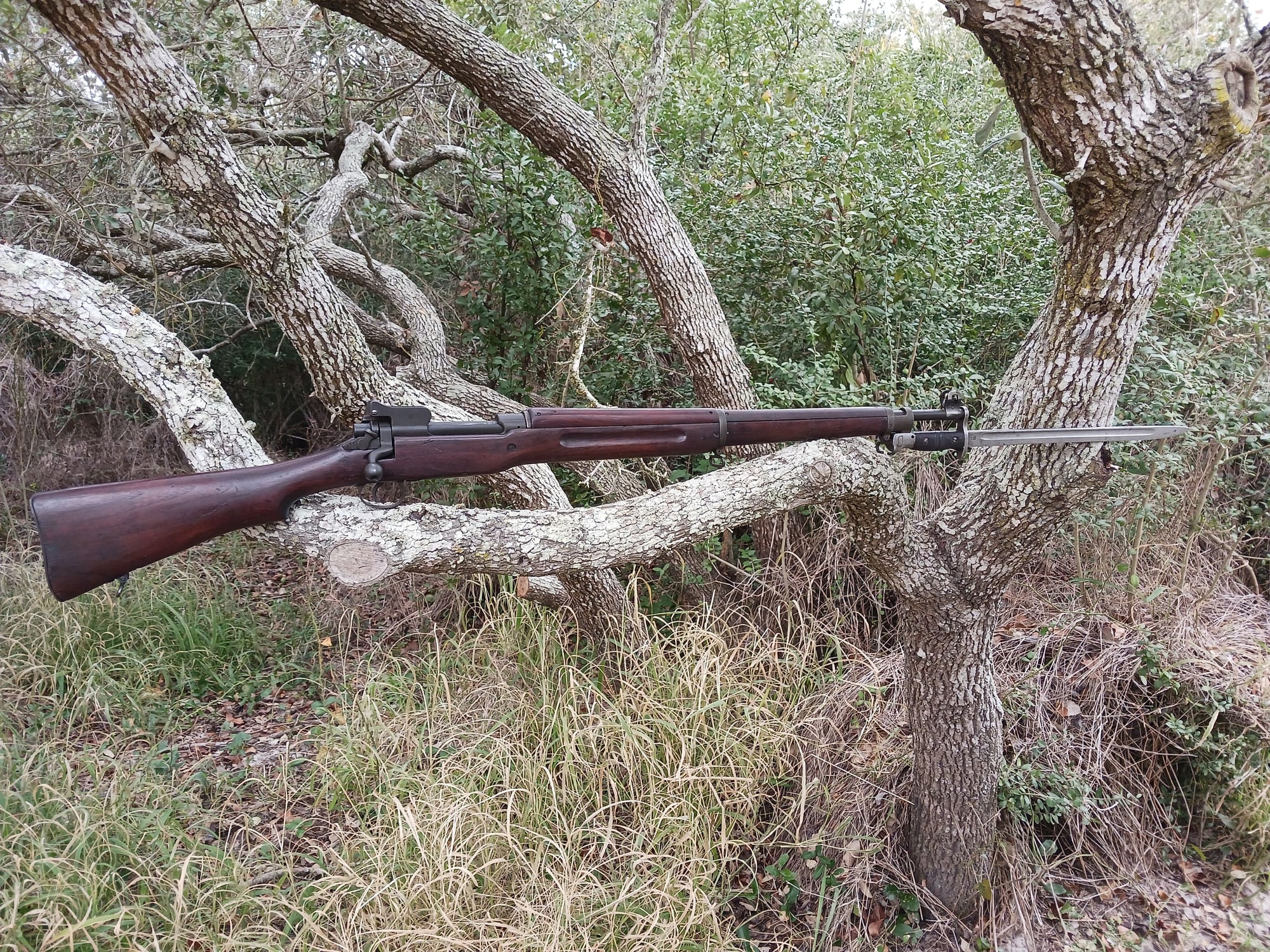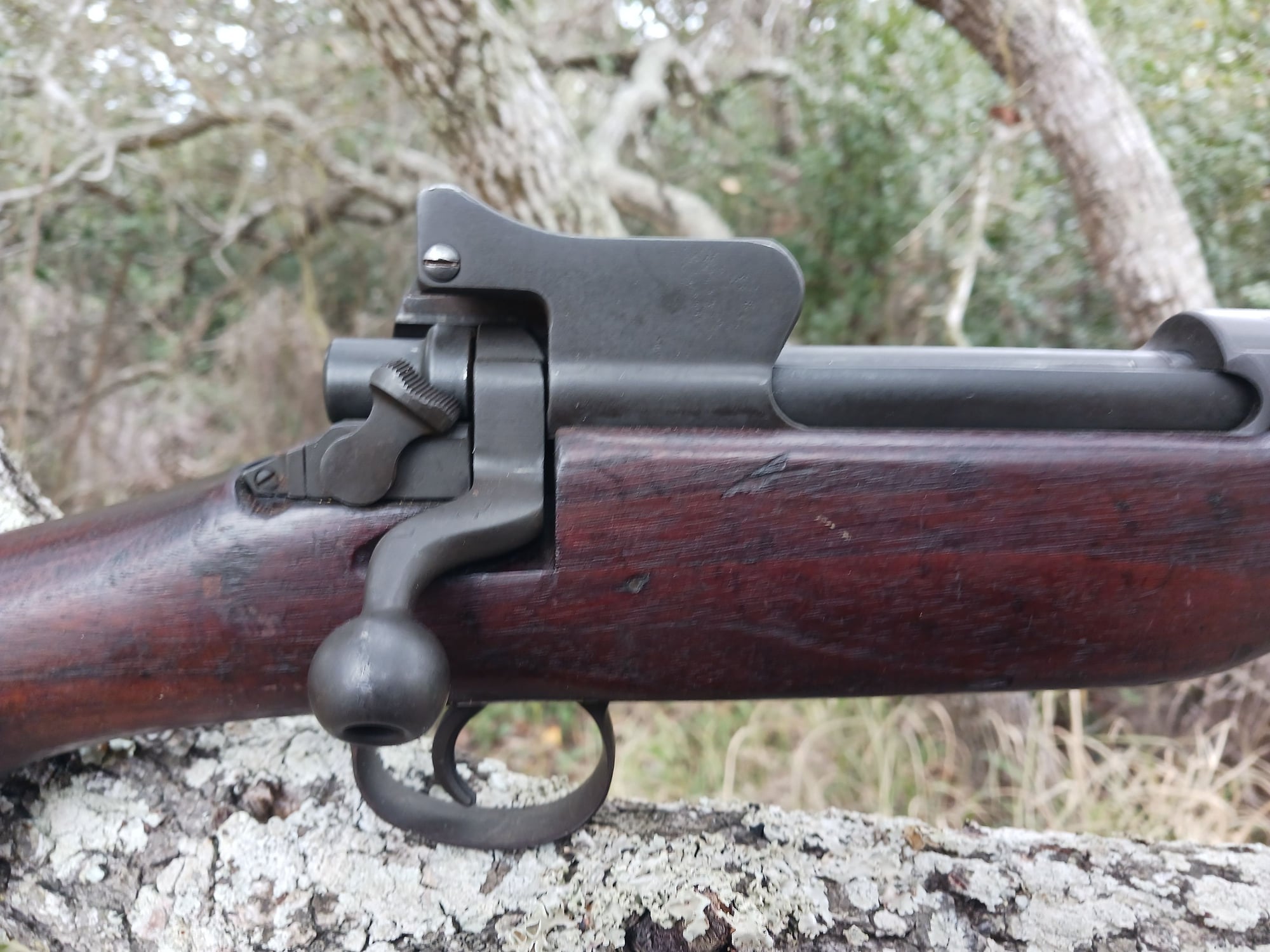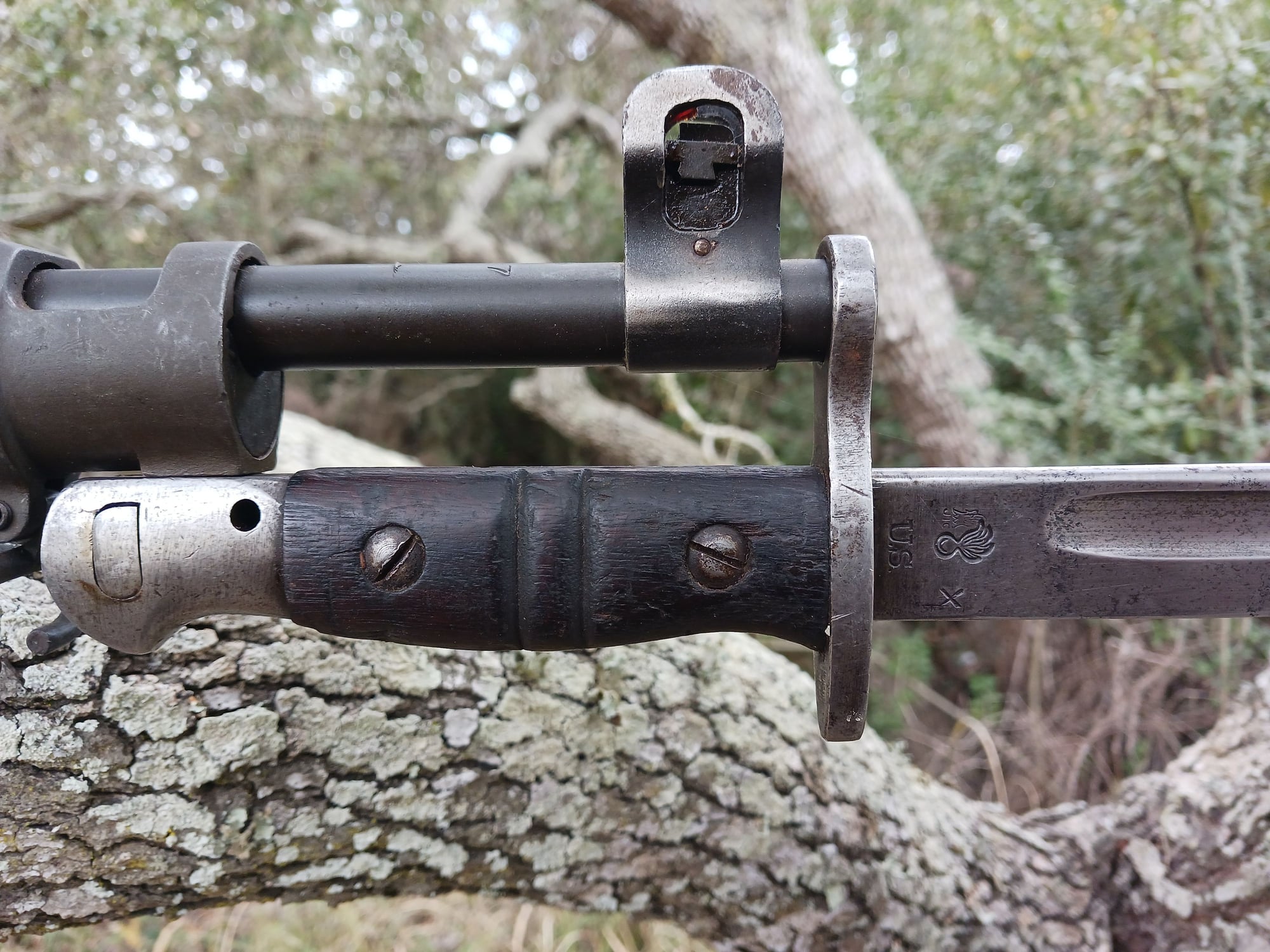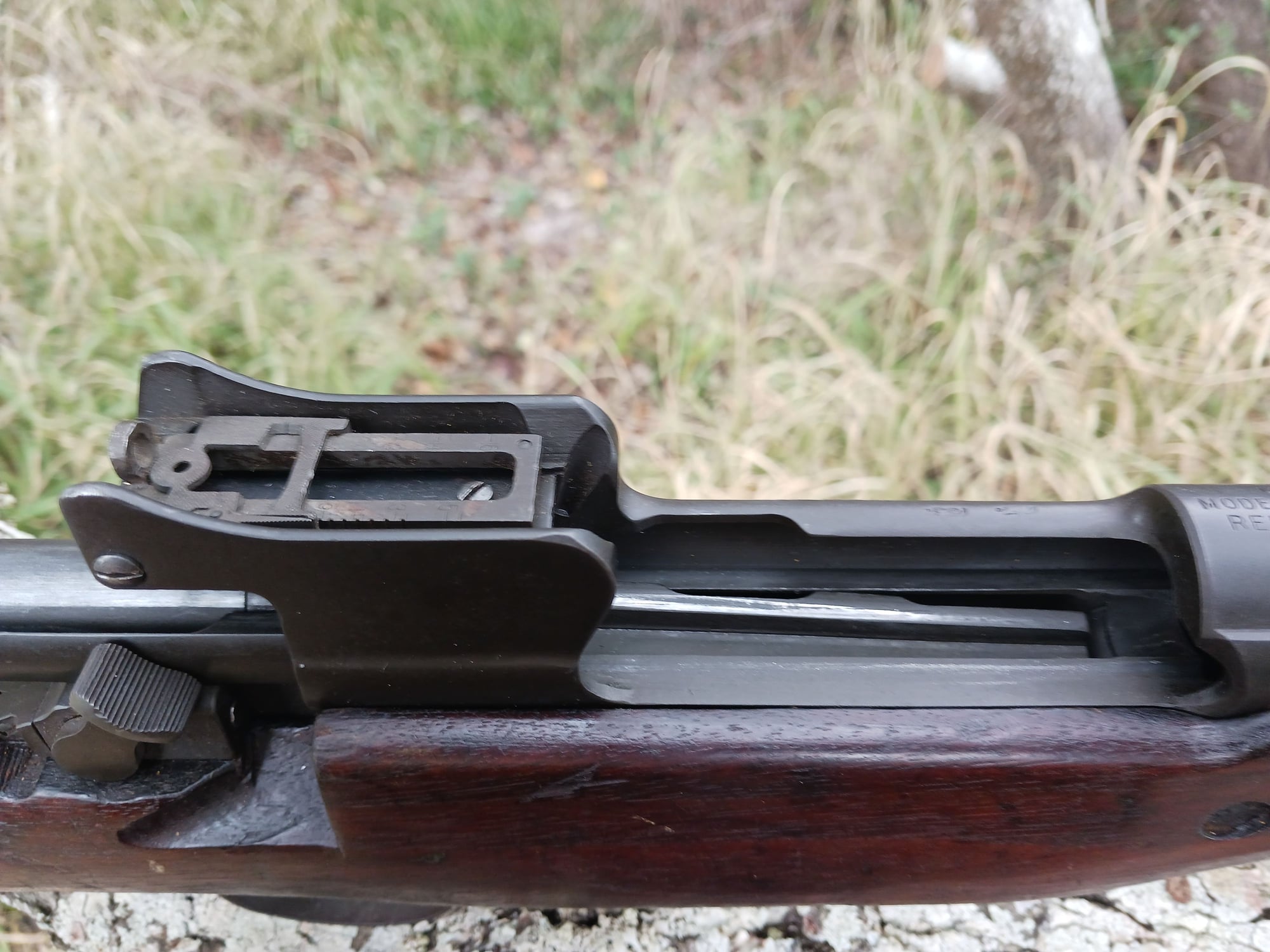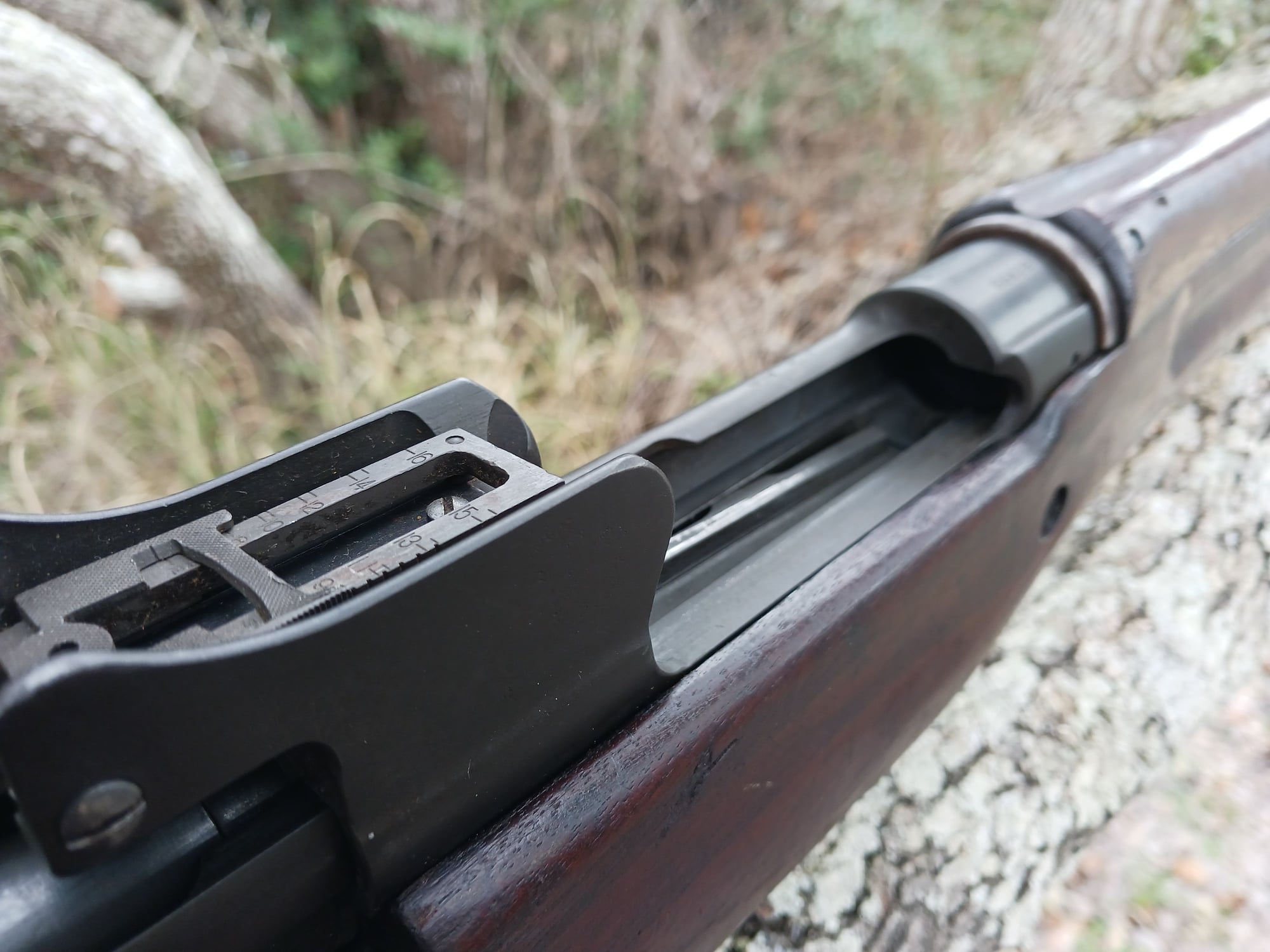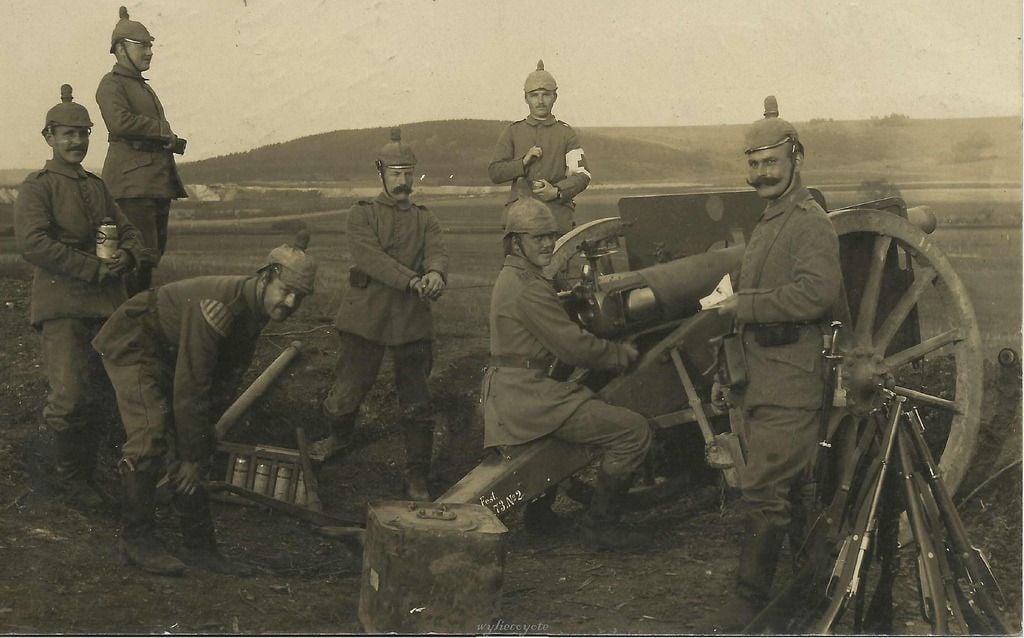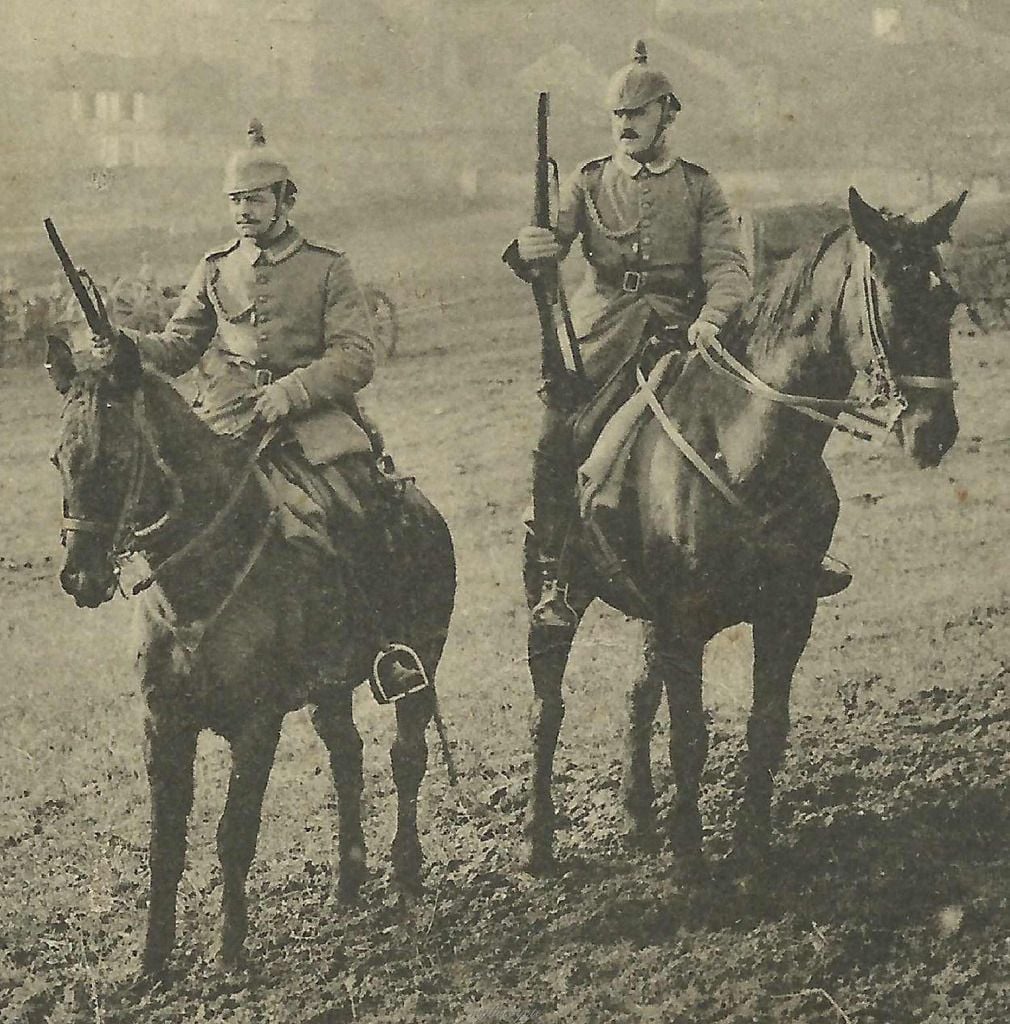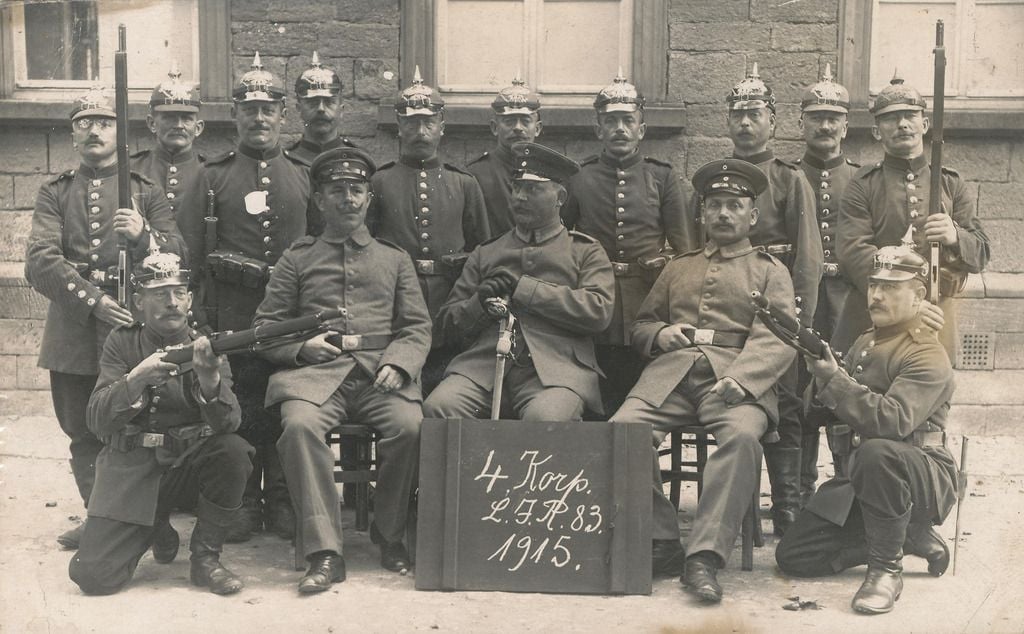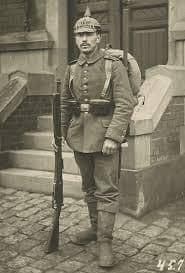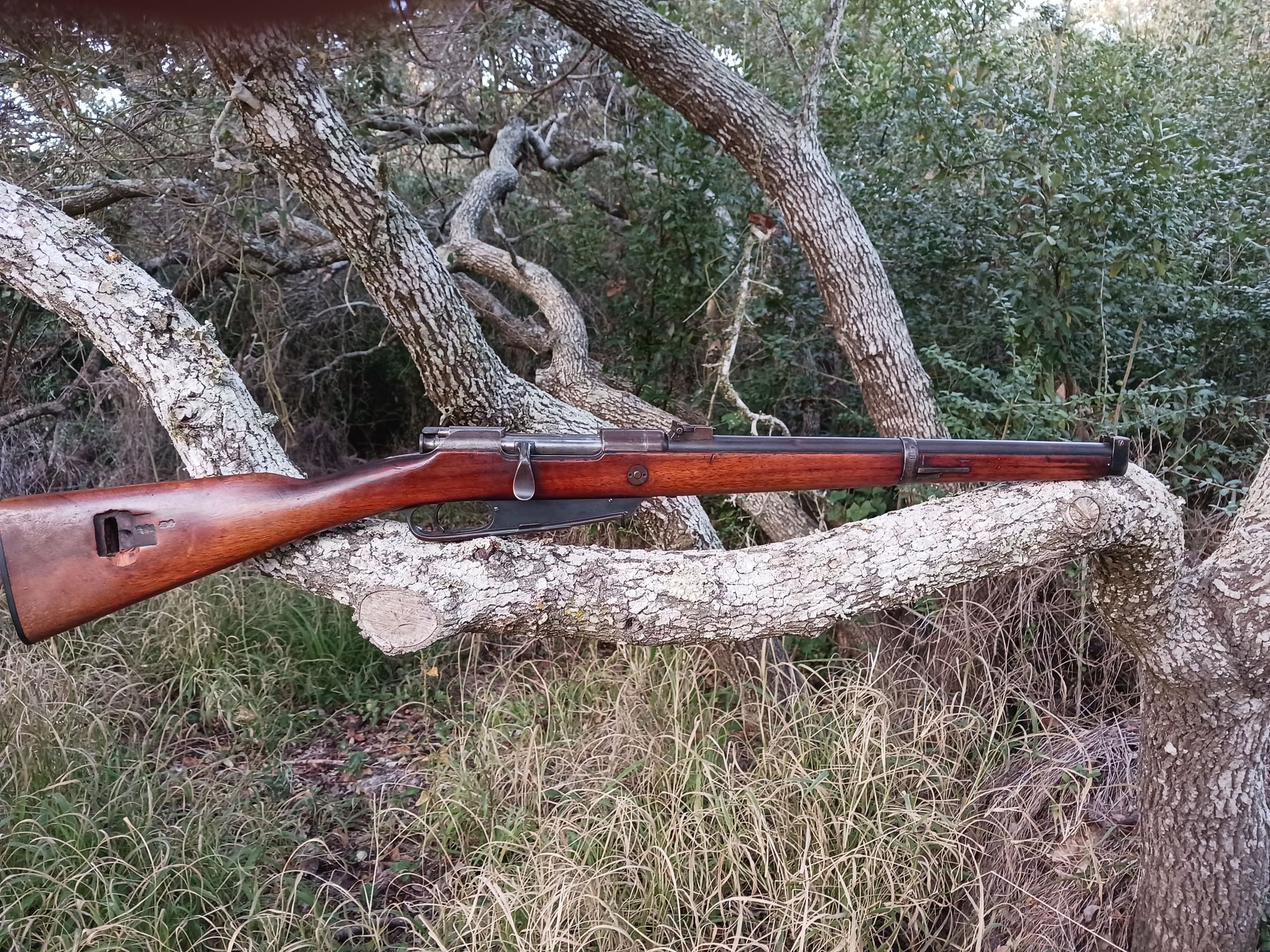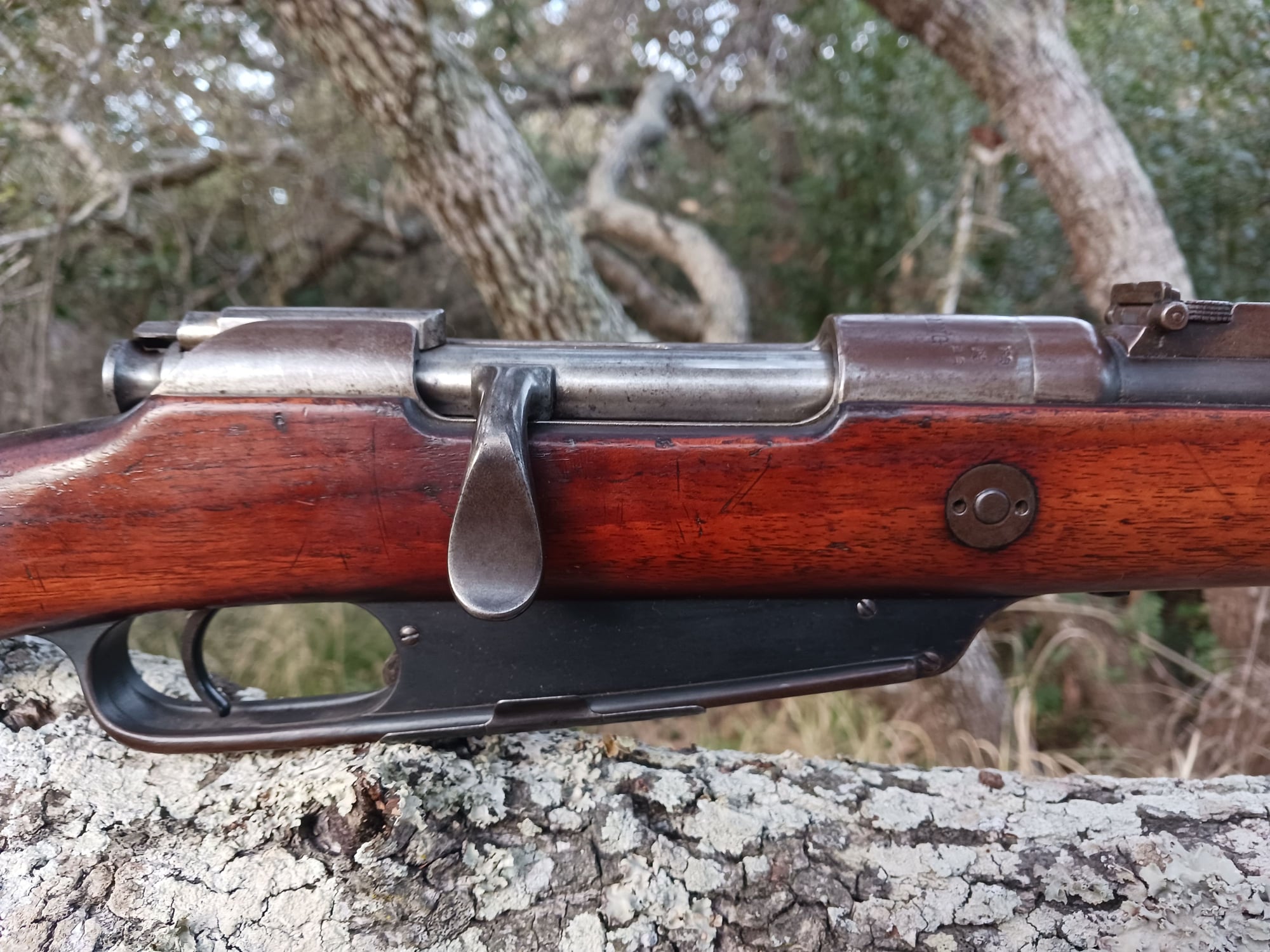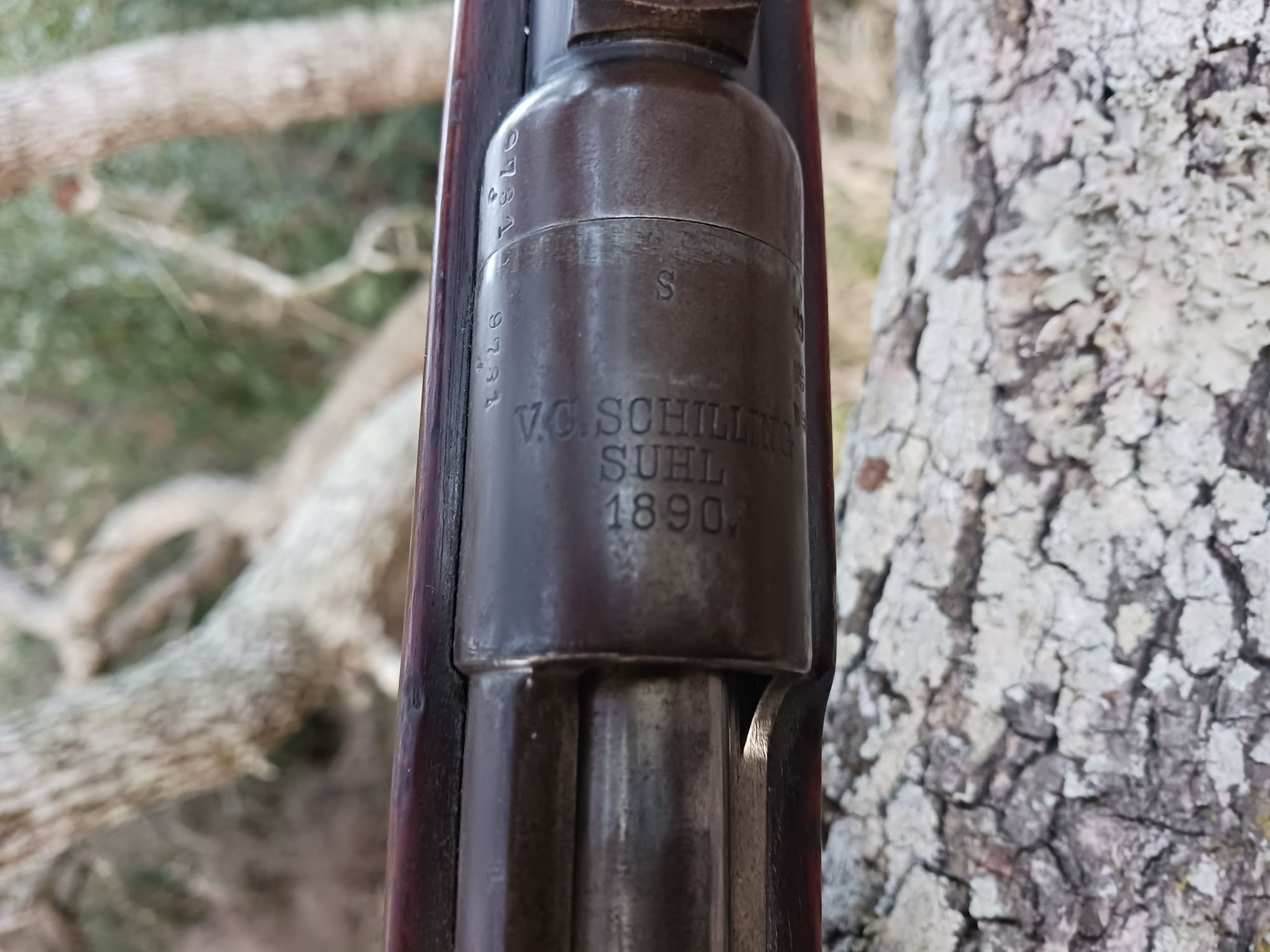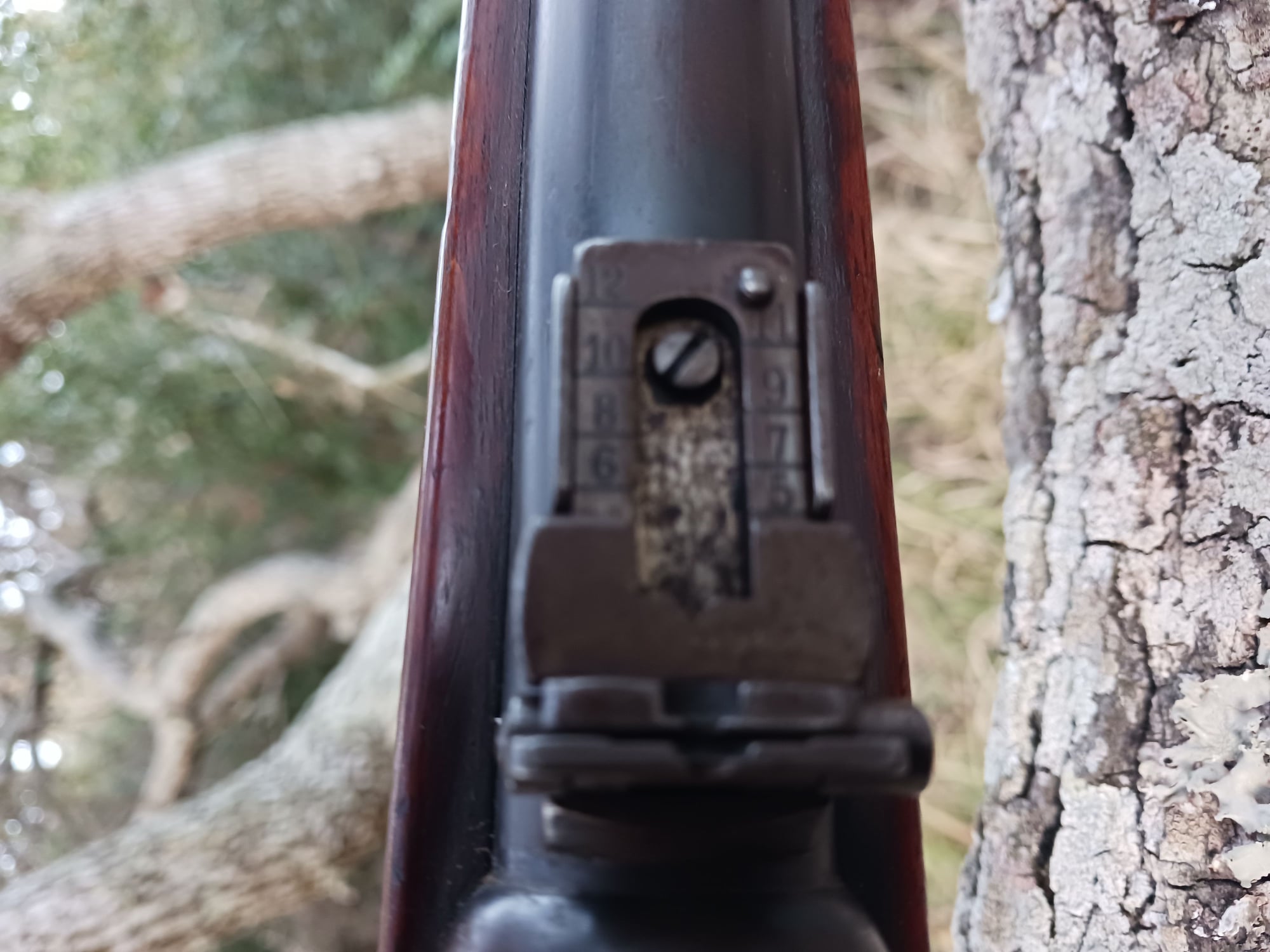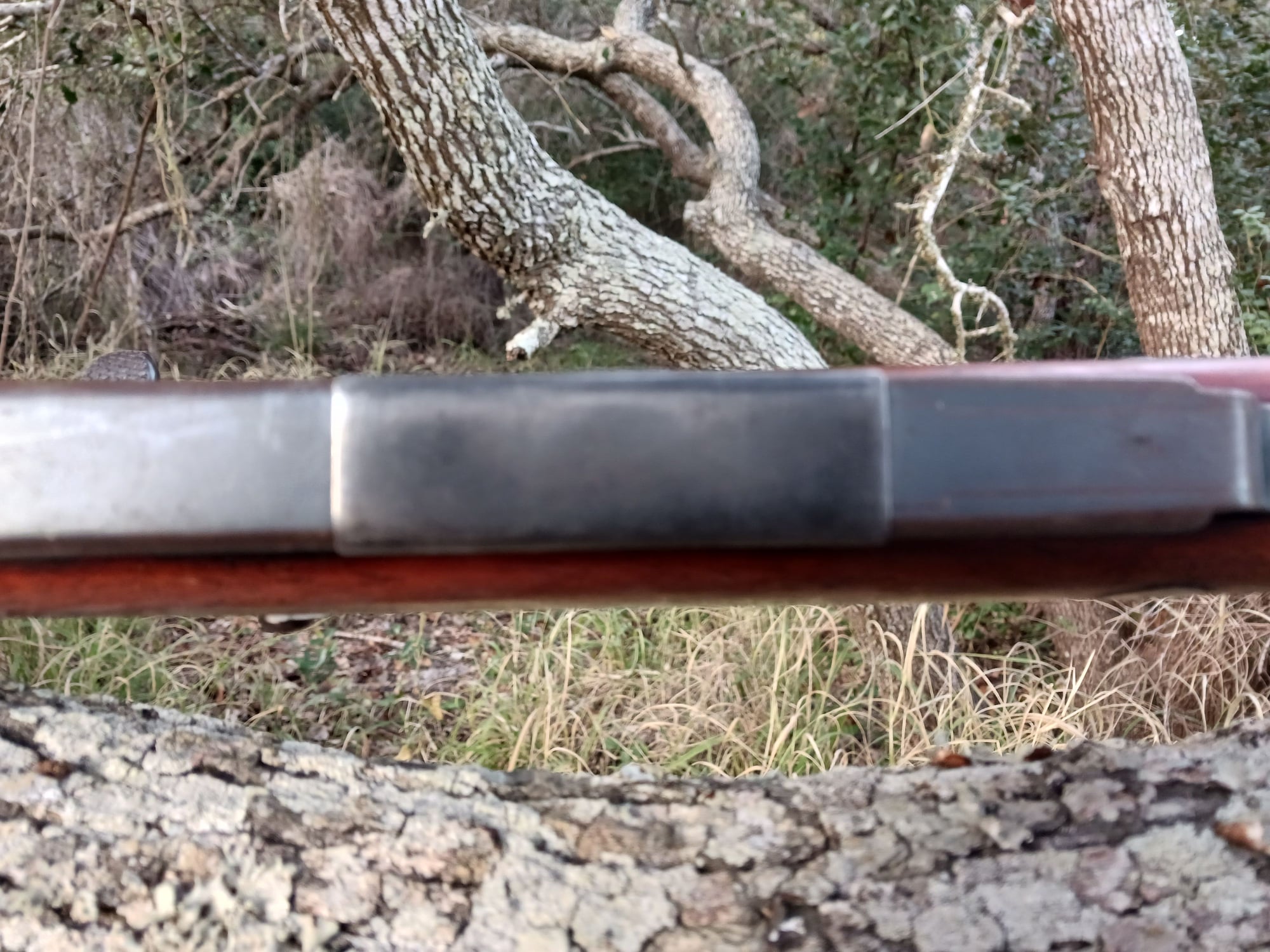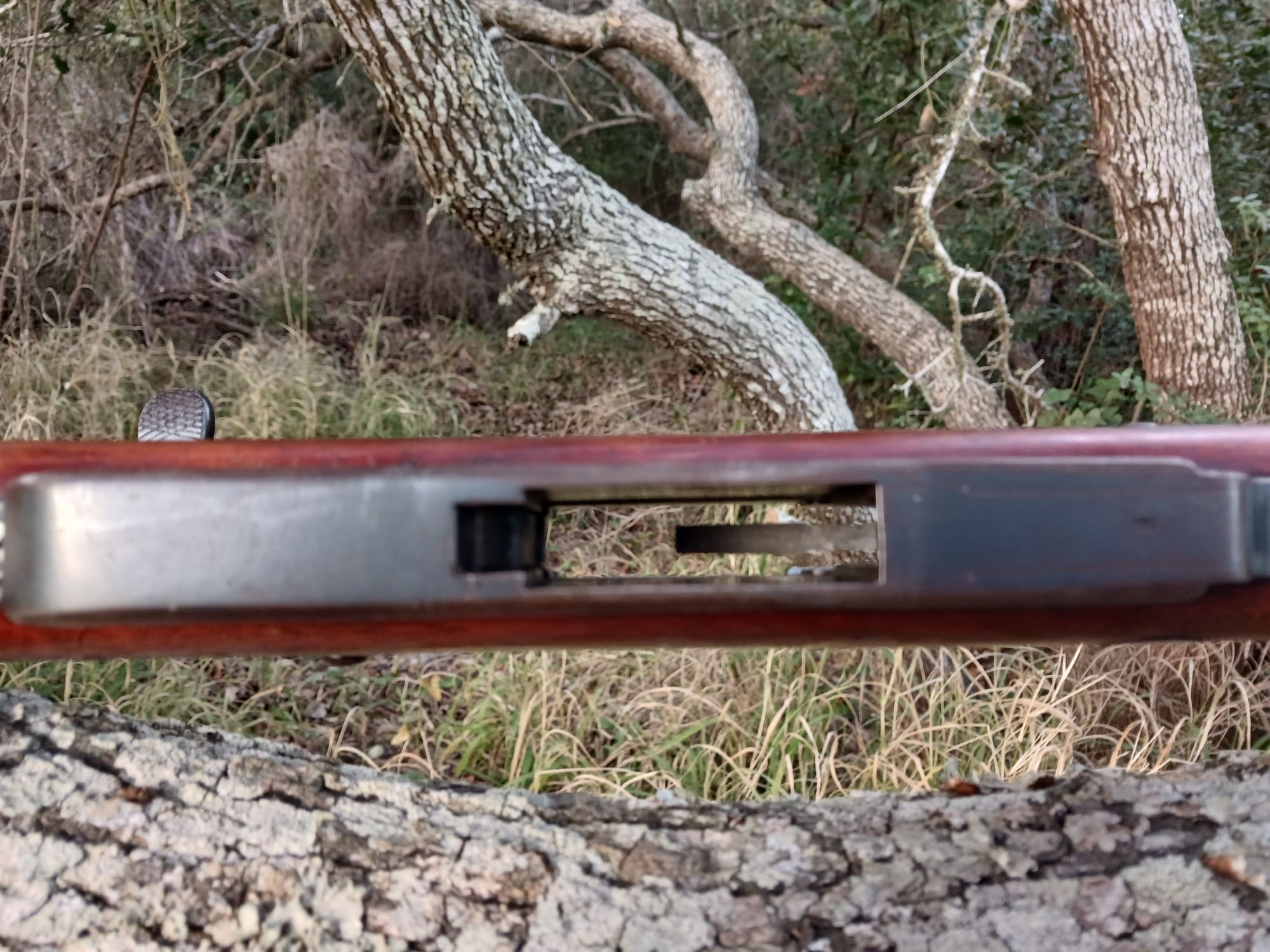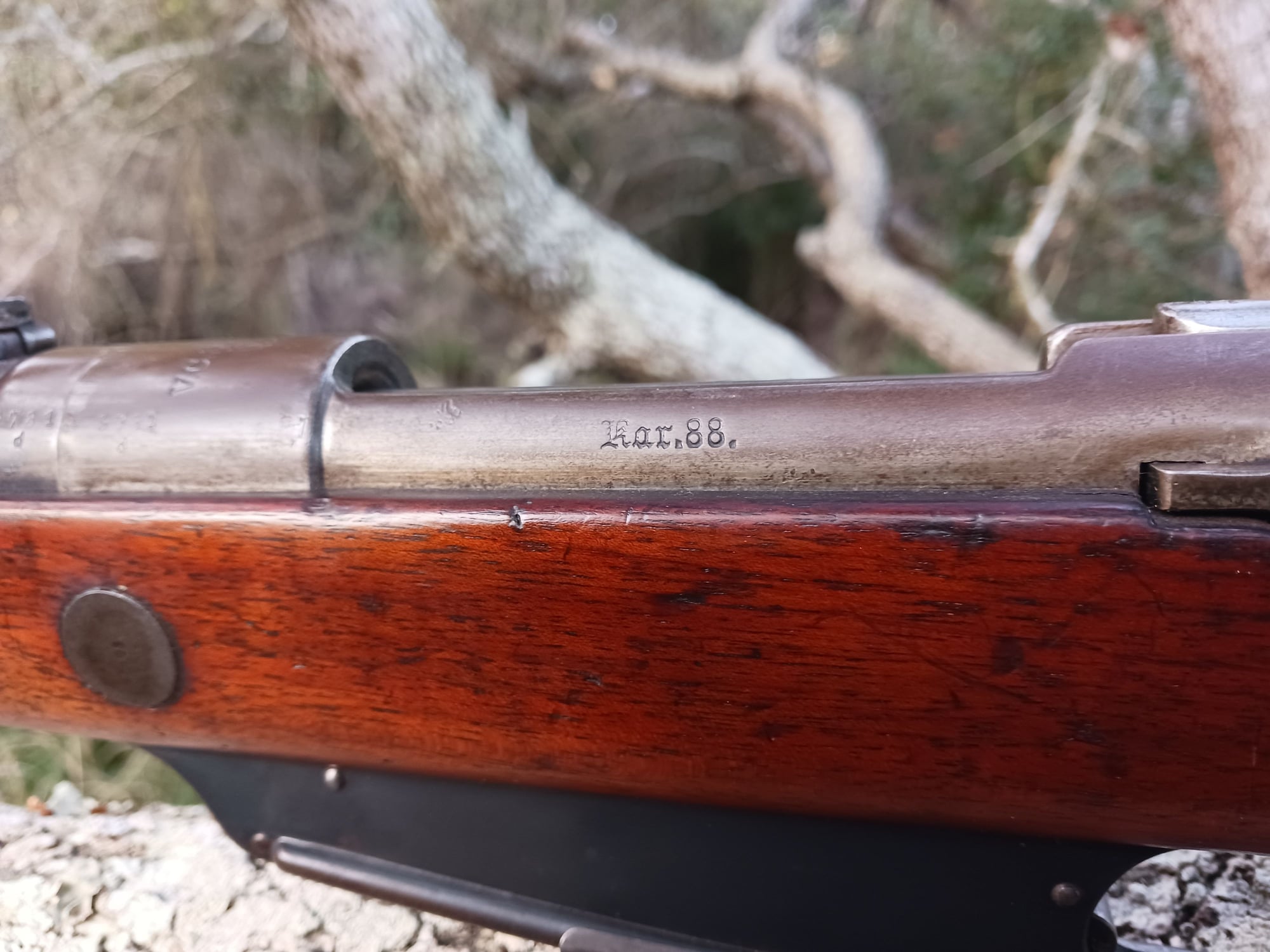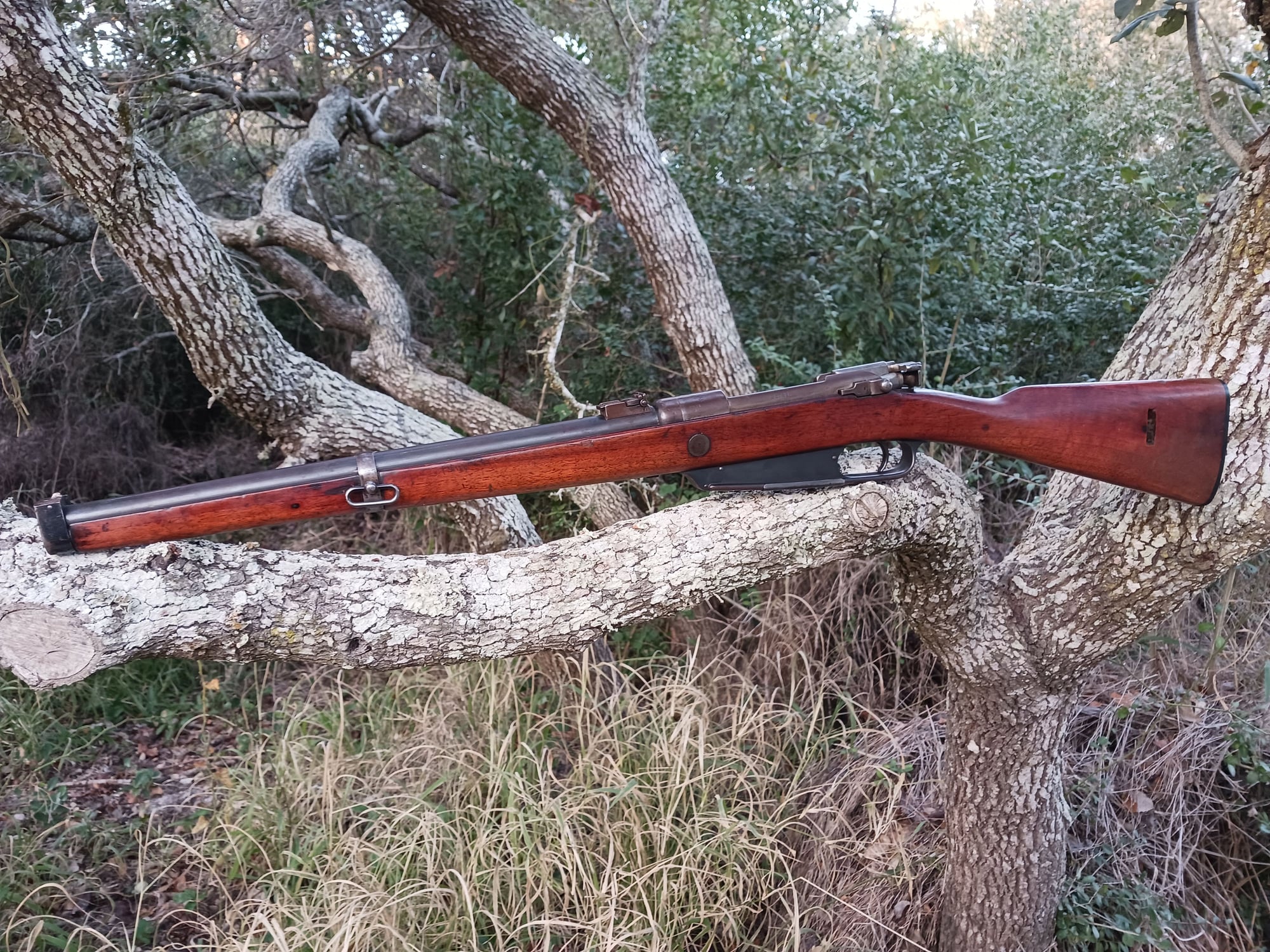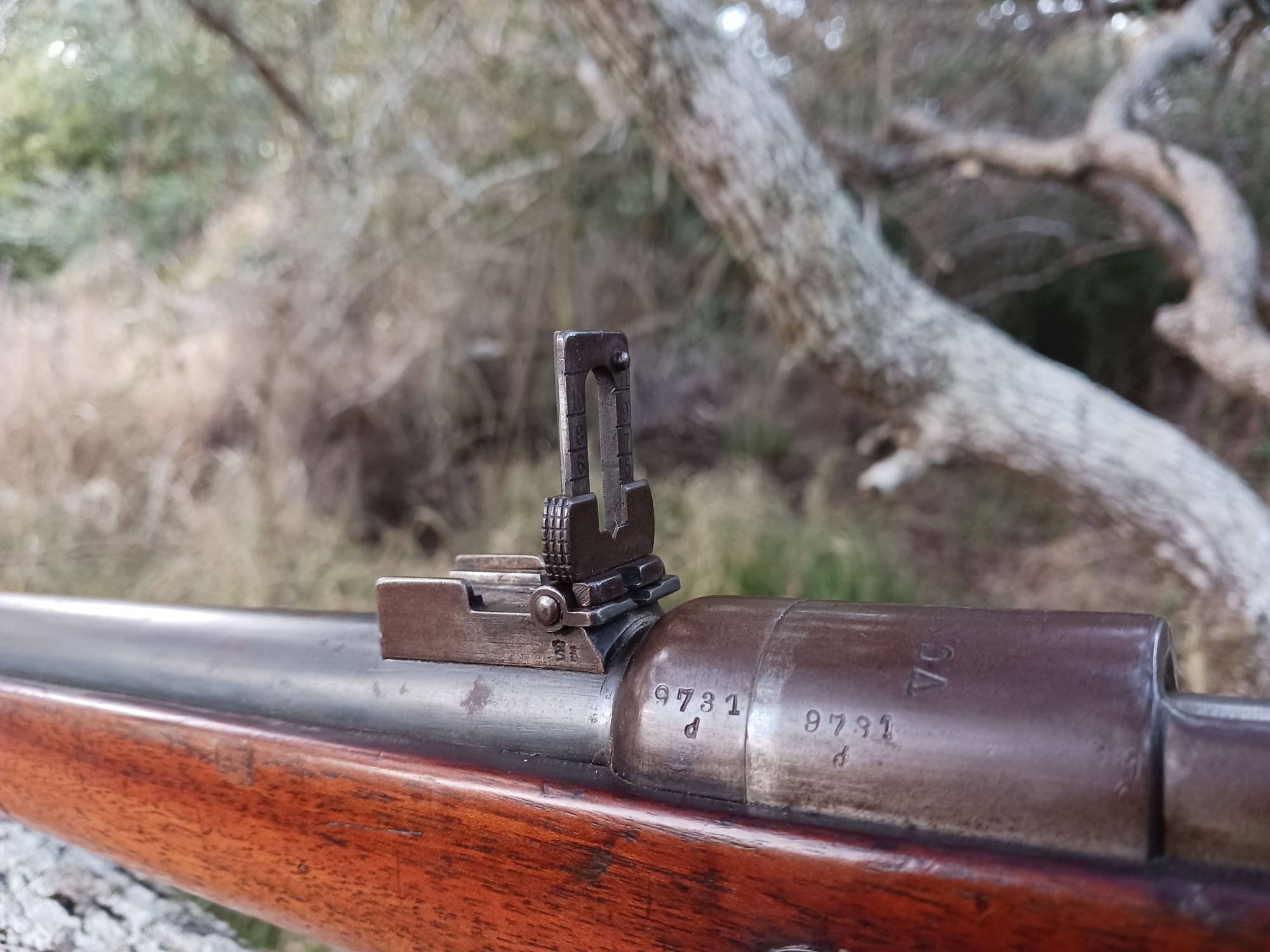A few years ago I started a thread by this name on another Forum (which is now defunct). I think a dedicated Military Rifle thread which also gives some history of the rifle would be interesting and educational. I would ask fellow Members to post their old military rifles and a brief history of it for us all to enjoy. Please, do not post pics of your MSR's...we have a rifle picture thread for those. I am trying to keep rifles in this thread Pre 1960. Comments and additional information on the rifles posted here would be welcomed. Corrections to data presented also would be helpful and expected.
I would ask Members to help keep this thread on topic and respectfully ask that Moderators help in this endeavor.
It can be very time consuming to take/edit pics, research the rifle, type up something in your own words (please don't copy and paste or otherwise plagiarize some else's work) and give the resources of your information. Please be respectful (as we always are here on TGT) .
I would ask Members to help keep this thread on topic and respectfully ask that Moderators help in this endeavor.
It can be very time consuming to take/edit pics, research the rifle, type up something in your own words (please don't copy and paste or otherwise plagiarize some else's work) and give the resources of your information. Please be respectful (as we always are here on TGT) .
Fabrique Nationale Model 1949 FN-49, SAFN, or AFN (select fire version)
FN-49
Development for the FN-49 started in 1939 by Dieudonne Saive FN’s chief firearms designer at the time. Development was quickly impeded by Germany’s invasion of Poland and ultimately stopped in 1940 when Germany invaded Belgium and FN’s factory in Liege came under German occupation. Dieudonne Saive escaped to Portugal and eventually made his way to Great Britain where he remained until Liege was liberated and he returned in 1944. He had continued work on the FN-49 while in Great Britain. (He also designed the FAL) The original caliber he was experimenting with for the rifle was 7.92X57 Mauser The design was finalized in 1947.
One of the features of the rifle was an adjustable gas system (which he later utilized in the FAL). The hand guard had to be removed and a special wrench used to adjust the system which made it somewhat inconvenient to utilize under battle conditions.
While ready for production 1948, the first contract production run for another Country was the Venezuelan Contract in 1949. It consisted of 2000 rifles in 7X57 Mauser. Contracts for other Countries were produced in various calibers. The rifle had a fixed 10 round magazine. A select fire version was produced in limited numbers but maintained the fixed magazine which limited its usefulness..
The second Contract was Egypt. Egypt eventually received 37,602 SAFN 1949 rifles in 8mm Mauser.
The 3rd contract was for the Belgium Government which ultimately received 87, 777 rifles (almost half the total production of FN-49’s) in the caliber 30-06. Belgium troops used the rifle during the Korean War. Its battle worthiness was favorable by the troops. Some claimed it was more accurate and dependable than the M1 Garand
Luxembourg was the 4th contract for the rifles chambered in 30-06. A total of 6,036 rifles were received.
The 5th, 6th and 7th contracts were Indonesia, the Belgian Congo, and Colombia all in caliber 30-06.
The 8th contract run was Argentina for 5,536 SAFN 1949 rifles in caliber 7.65X53 Argentine in 1953. These were later modified with a detachable 20 rd box magazine and rechambered to 7.62X51 NATO. The magazines were proprietary.
Produced by Fabrique Nationale (FN)
In Service from 1949—1988
Number produced 176,000+
Weight 4.31 kg (9 lb 8 oz)
Length 1116 mm (43.54 in)
Barrel length 590 mm (23.23 in)
Calibers: 7X57, 8X57, 30-06, 7.62X51 NATO, 7.65X53 Argentine
Prototypes were also built in 6.5X55 for Sweden, 7.5X54 for France (Syria)
Countries adopting the SAFN-49
Argentina
Belgium
Brazil
Columbia
Republic of the Congo
Egypt
Indonesia
Luxembourg
Venezuela
Wars/Conflicts. Korean War, Congo Crisis, Suez Crisis, Falklands War (Sniper versions in limited use during the Falklands War).
Books







Resources Material taken from: Wikipedia, American Rifleman, Fandom
My Egyptian model bought from a fellow TGT Member



FN-49
Development for the FN-49 started in 1939 by Dieudonne Saive FN’s chief firearms designer at the time. Development was quickly impeded by Germany’s invasion of Poland and ultimately stopped in 1940 when Germany invaded Belgium and FN’s factory in Liege came under German occupation. Dieudonne Saive escaped to Portugal and eventually made his way to Great Britain where he remained until Liege was liberated and he returned in 1944. He had continued work on the FN-49 while in Great Britain. (He also designed the FAL) The original caliber he was experimenting with for the rifle was 7.92X57 Mauser The design was finalized in 1947.
One of the features of the rifle was an adjustable gas system (which he later utilized in the FAL). The hand guard had to be removed and a special wrench used to adjust the system which made it somewhat inconvenient to utilize under battle conditions.
While ready for production 1948, the first contract production run for another Country was the Venezuelan Contract in 1949. It consisted of 2000 rifles in 7X57 Mauser. Contracts for other Countries were produced in various calibers. The rifle had a fixed 10 round magazine. A select fire version was produced in limited numbers but maintained the fixed magazine which limited its usefulness..
The second Contract was Egypt. Egypt eventually received 37,602 SAFN 1949 rifles in 8mm Mauser.
The 3rd contract was for the Belgium Government which ultimately received 87, 777 rifles (almost half the total production of FN-49’s) in the caliber 30-06. Belgium troops used the rifle during the Korean War. Its battle worthiness was favorable by the troops. Some claimed it was more accurate and dependable than the M1 Garand
Luxembourg was the 4th contract for the rifles chambered in 30-06. A total of 6,036 rifles were received.
The 5th, 6th and 7th contracts were Indonesia, the Belgian Congo, and Colombia all in caliber 30-06.
The 8th contract run was Argentina for 5,536 SAFN 1949 rifles in caliber 7.65X53 Argentine in 1953. These were later modified with a detachable 20 rd box magazine and rechambered to 7.62X51 NATO. The magazines were proprietary.
Produced by Fabrique Nationale (FN)
In Service from 1949—1988
Number produced 176,000+
Weight 4.31 kg (9 lb 8 oz)
Length 1116 mm (43.54 in)
Barrel length 590 mm (23.23 in)
Calibers: 7X57, 8X57, 30-06, 7.62X51 NATO, 7.65X53 Argentine
Prototypes were also built in 6.5X55 for Sweden, 7.5X54 for France (Syria)
Countries adopting the SAFN-49
Argentina
Belgium
Brazil
Columbia
Republic of the Congo
Egypt
Indonesia
Luxembourg
Venezuela
Wars/Conflicts. Korean War, Congo Crisis, Suez Crisis, Falklands War (Sniper versions in limited use during the Falklands War).
Books
Resources Material taken from: Wikipedia, American Rifleman, Fandom
My Egyptian model bought from a fellow TGT Member


.png)
